I have too many sunflower photos for one post so I split them up into yesterday's post and this one.

Do you see the flowering sunflowers in the center of the photo? If you count 10 rows to each side you'll see (barely) that every 10th and 11th row there are flowers in bloom. The field was planted with two varieties of sunflowers, a smaller one that bloomed earlier and the larger variety. The following is from Wikipedia:
"Typically, sunflowers tend to be self sterile. But for a sunflower to produce seeds, it needs pollen from a different sunflower. This is also known as cross-breeding, or in this case, cross-pollination. Occasionally, a sunflower can self-pollinate. Self-pollination produces an inbred line which, when bred with a separate inbred line, will result in a hybrid flower."

This is two of the shorter rows in full bloom. The taller sunflowers are also blooming. I assume that these are two varieties that (with probably a male-sterile flower on the larger plants) produce a hybrid seed. At harvest time I talked to a representative of the buyer who was out in the field and she said that this was a seed crop that was going to Europe to be planted for oil production.
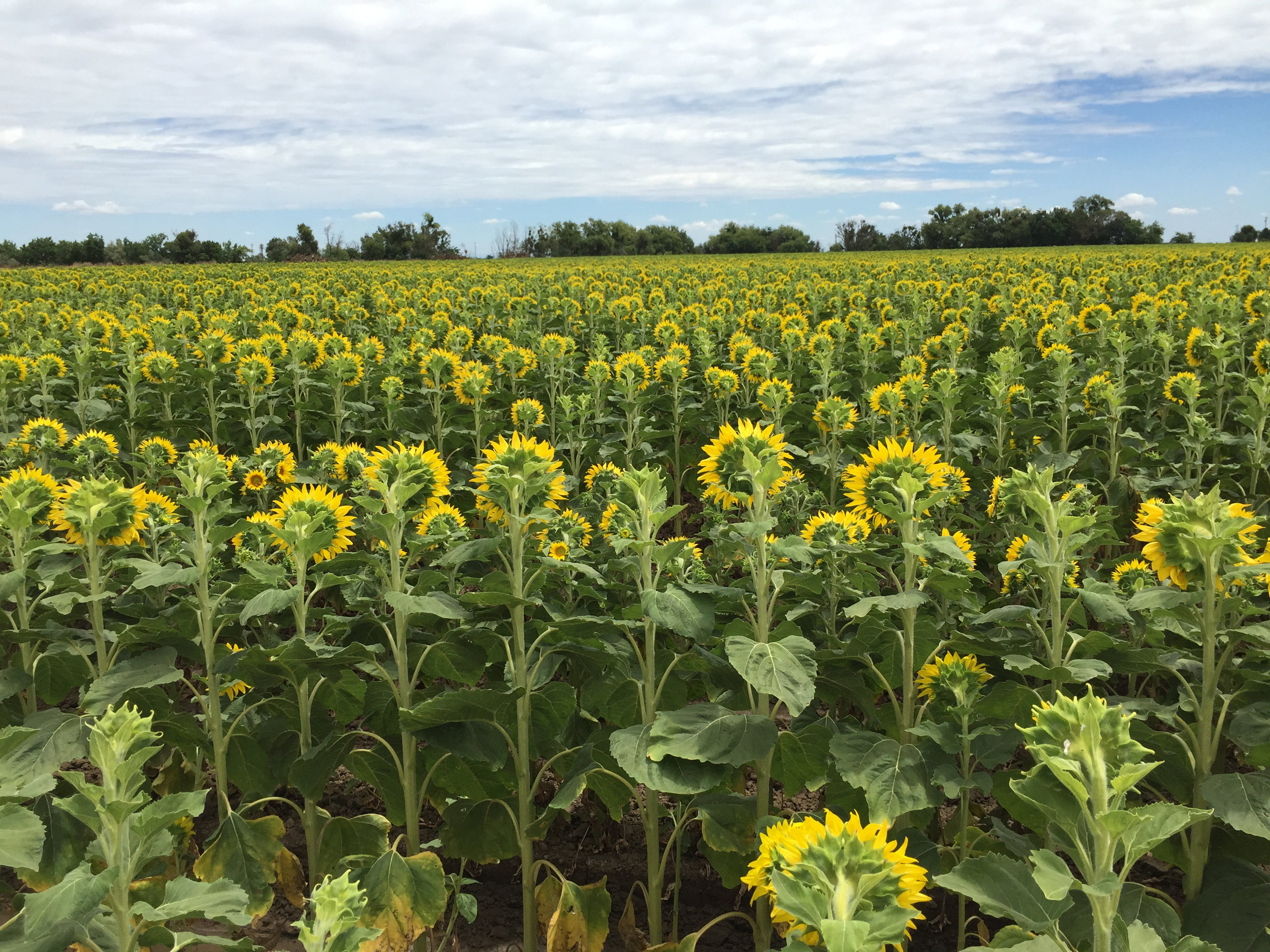
Sunflowers typically follow the sun, but when they get large the heads don't move anymore. This was the view from my house --all the flowers facing east. If I wanted to see the pretty faces I had to walk around the field. Do you want to know more about this? Here is an article from the New York Times that explains why and how the sunflowers move to face the sun. This is an excerpt from it:
"The answer was in their stems. Like those of other plants, the stems of young sunflowers grow more at night — but only on their west side, which is what allows their heads to bend eastward. During the day, the stems’ east side grows, and they bend west with the sun. Dr. Atamian collected samples of the opposite sides of stems from sunflowers periodically, and found that different genes, related to light detection and growth, appeared active on opposite sides of the stems."
Isn't that amazing? And isn't it cool that there is so much to be learned about the seemingly most mundane things in our world? I'm all for promoting science to explore ideas and not just to solve a problem. But I digress...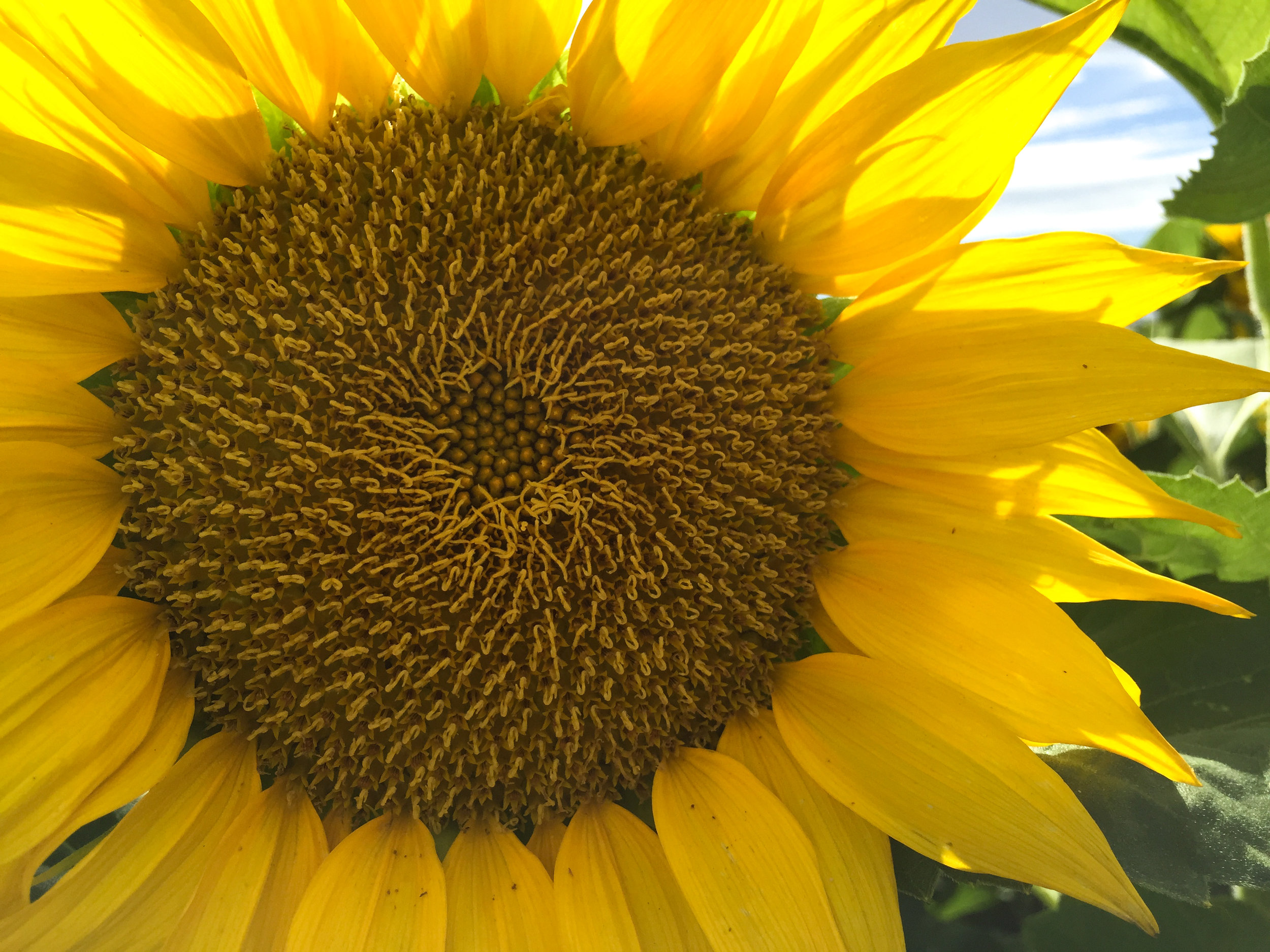
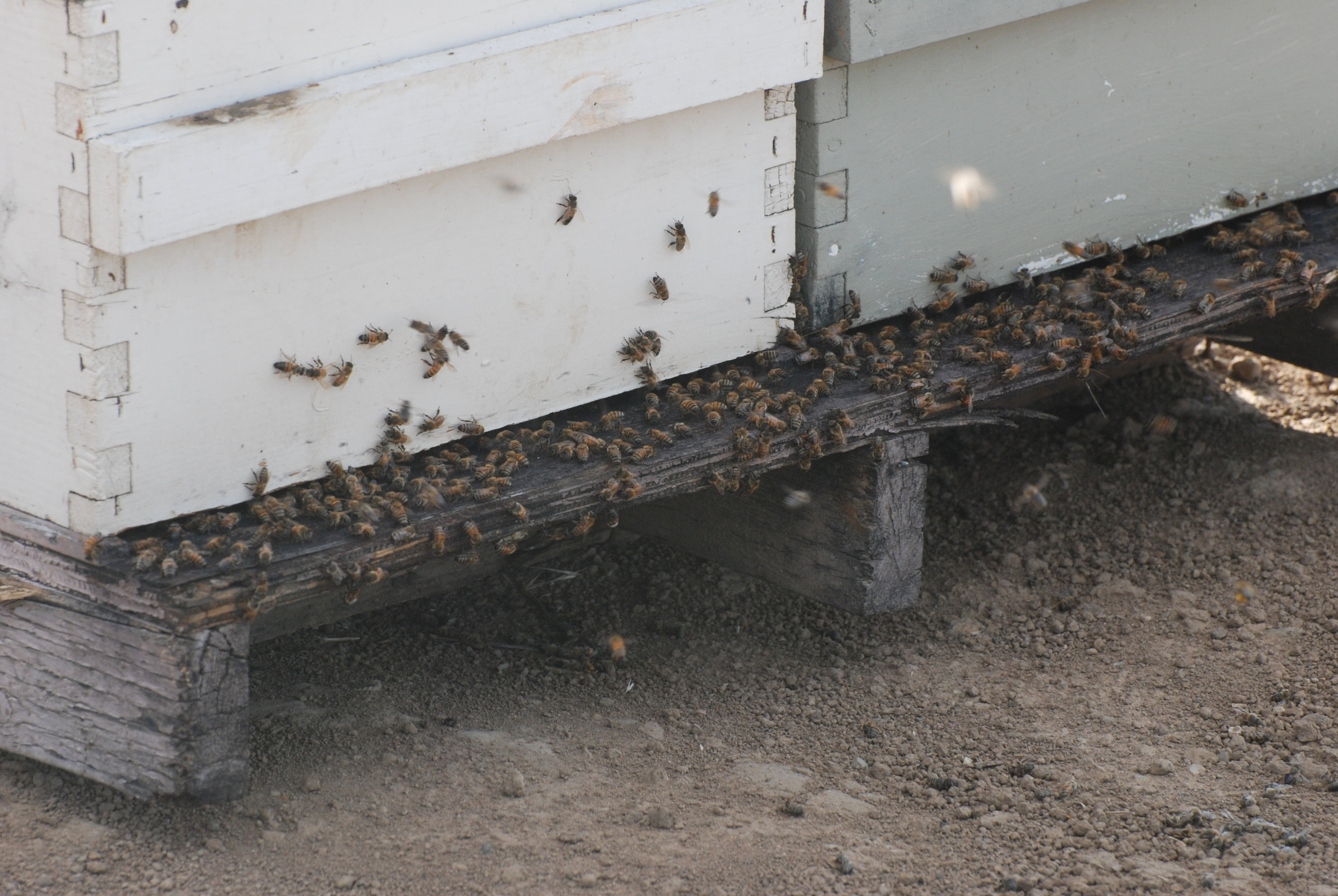
You saw bees on the sunflowers in the previous post.
Here they are at their hives. Hives were placed all around the field.
Here is another interesting article--this one about the bees that pollinate sunflowers. "In sunflower hybrid seed production, pollen from a male row of sunflowers must be moved by bees to a female (male-sterile) row. Growers typically use honey bees to accomplish this task. However, most honey bee workers specialize as either nectar or pollen foragers. Nectar foragers tend primarily to visit female rows, while pollen foragers visit male rows. If few bees cross between rows, growers can experience poor seed-set." The article goes on to say that native bees collect both pollen and nectar and by chasing the honeybees from row to row they make the whole process more efficient in terms of getting the 100% pollination. Therefore growers should encourage native bee populations.

The photos above were all taken in June.

By mid-July the heads were drooping and the two rows of smaller plants were cut. The sole purpose of those sunflowers was to provide half of the genetics of the hybrid seed to be harvested from the larger plants.


The seed was ready to harvest in mid-August.

The harvester drove through the field, cutting the plants,...
...sorting out the waste,...
...and periodically dumping the seed into a waiting truck.



But the job isn't over. While plants were being harvested in one part of the field the other part was being disked.


A month later the field is still being prepped to get ready for next year's crop--tomatoes.
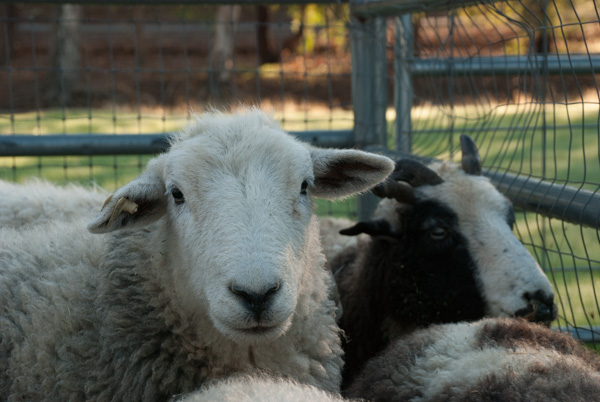
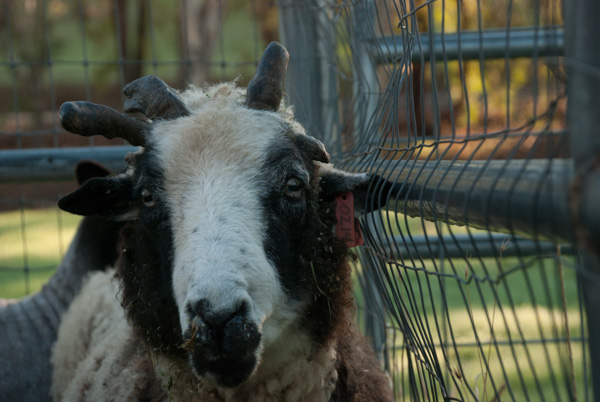

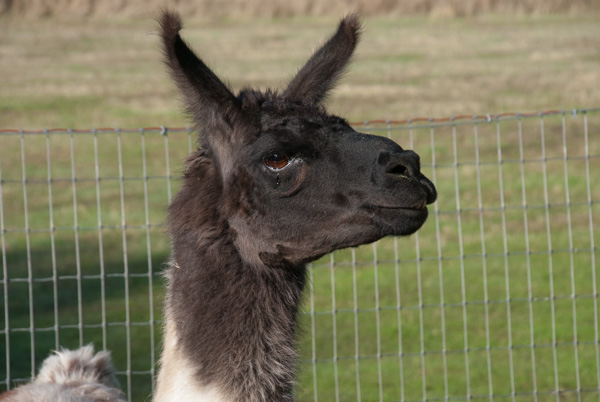
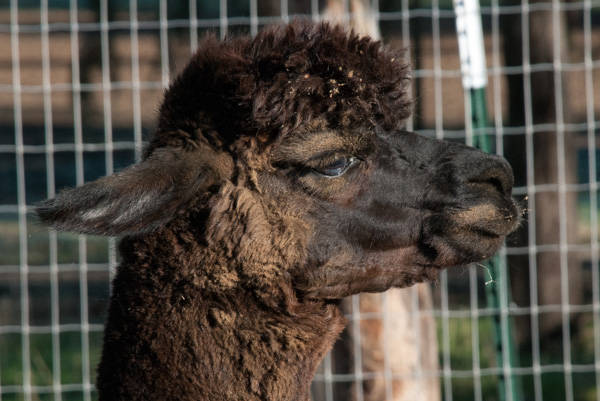
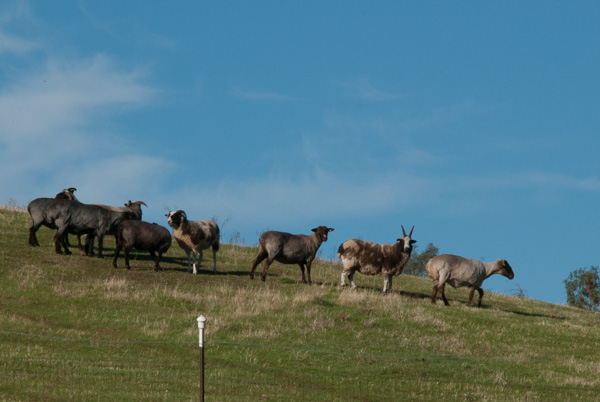
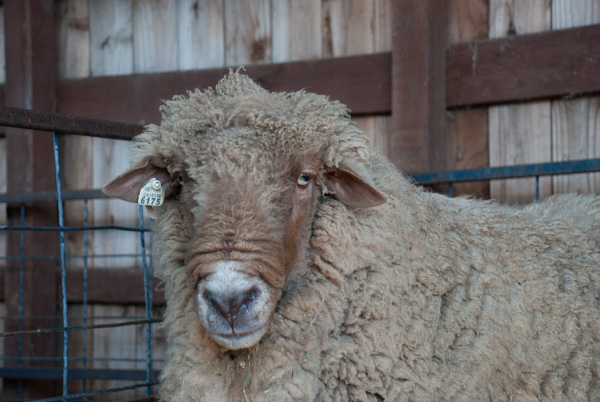
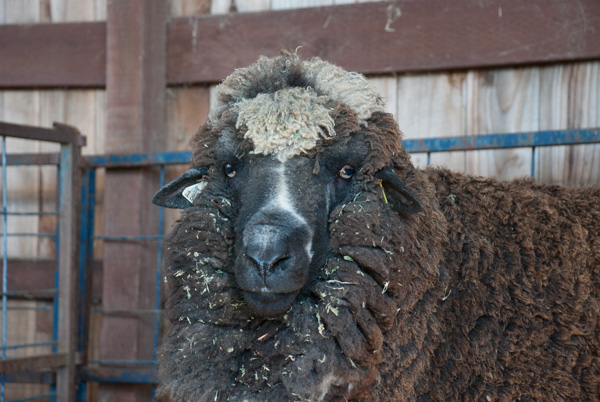
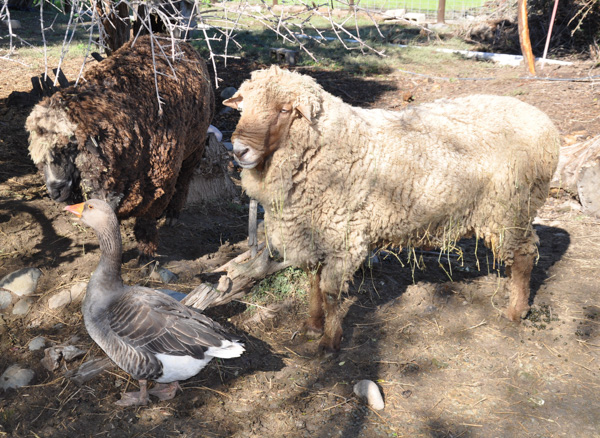
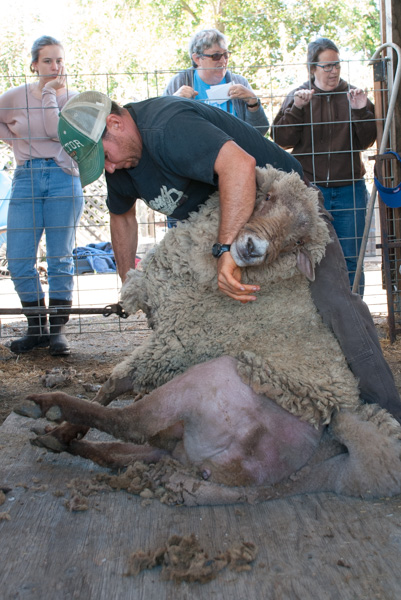
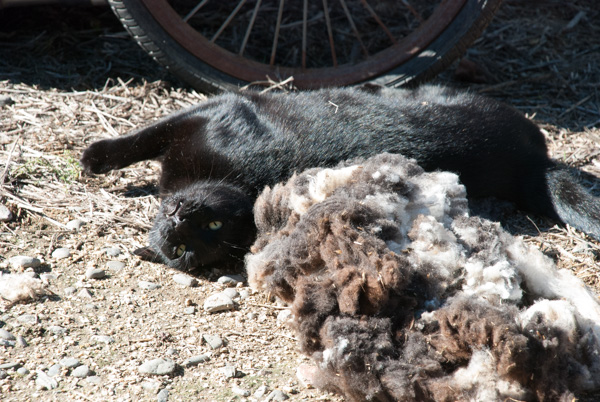
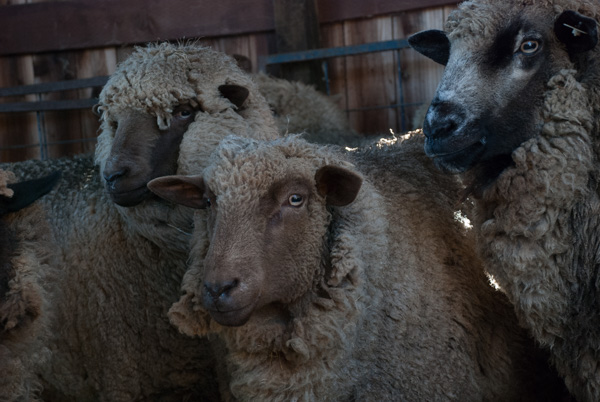
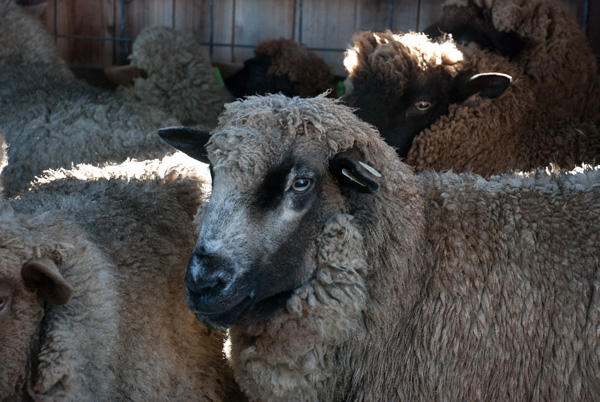
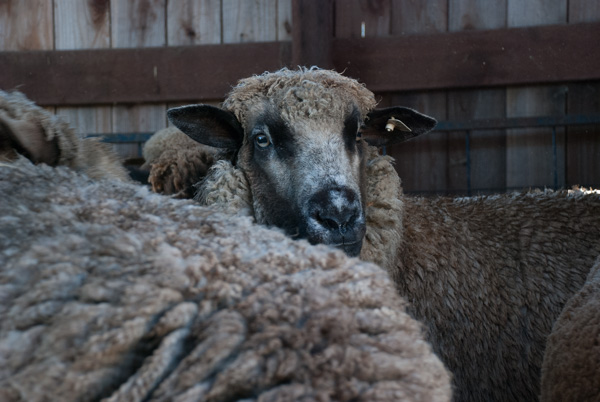
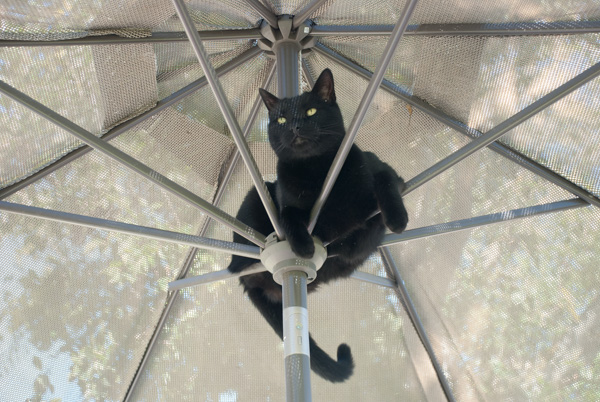

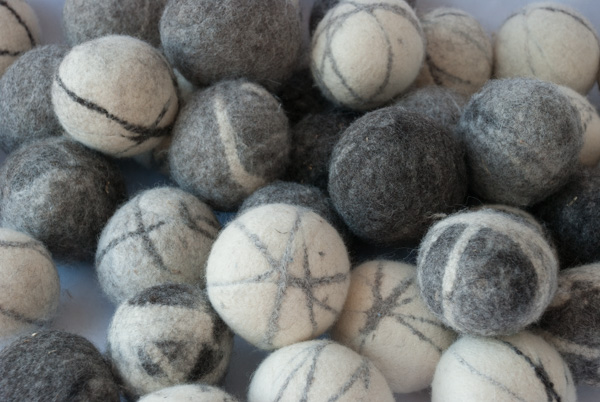
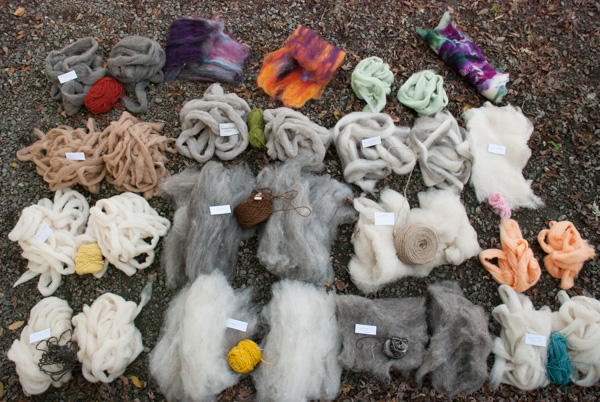
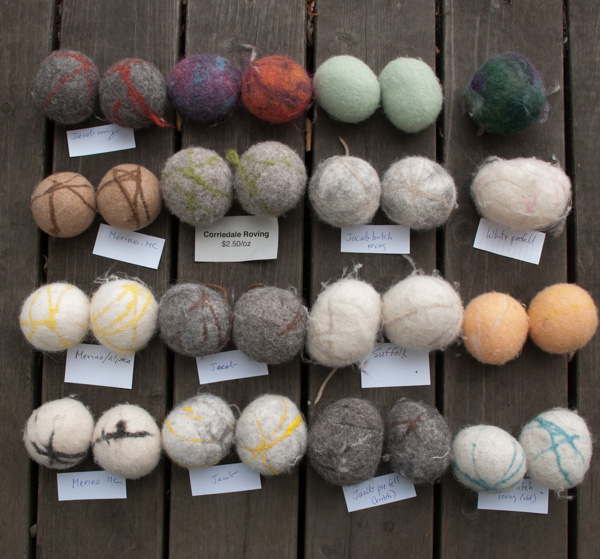
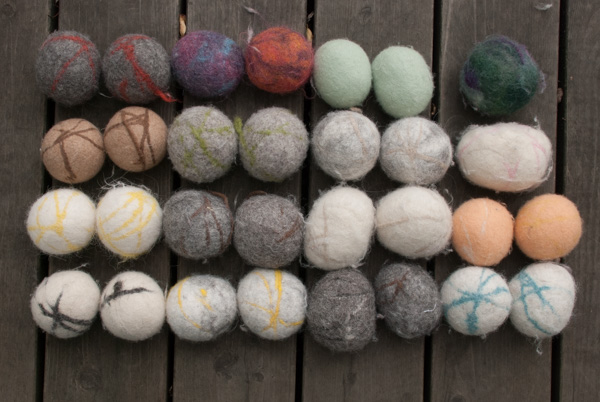
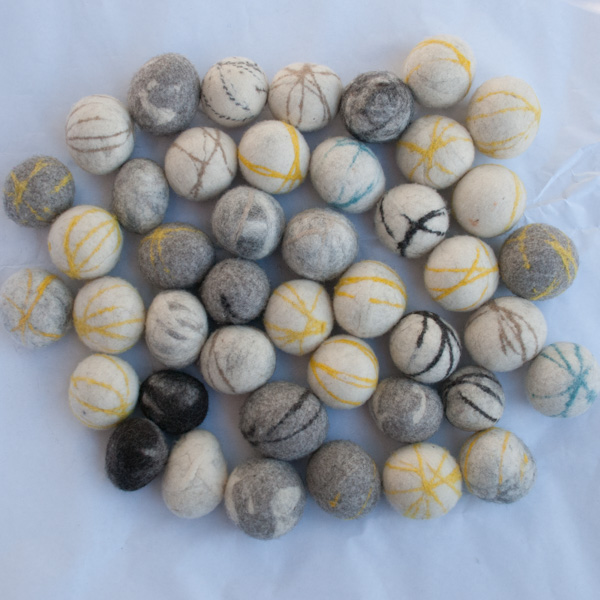
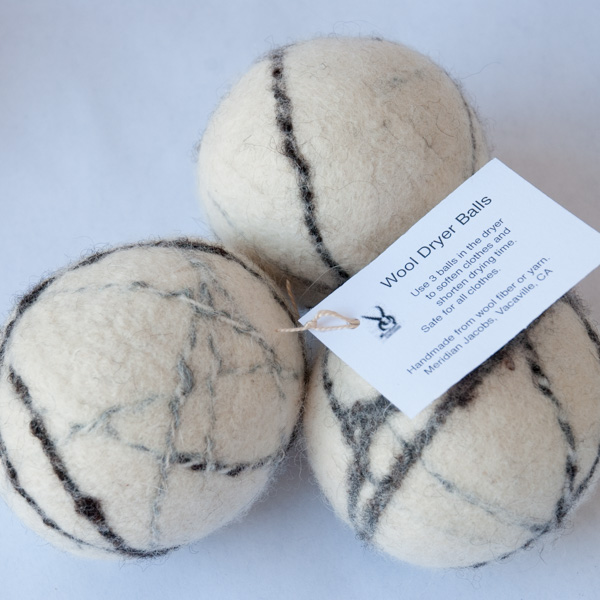






























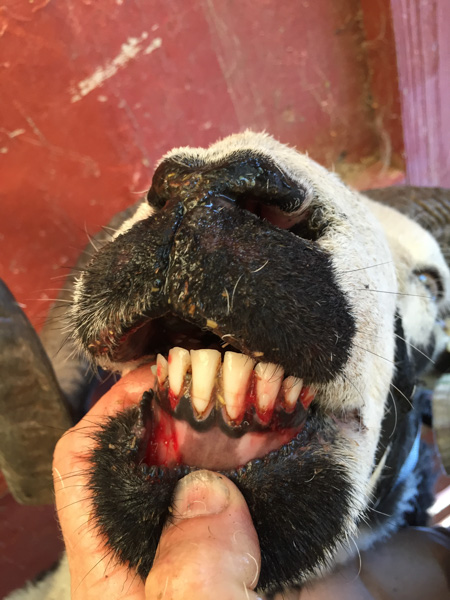
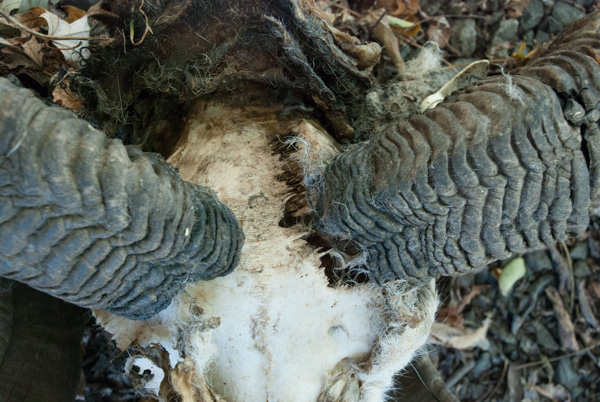

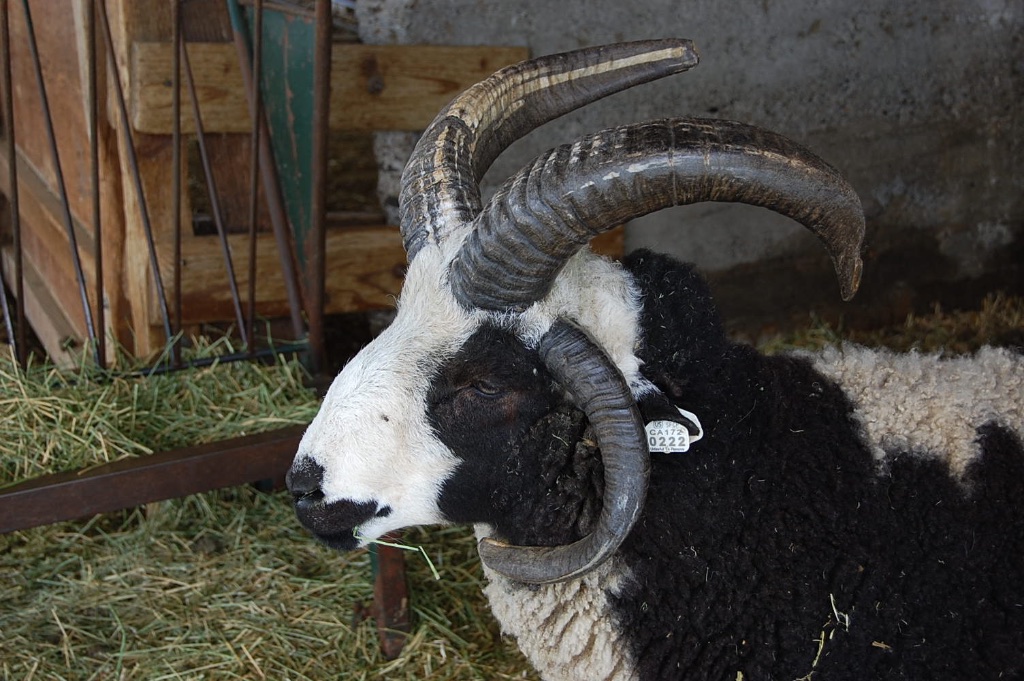
 Friday morning.
Friday morning.




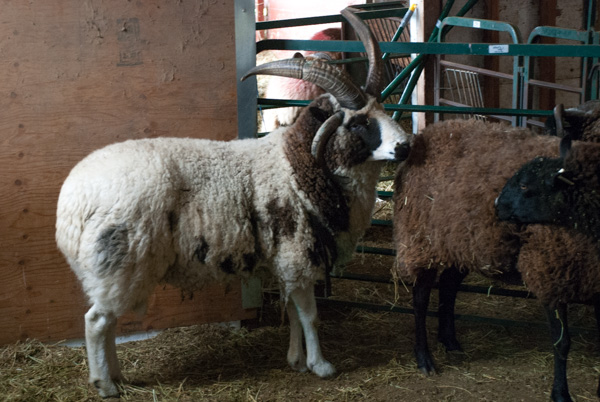
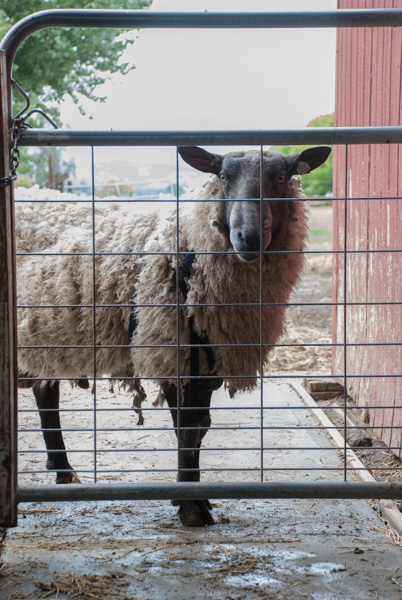
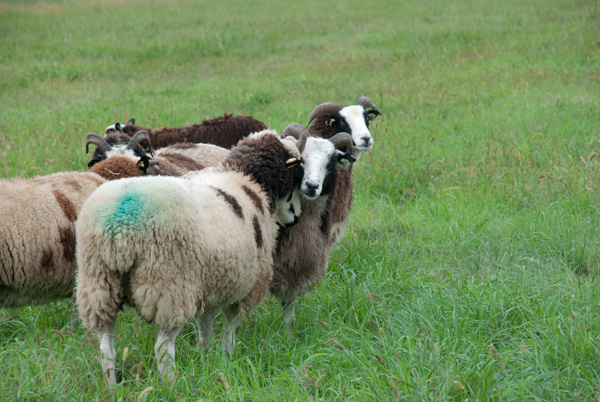
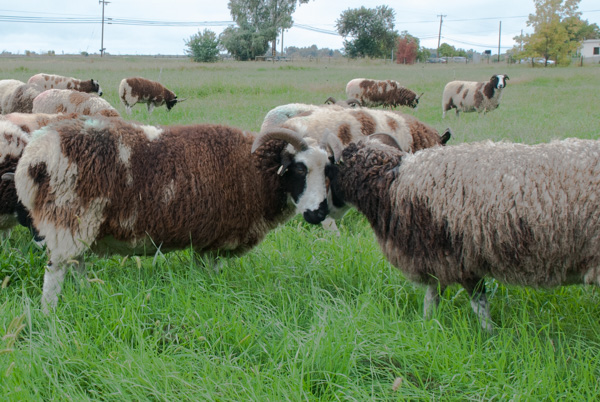
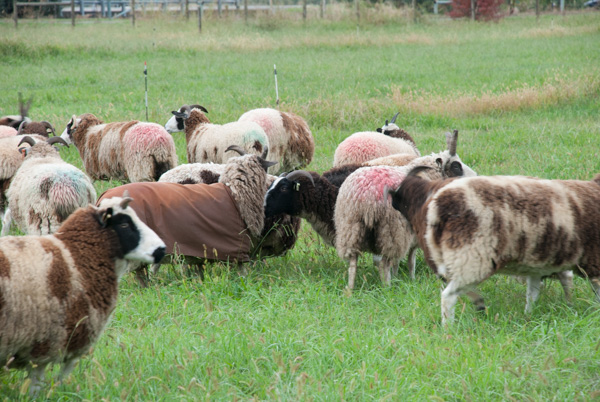

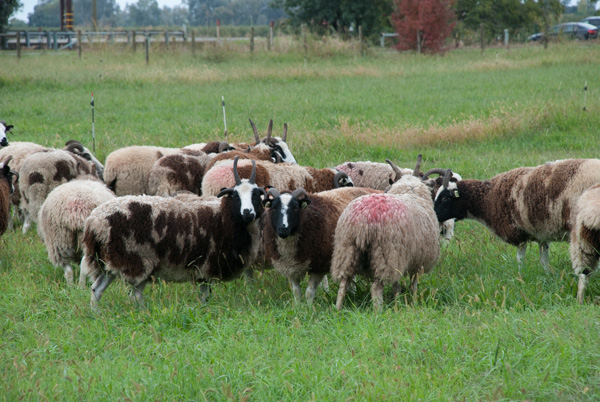
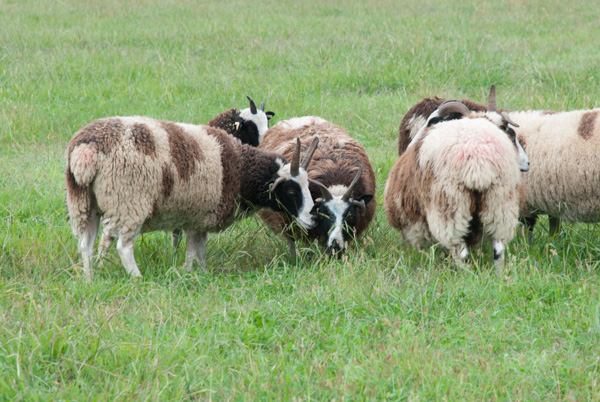
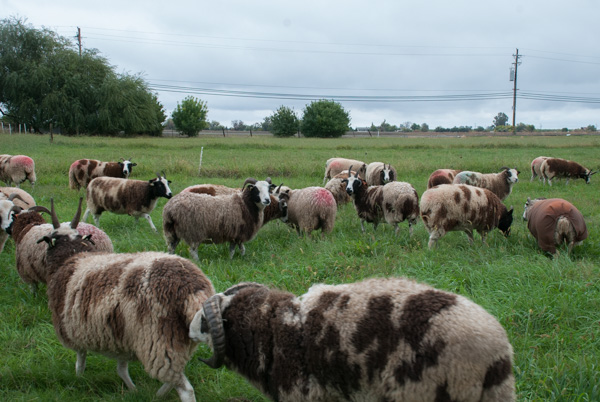
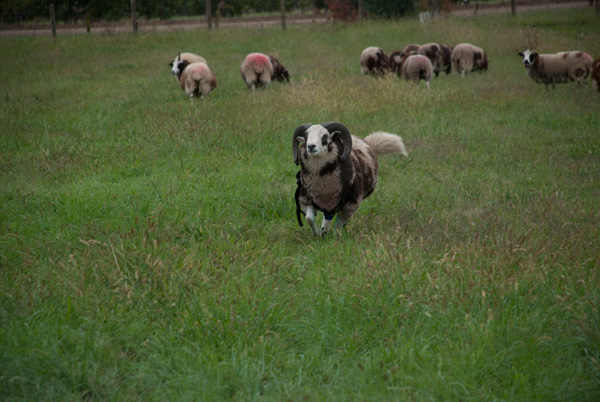
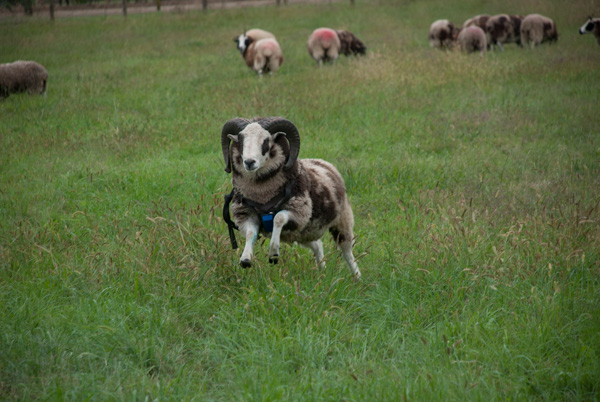
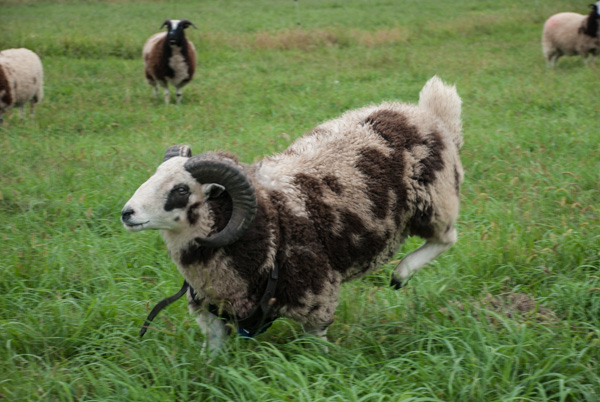





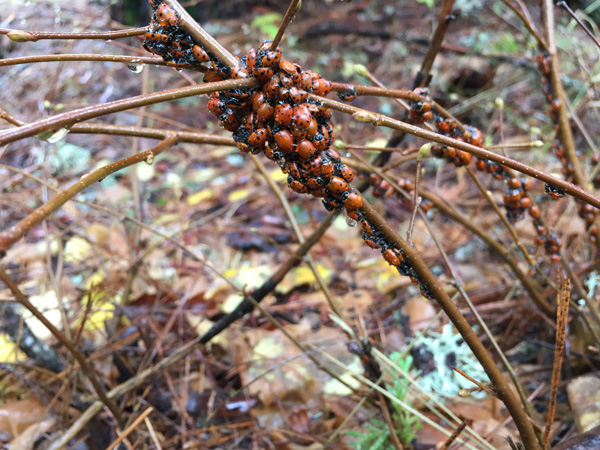
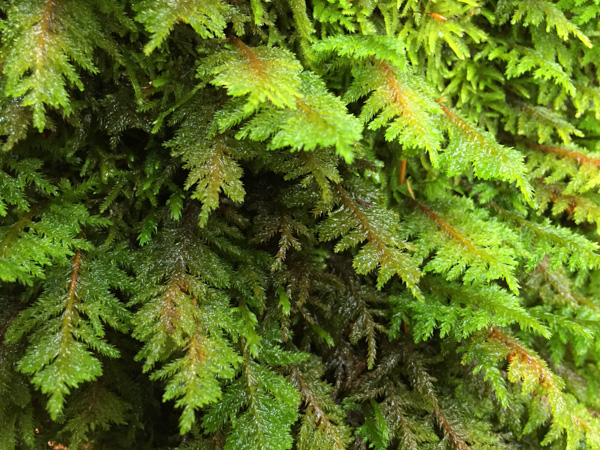

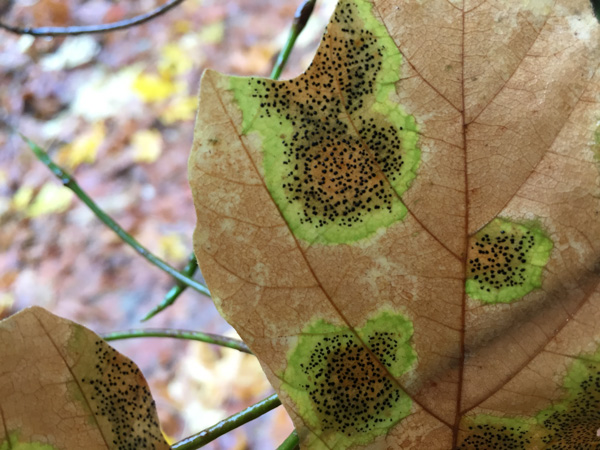

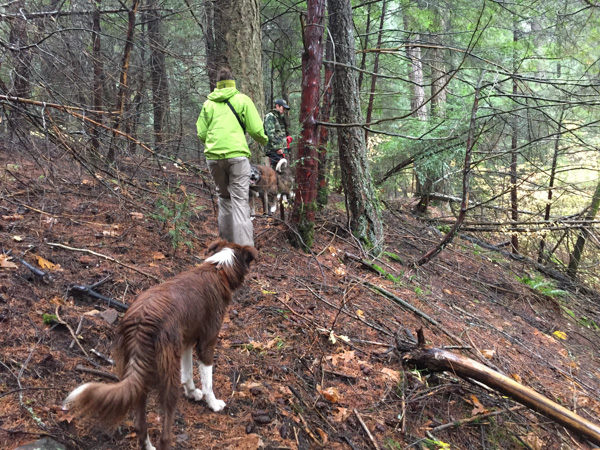













 Pomegranate rinds.
Pomegranate rinds.






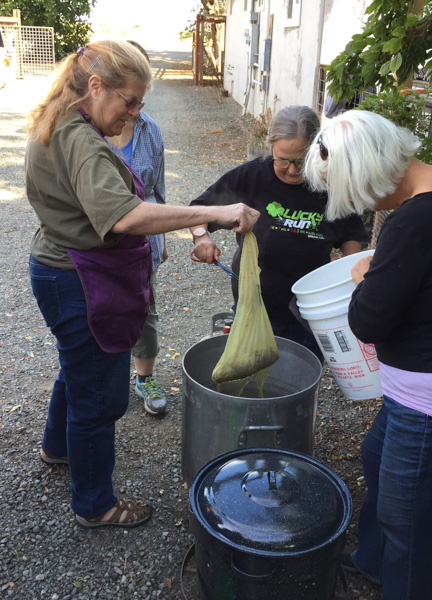






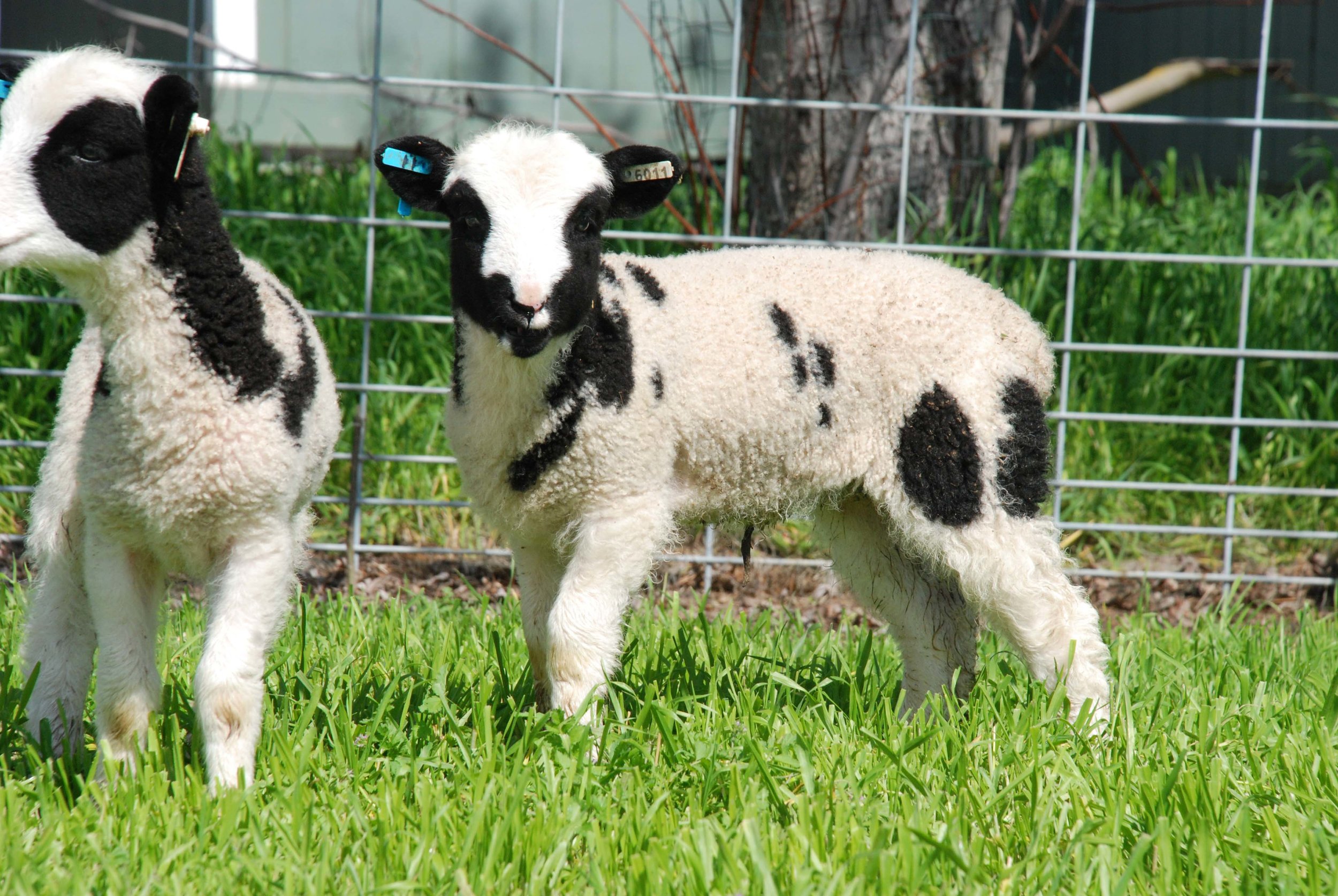 This one is Sylvia and the photo below was taken last week. (Rotor x Sonata)
This one is Sylvia and the photo below was taken last week. (Rotor x Sonata)
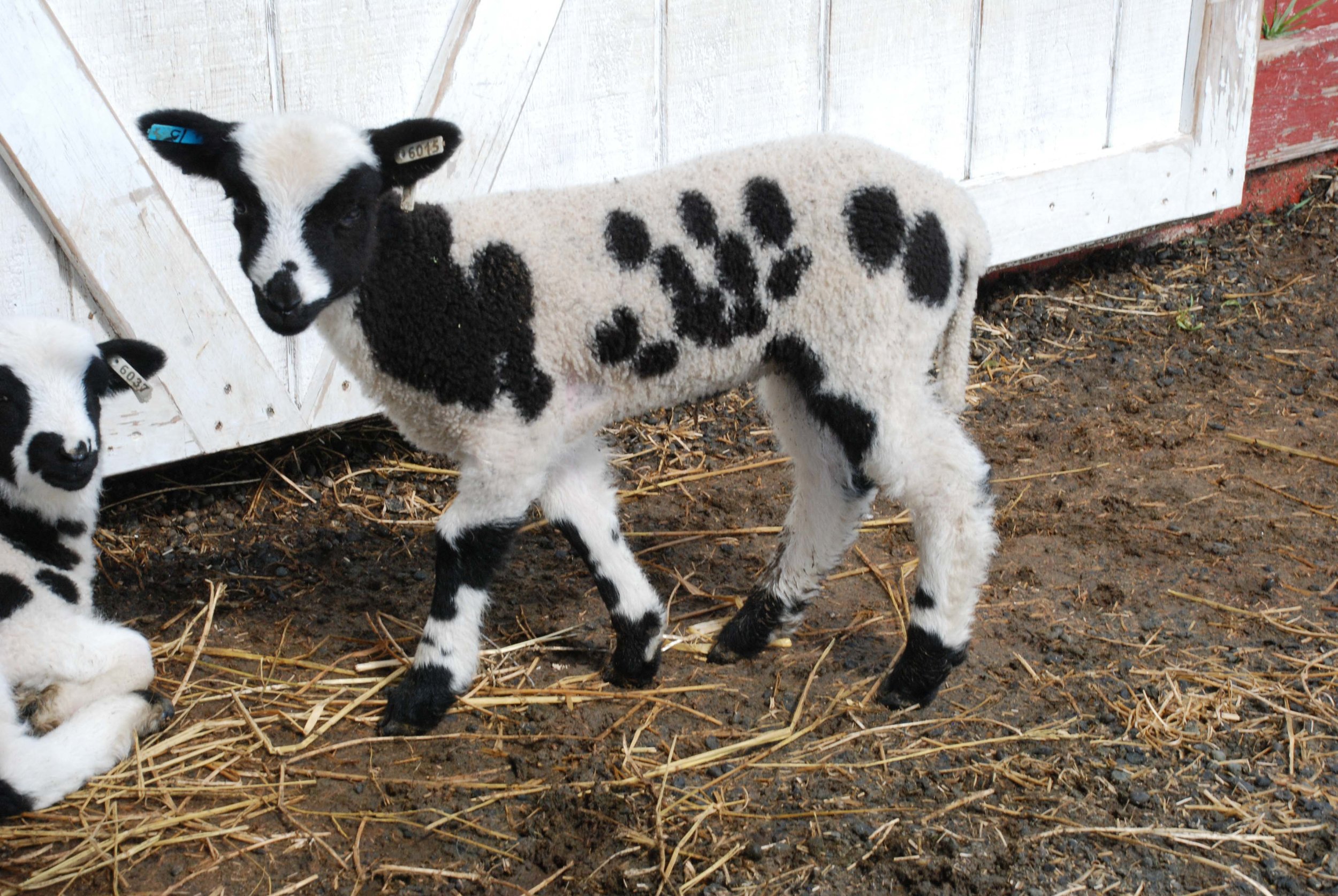 Here is Marilla (named in a contest for her mother, Marilyn, and because she was our Spinzilla ravatar) in March and below in September. This is a good pair of photos that show that even when a sheep is black and white, the wool may look brown due to sun bleaching. The markings on the face and legs will indicate the true color, at least in Jacob sheep.
Here is Marilla (named in a contest for her mother, Marilyn, and because she was our Spinzilla ravatar) in March and below in September. This is a good pair of photos that show that even when a sheep is black and white, the wool may look brown due to sun bleaching. The markings on the face and legs will indicate the true color, at least in Jacob sheep.
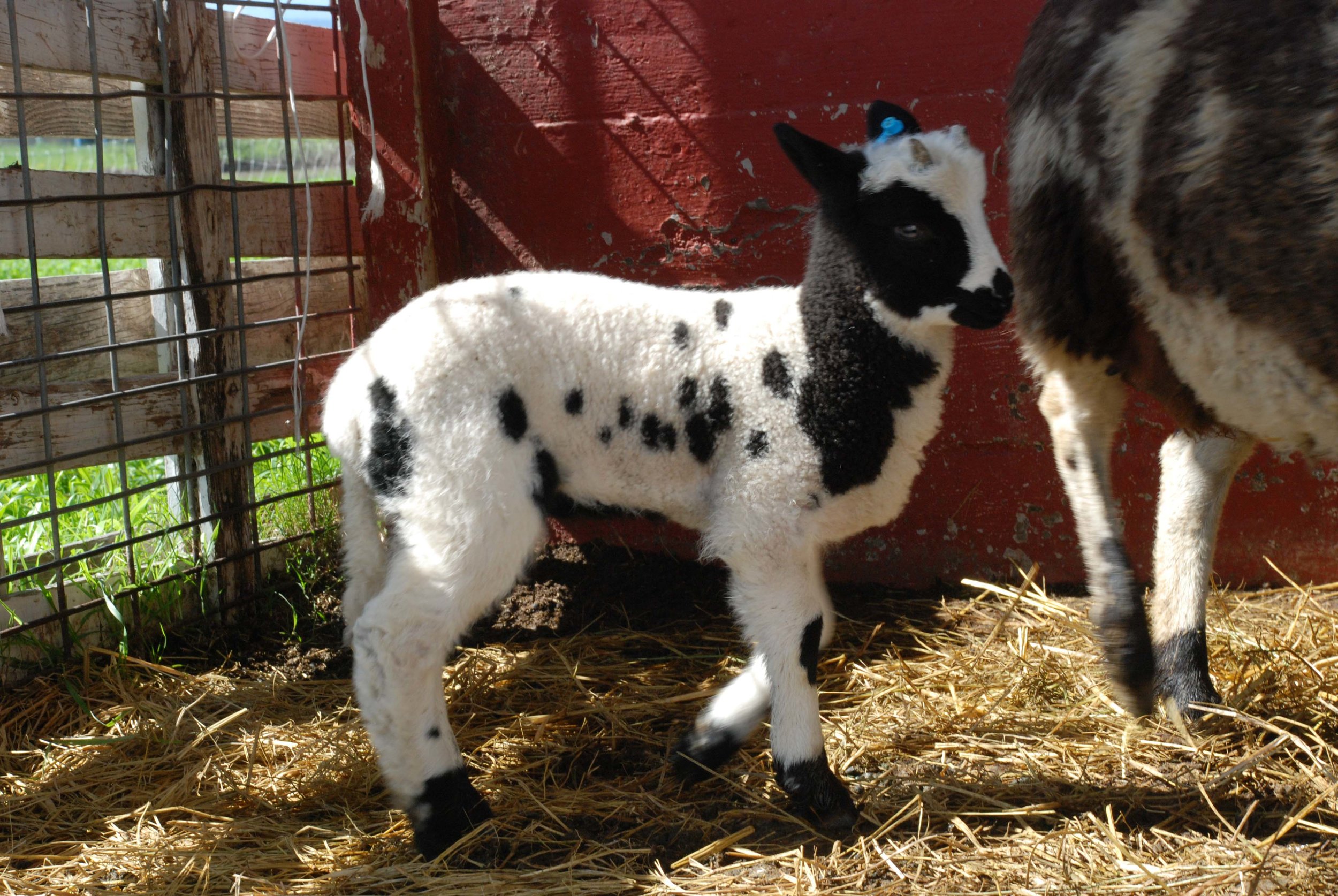 This is Marilla's brother, Marv. He is one of only two ram lambs that I kept this year. He was champion Jacob ram at Black Sheep Gathering and his dad, Rotor, was
This is Marilla's brother, Marv. He is one of only two ram lambs that I kept this year. He was champion Jacob ram at Black Sheep Gathering and his dad, Rotor, was 
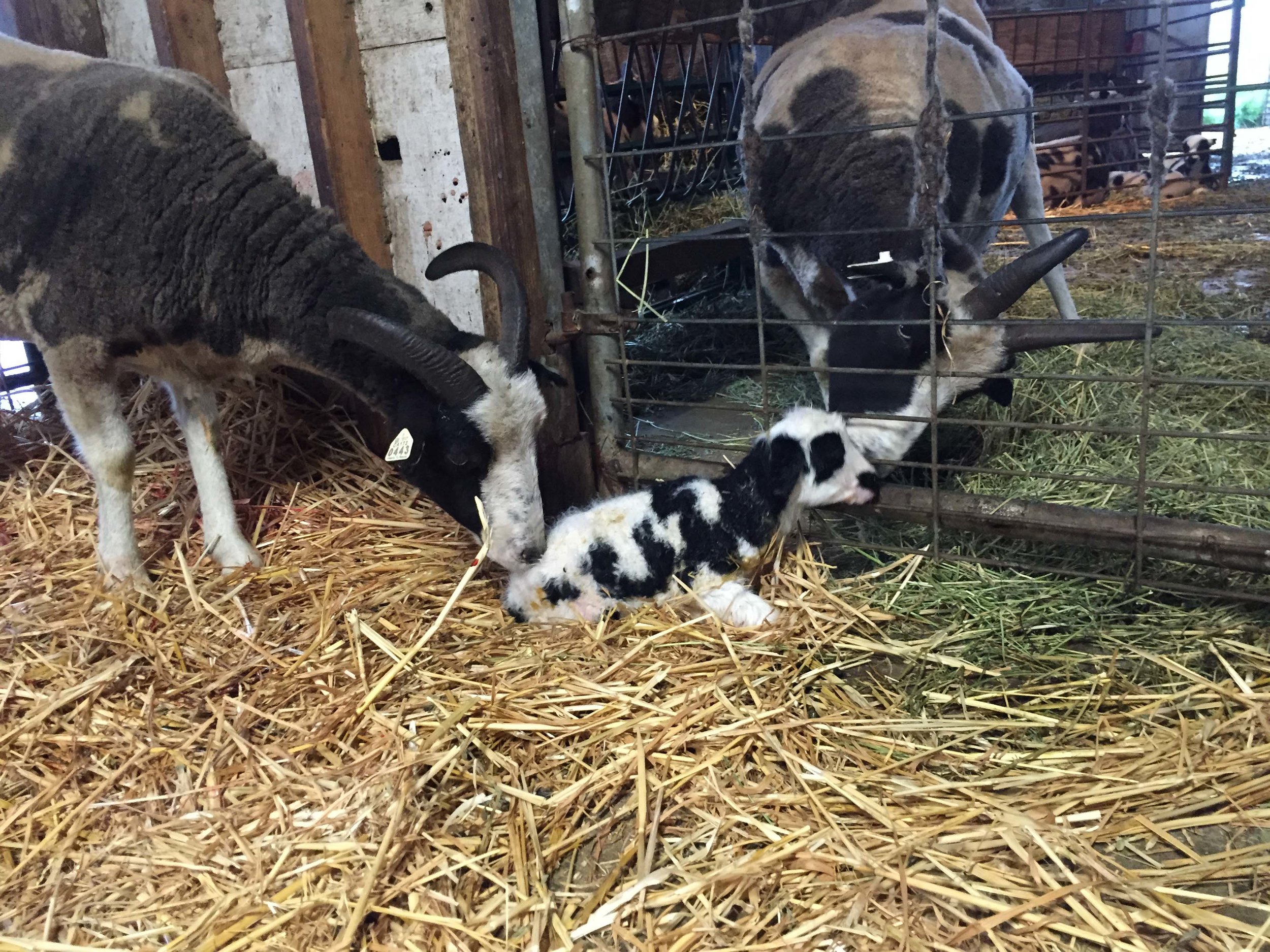 This is Stacy as a newborn lamb and below at 7 months. (Crosby x Estelle)
This is Stacy as a newborn lamb and below at 7 months. (Crosby x Estelle)
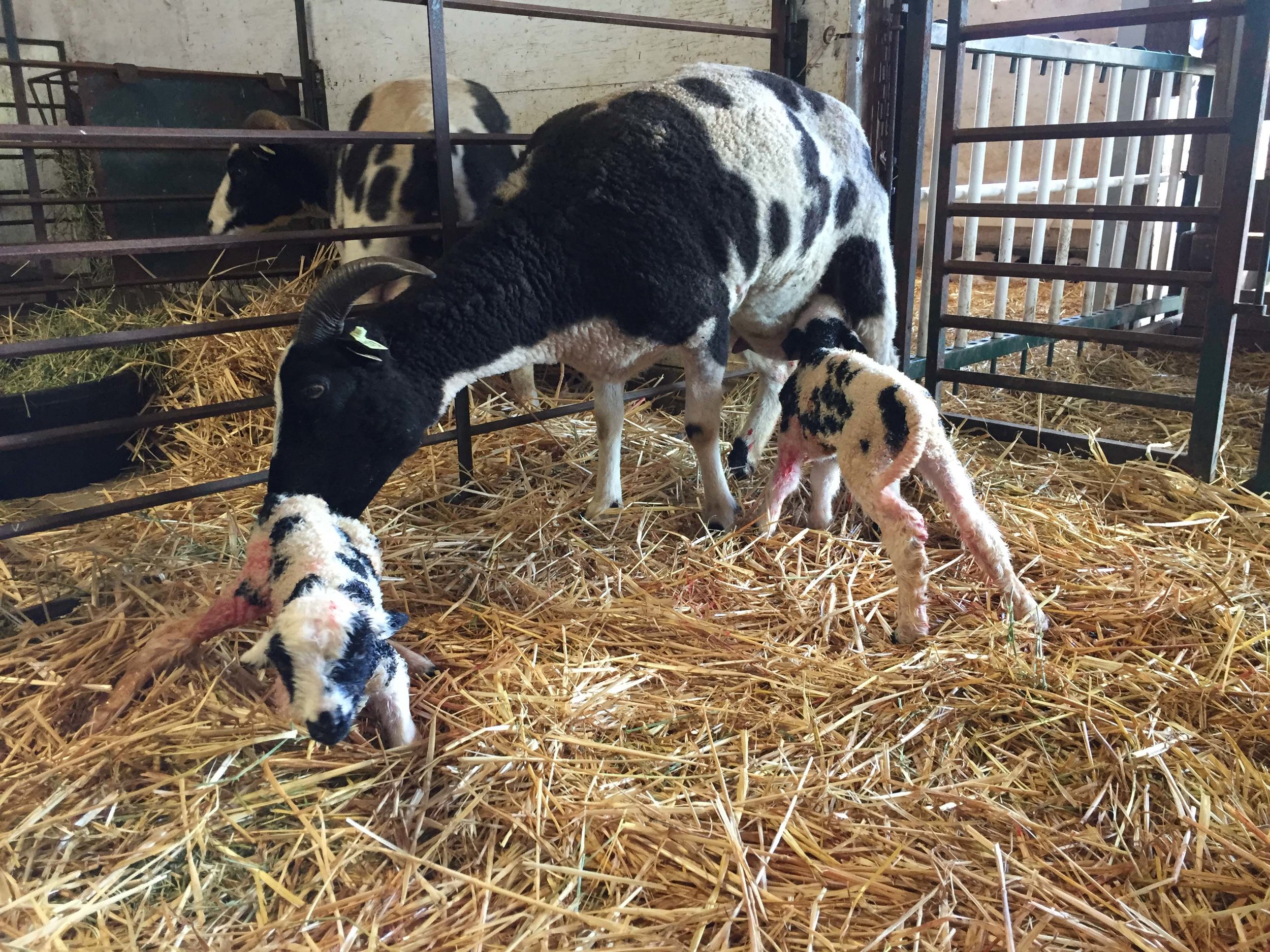 More newborn photos. This is Jean with twins. I kept both of these lambs. The ewe lamb, trying to stand, is Cindy, below. The lamb nursing is the ram, Joker, in the photo below Cindy. (Nash x Jean)
More newborn photos. This is Jean with twins. I kept both of these lambs. The ewe lamb, trying to stand, is Cindy, below. The lamb nursing is the ram, Joker, in the photo below Cindy. (Nash x Jean)

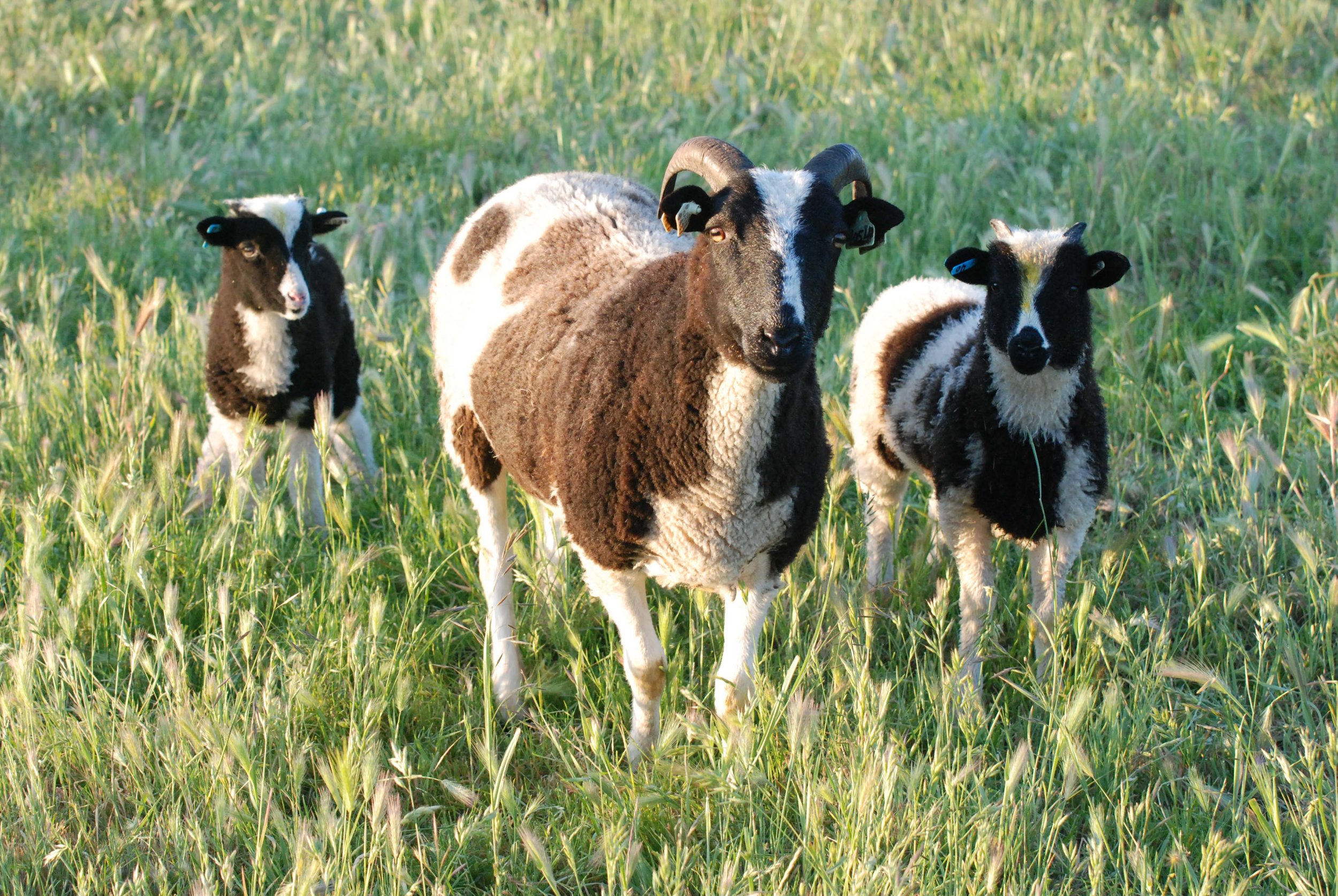 This is Vanessa with her lambs. Vanna , on the right, was 5.2 pounds when she was born, but you wouldn't know that now. (Rotor x Vanessa)
This is Vanessa with her lambs. Vanna , on the right, was 5.2 pounds when she was born, but you wouldn't know that now. (Rotor x Vanessa)







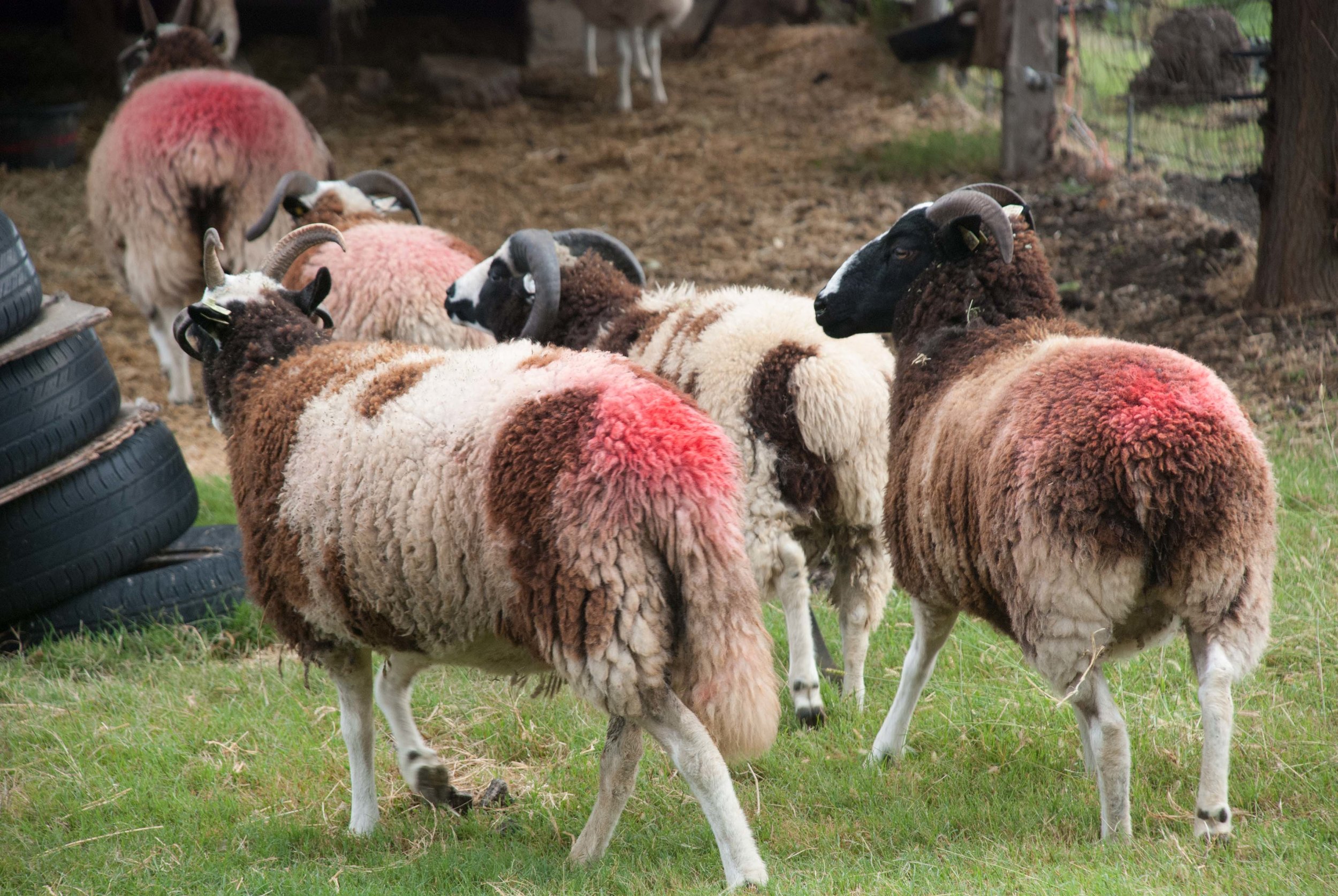
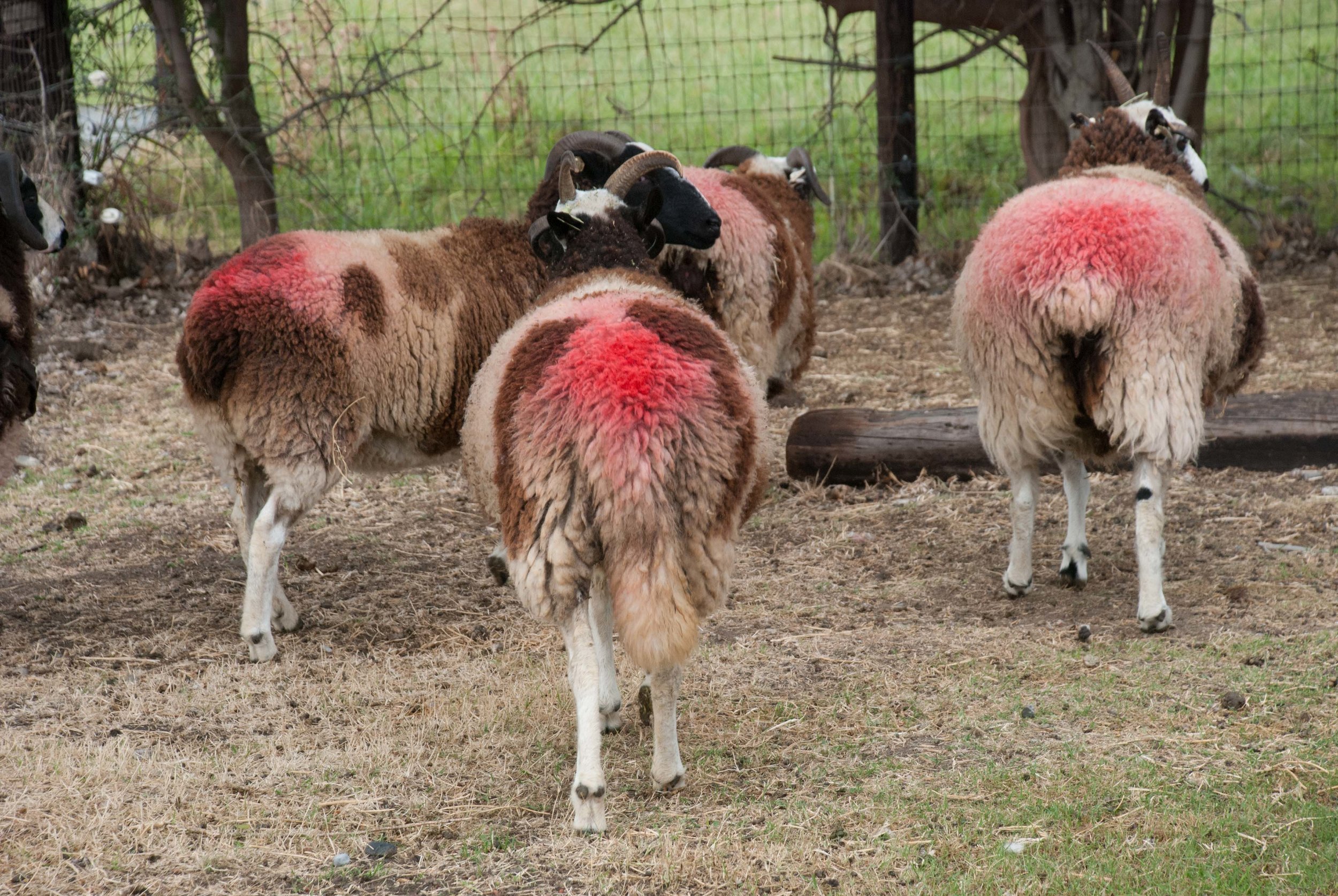
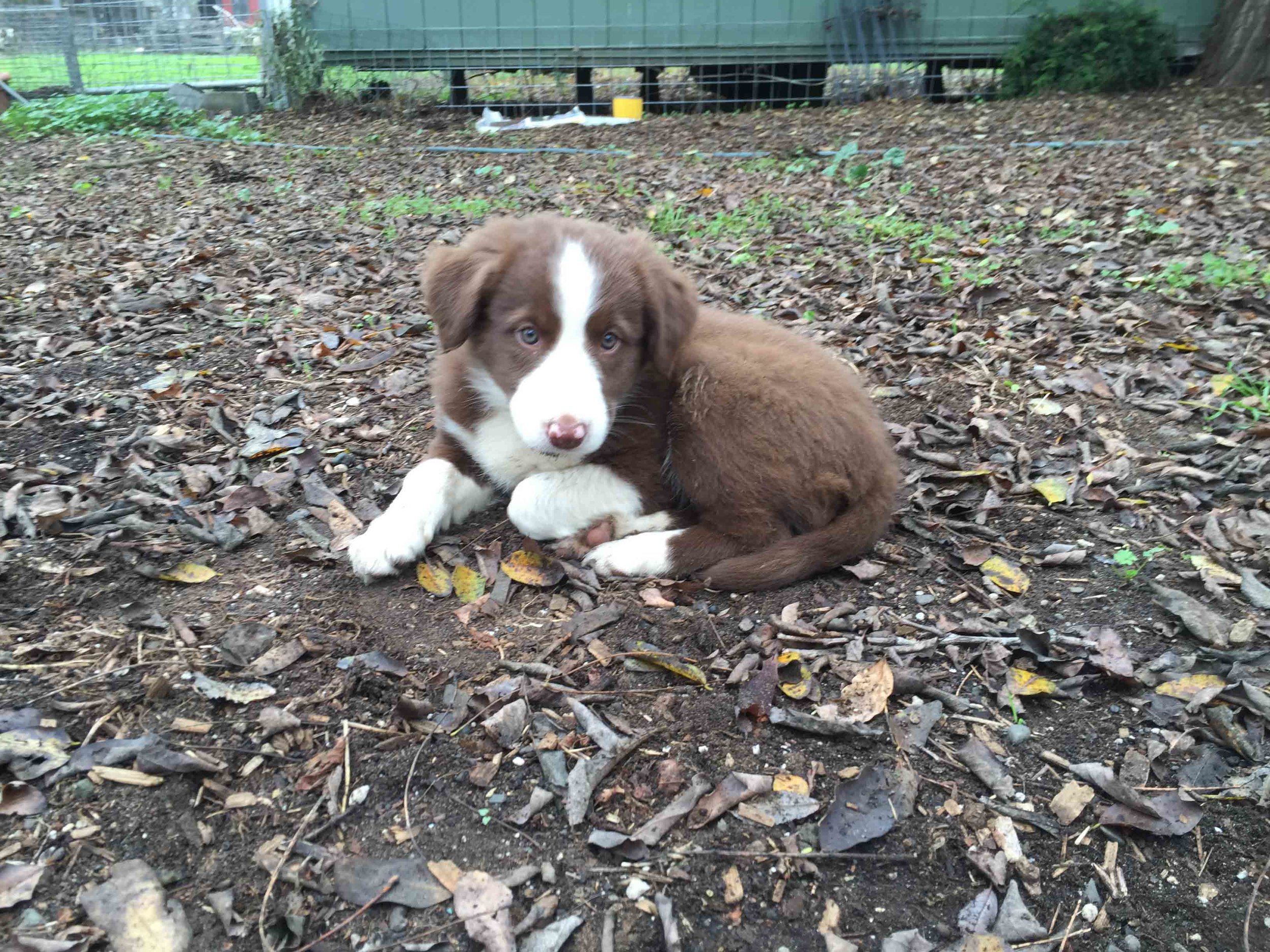
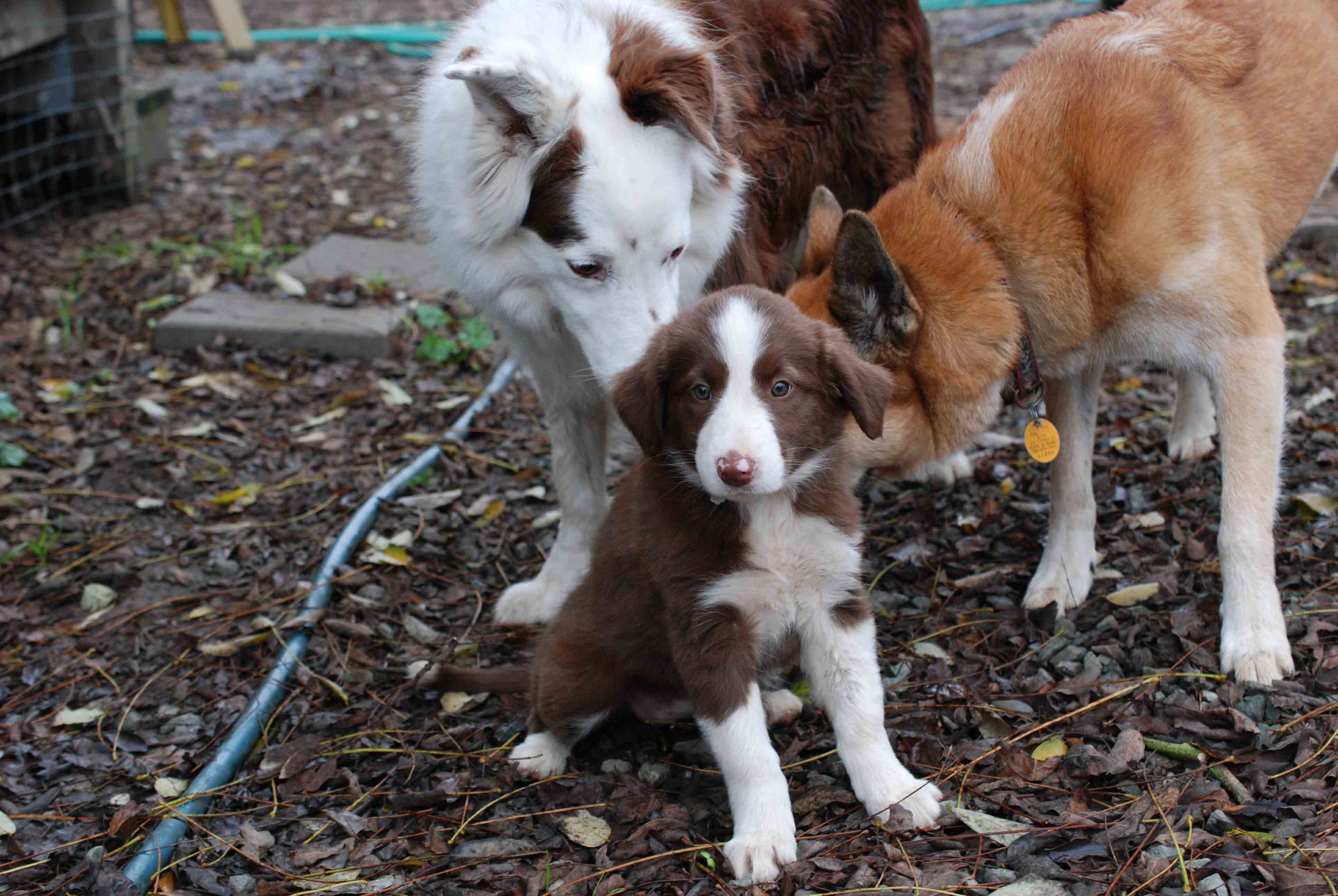
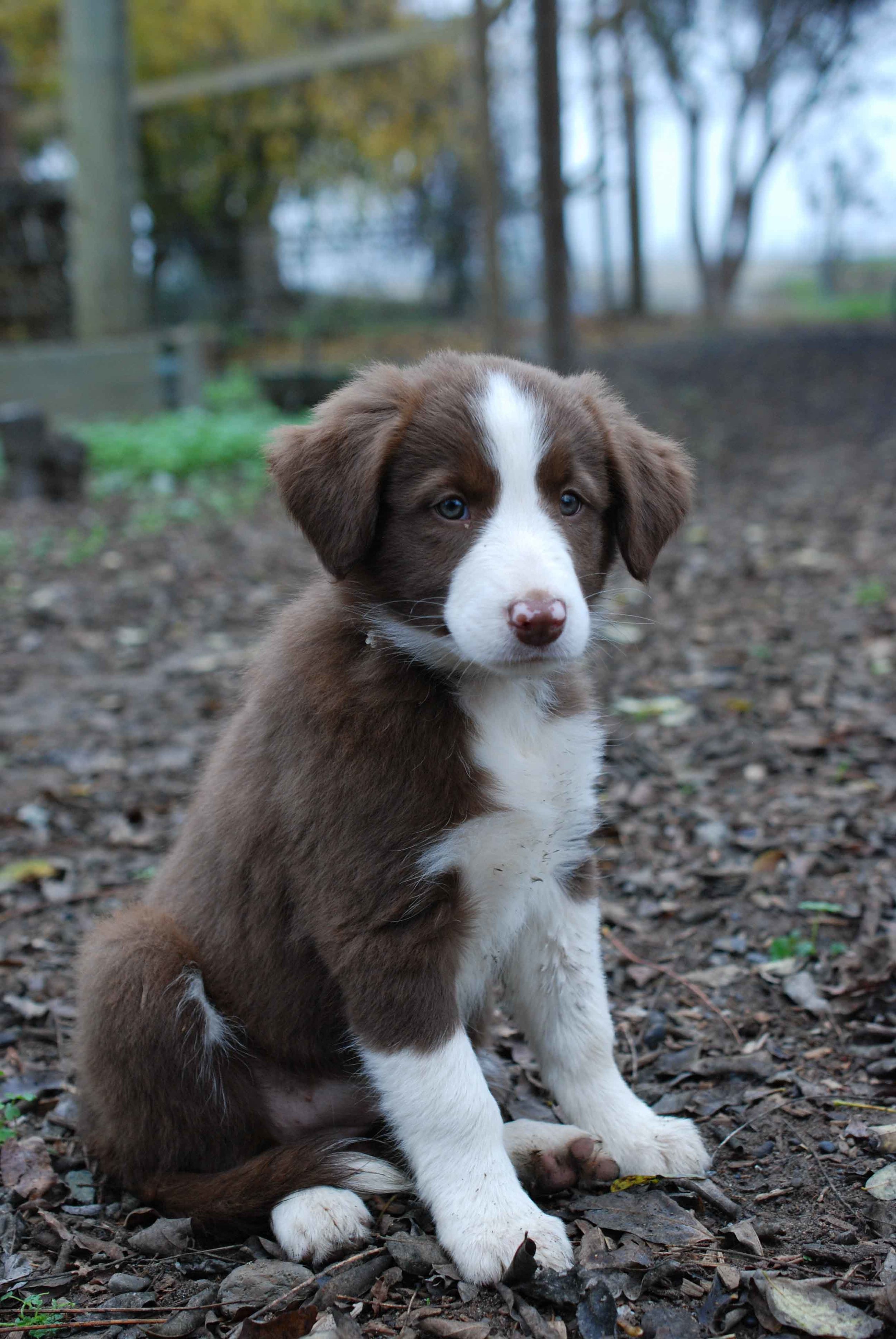
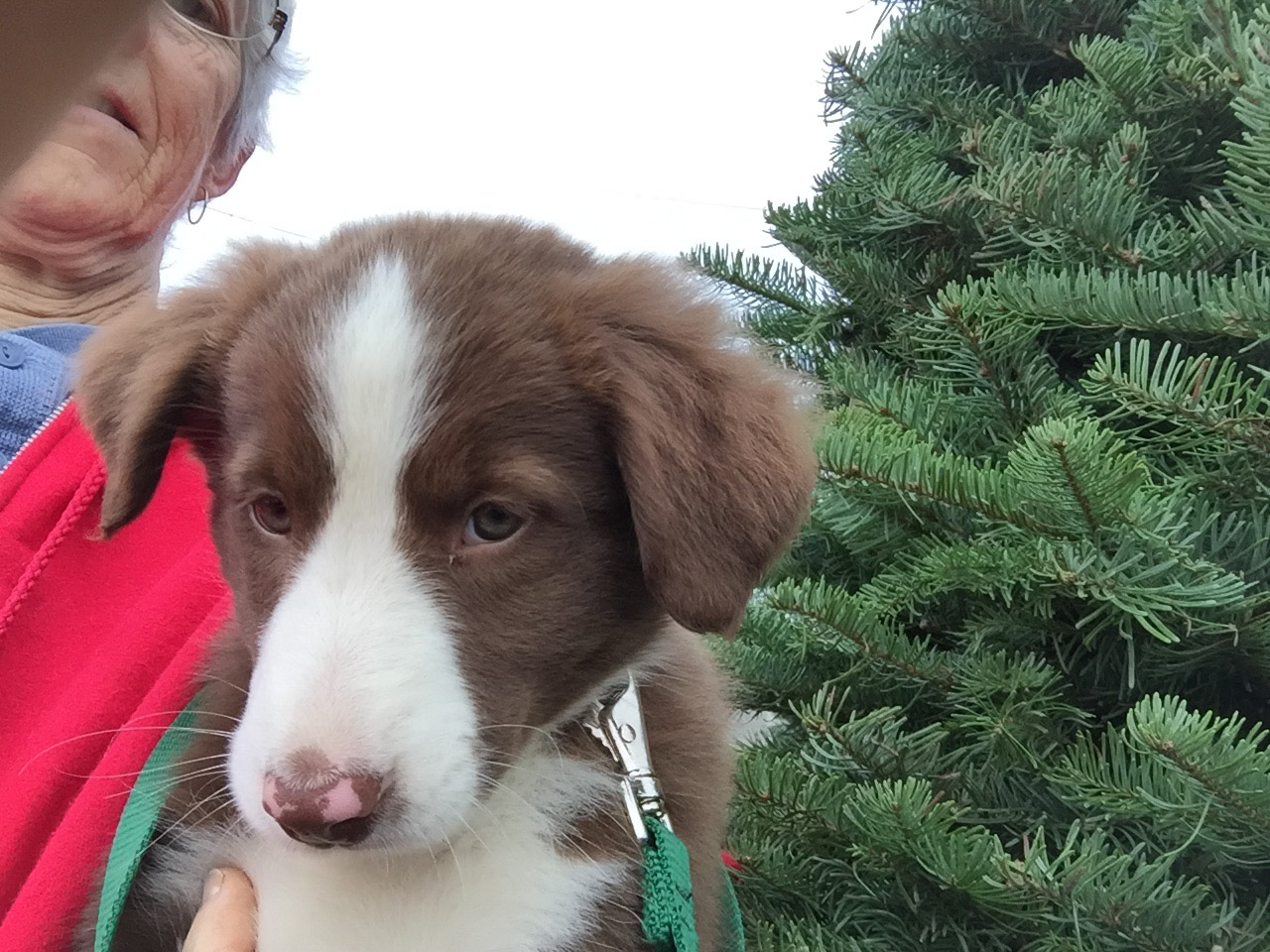
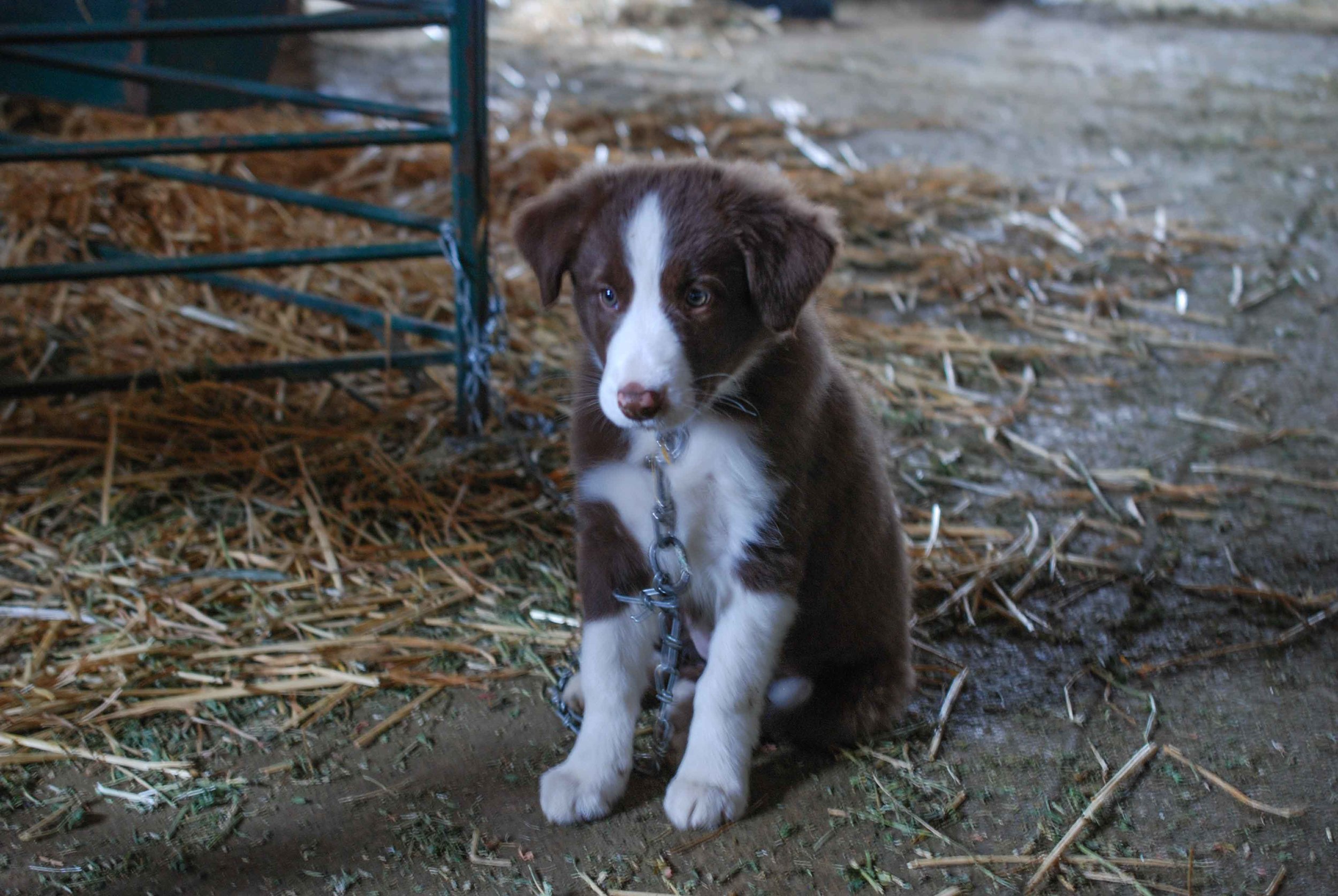
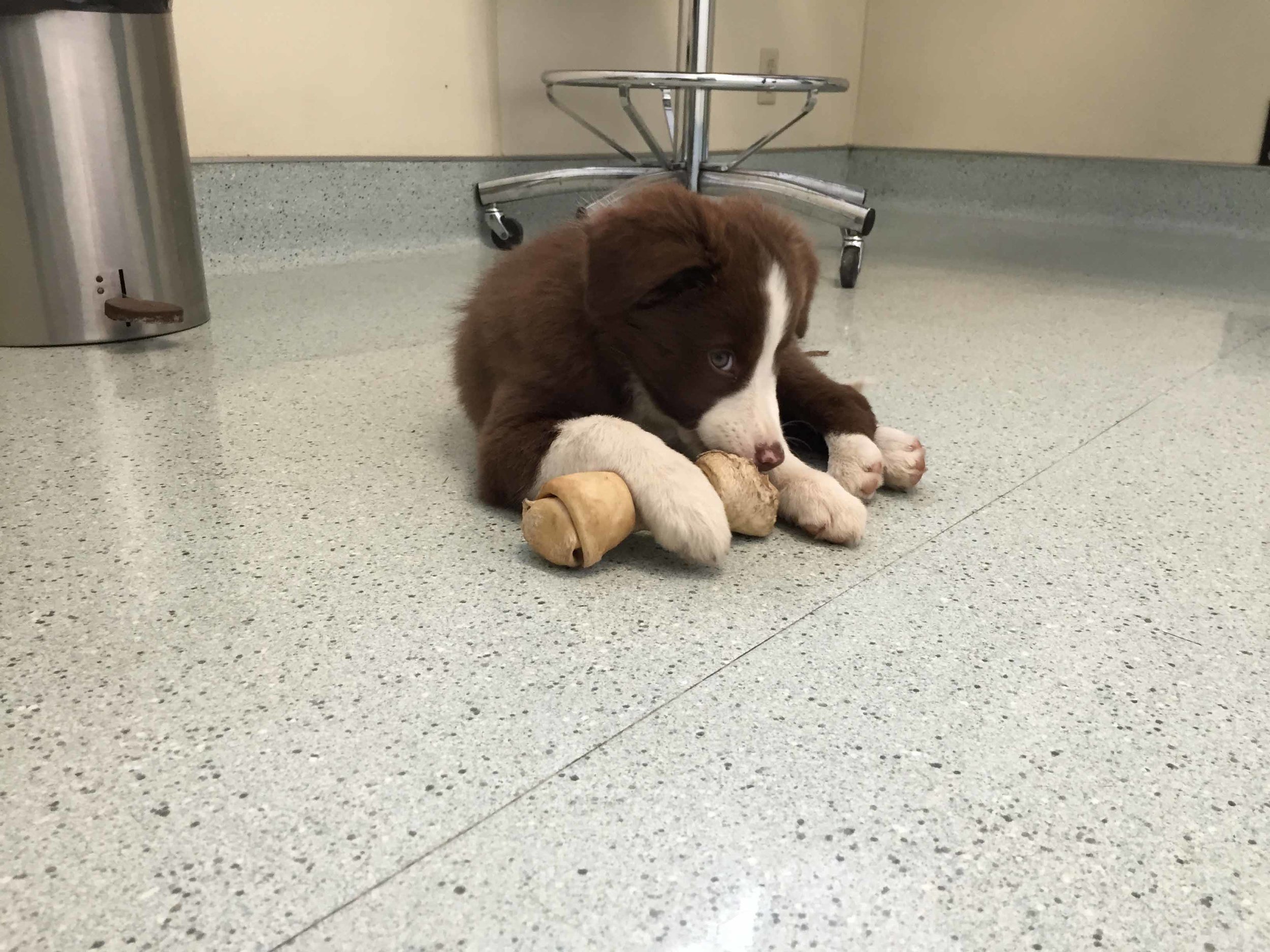
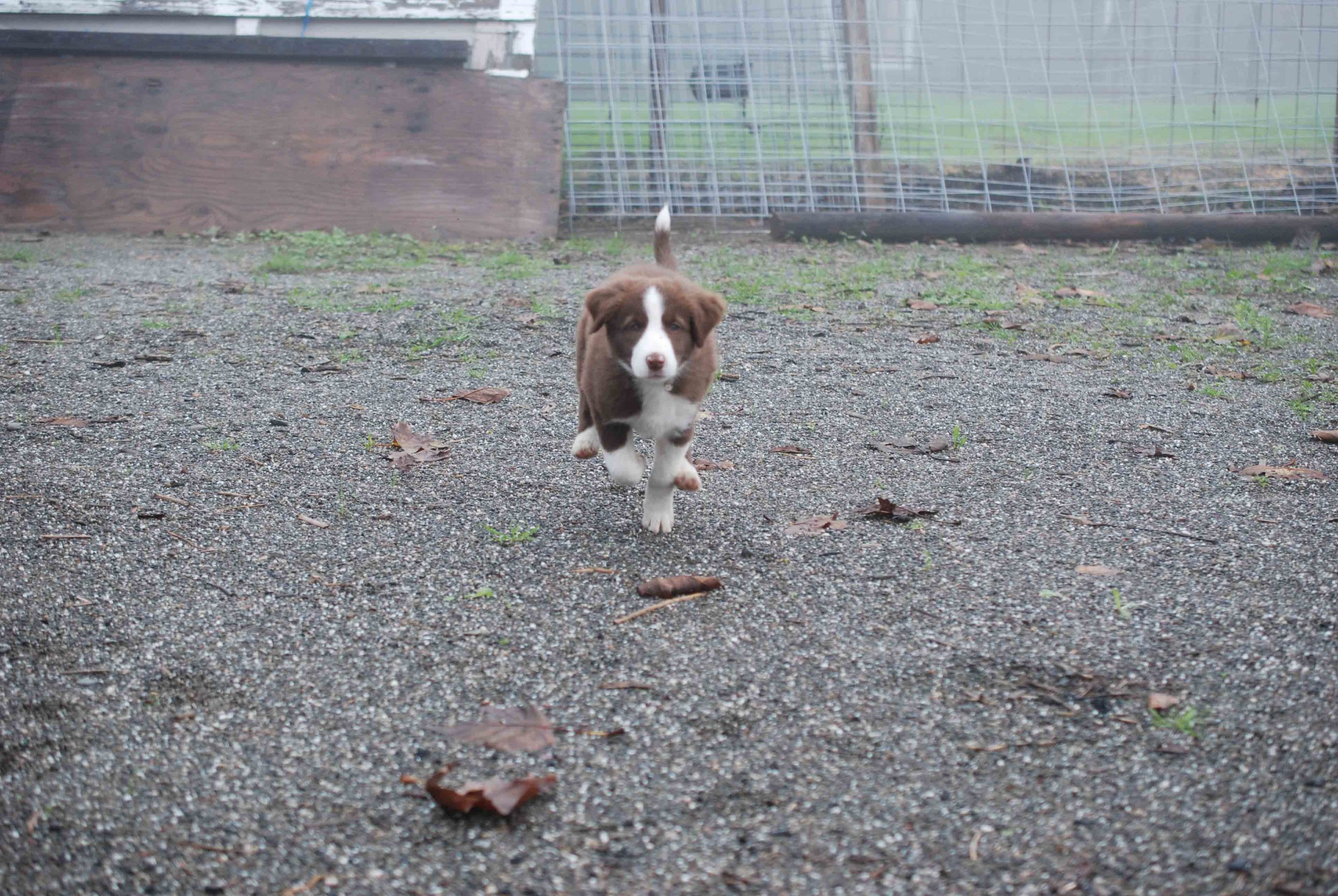

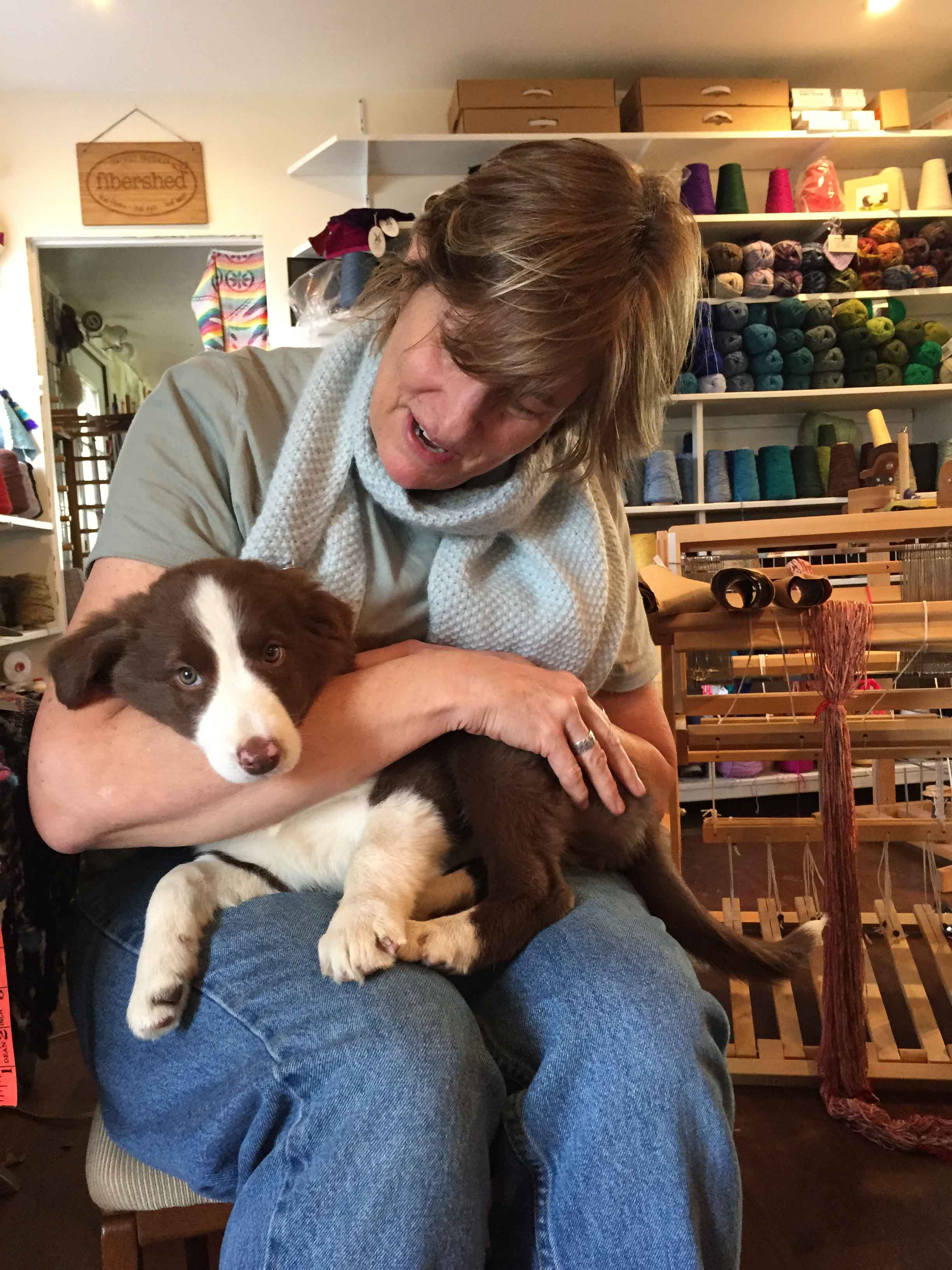
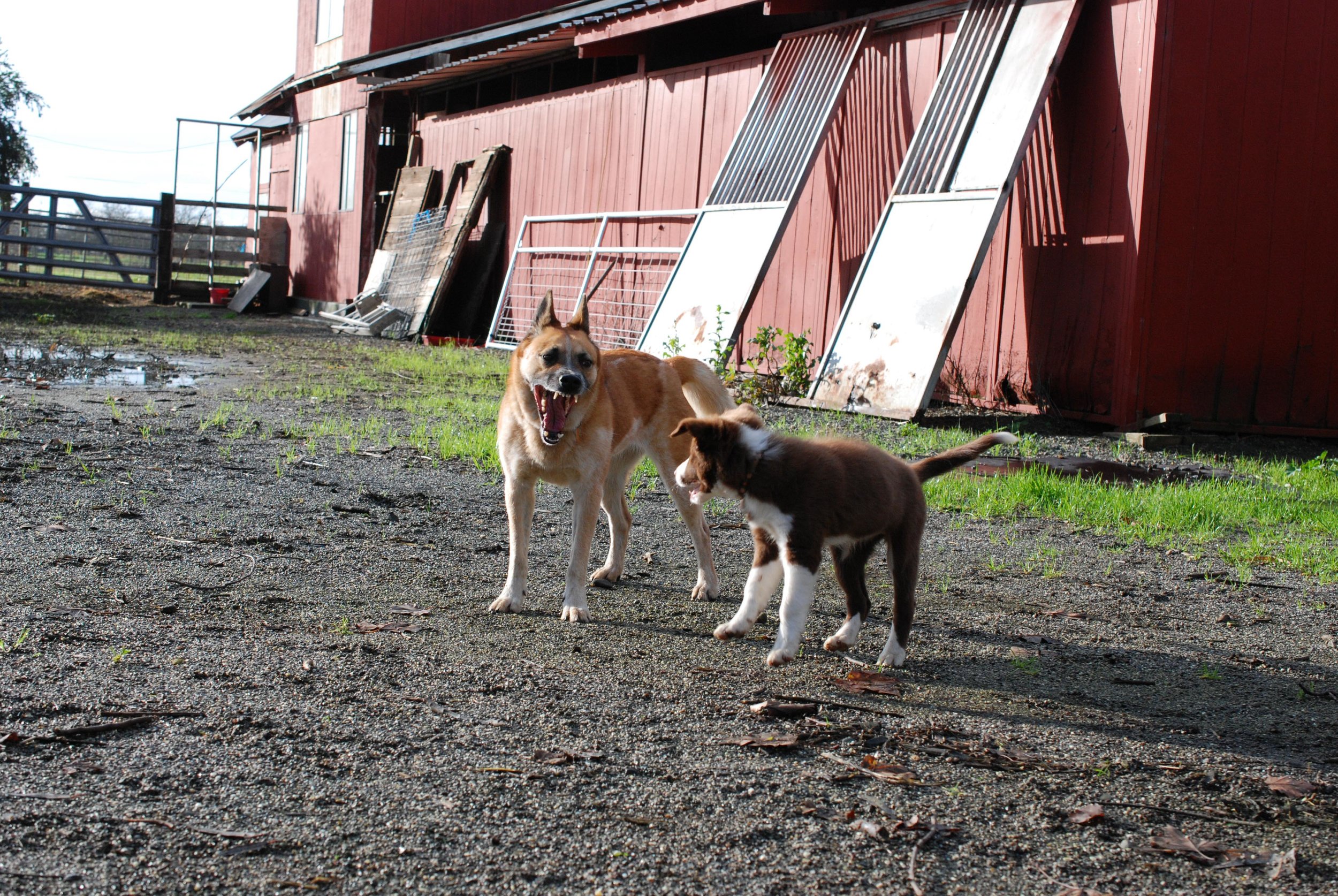
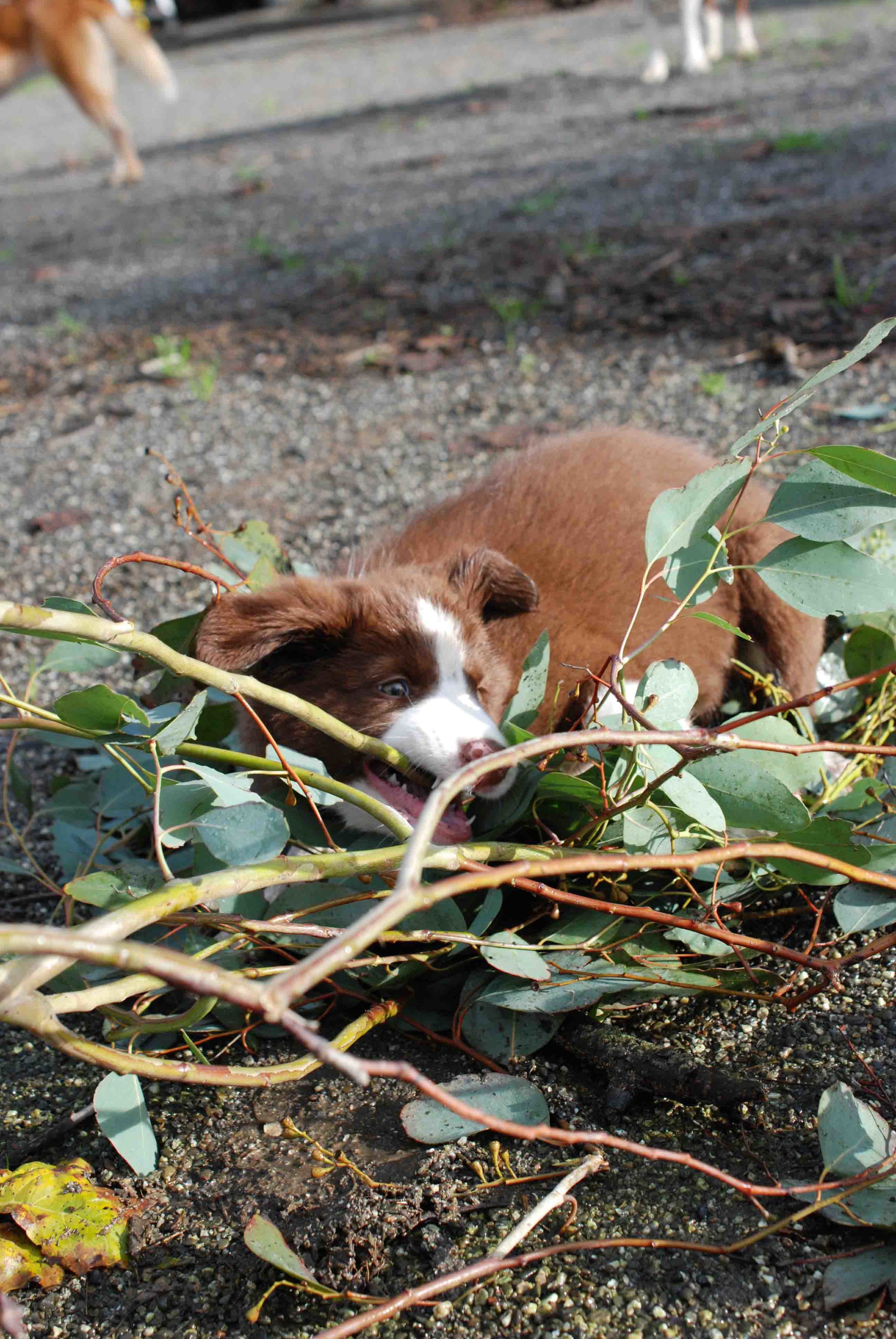
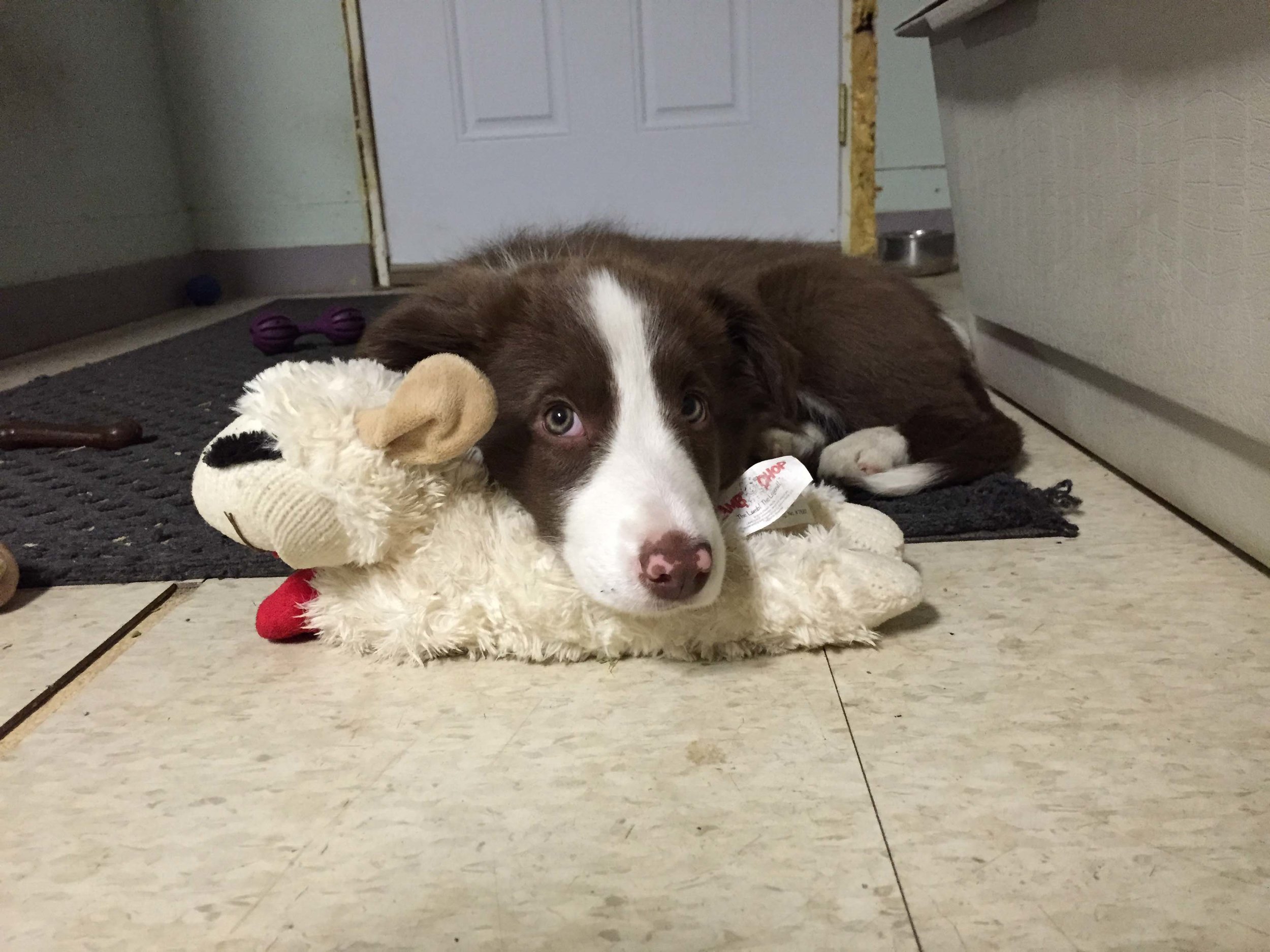 Ginny and her lamb.
Ginny and her lamb.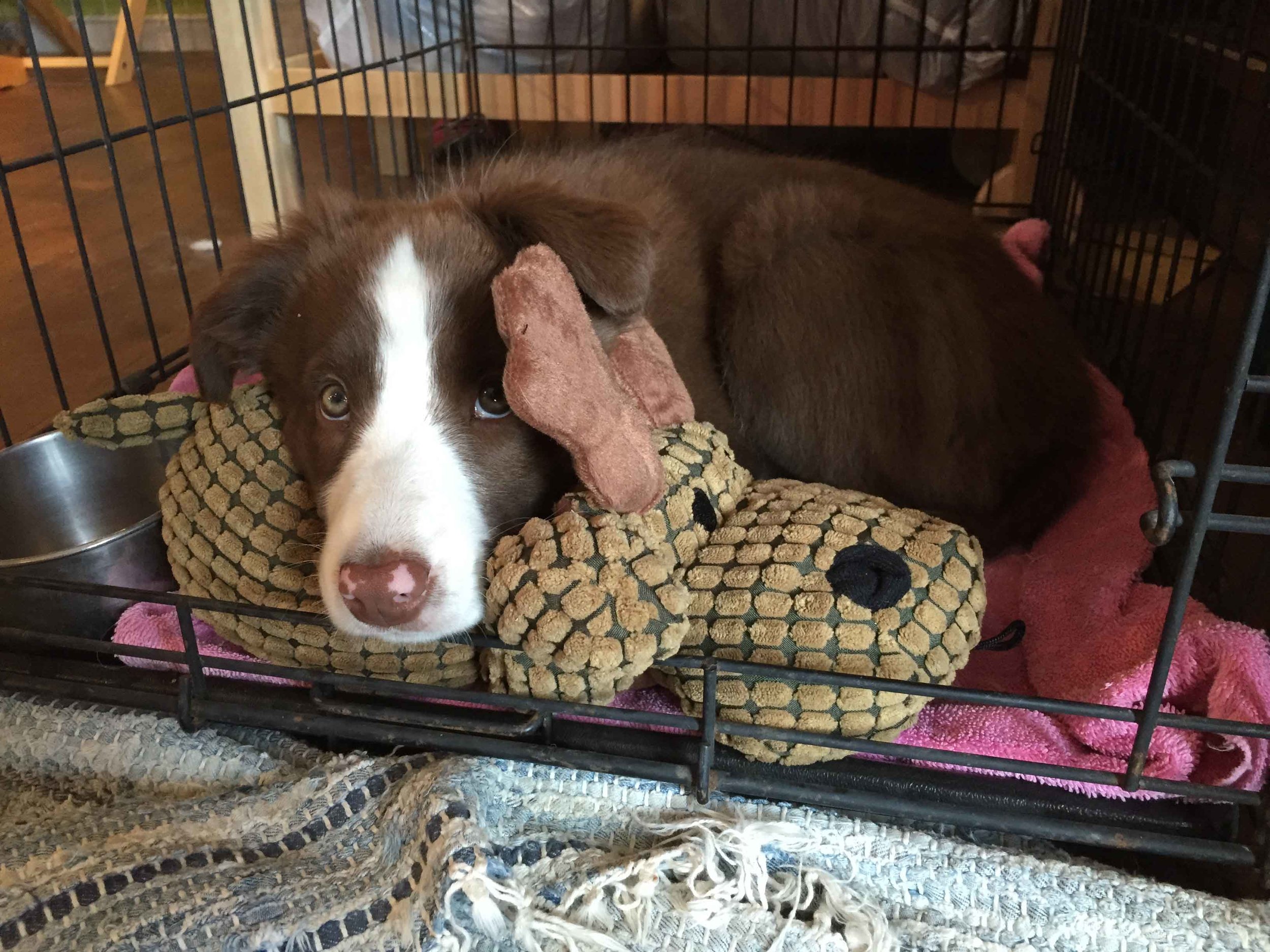 Ginny and her moose.
Ginny and her moose.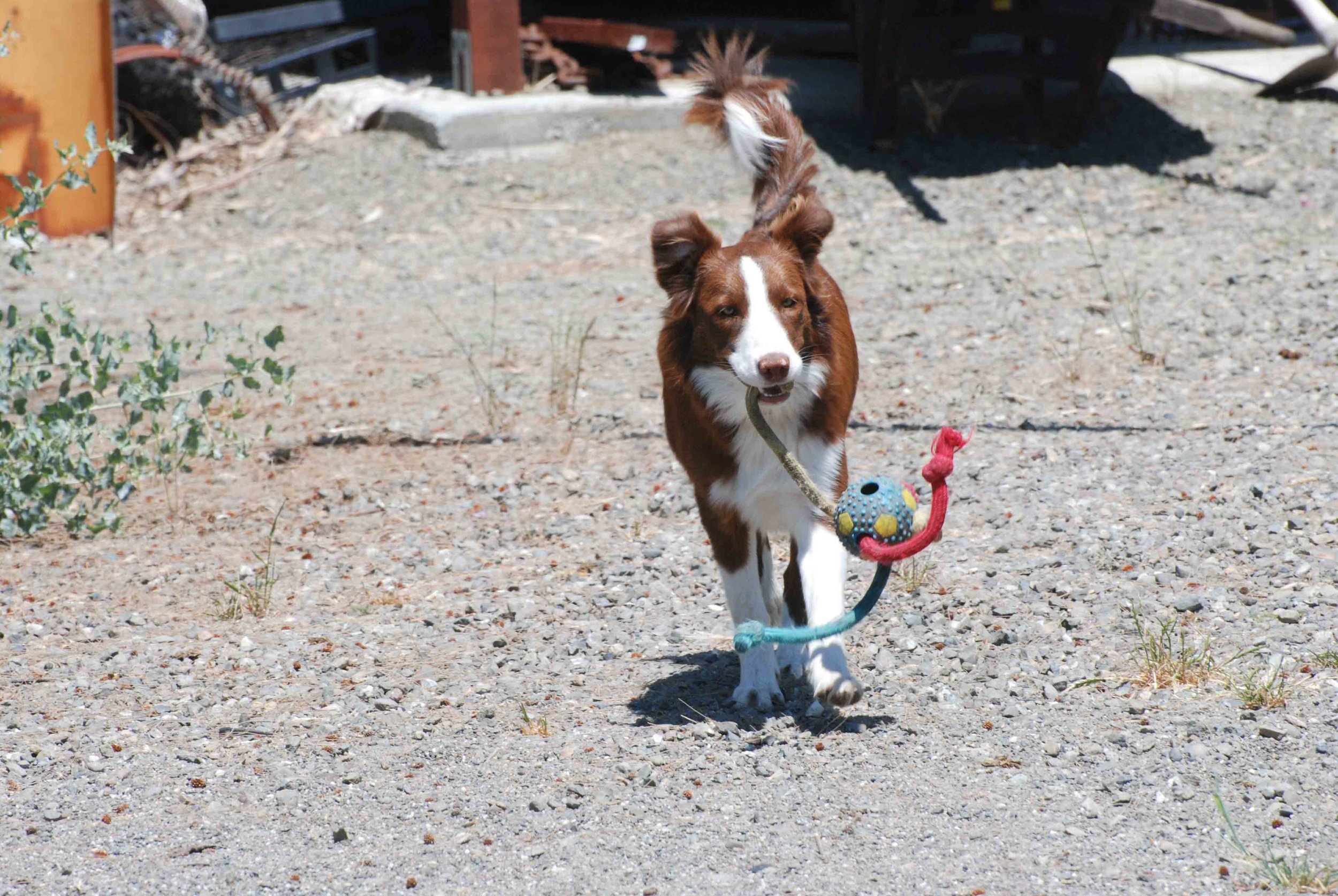 Ginny at 7 months with the favorite Toy.
Ginny at 7 months with the favorite Toy.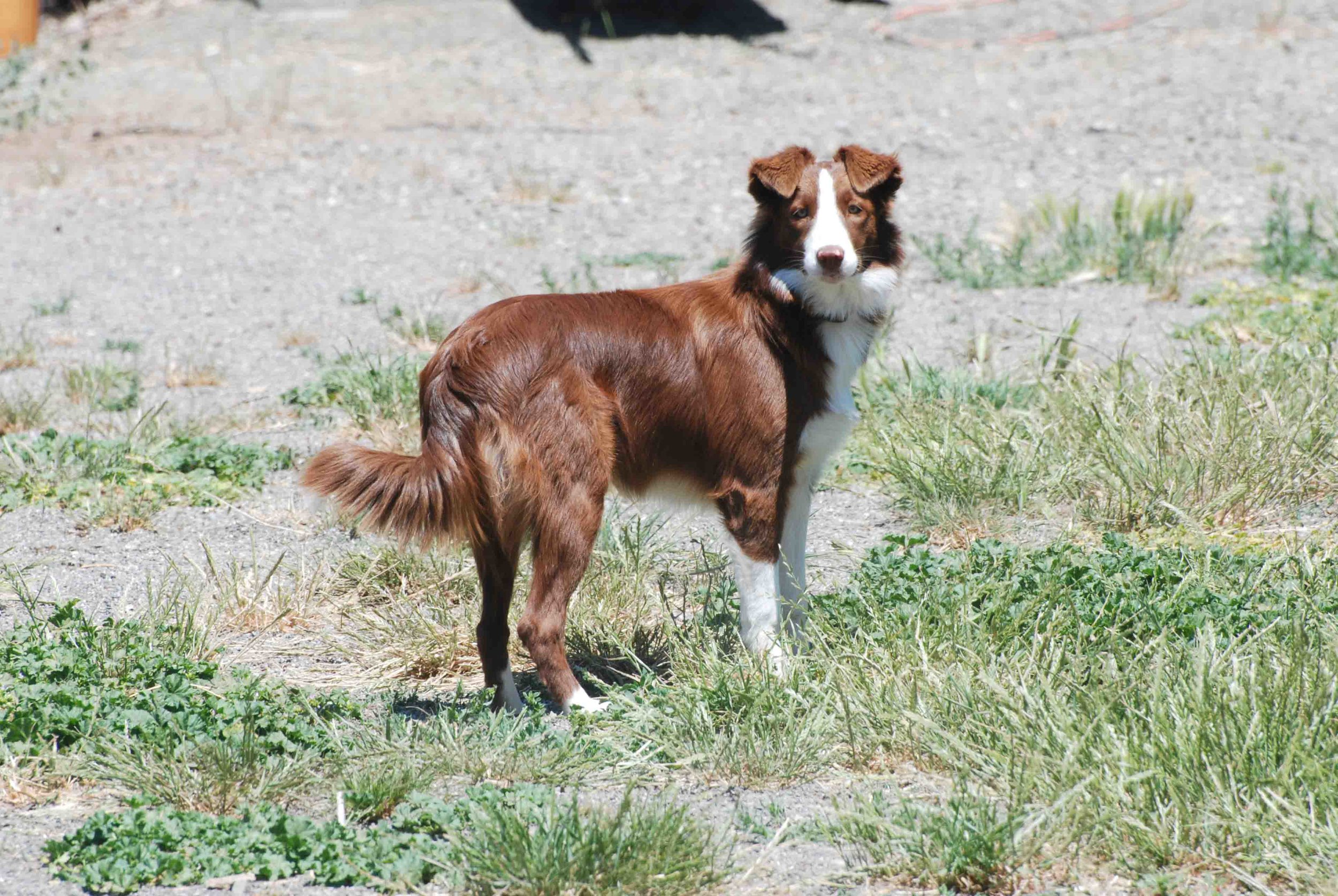
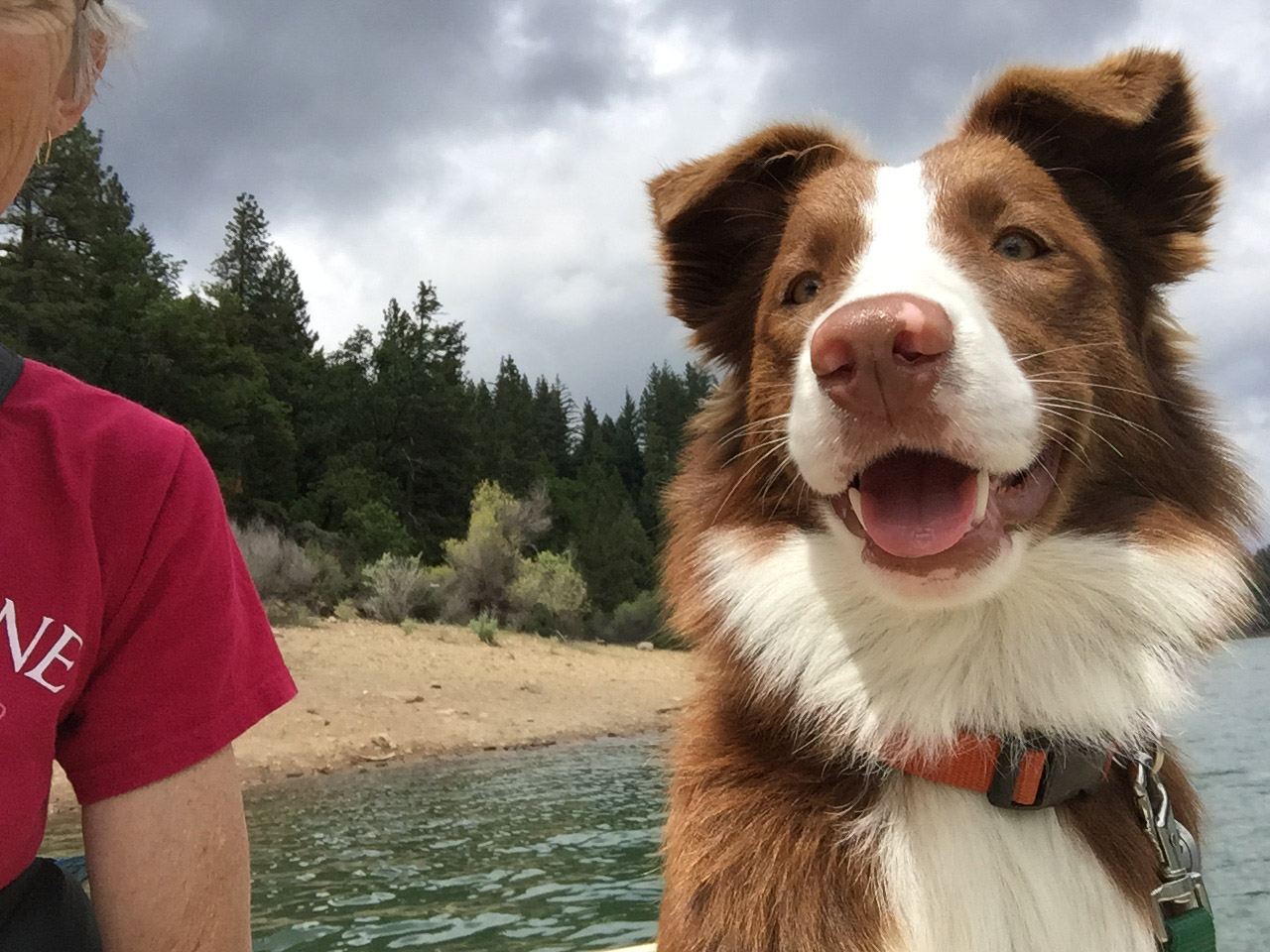
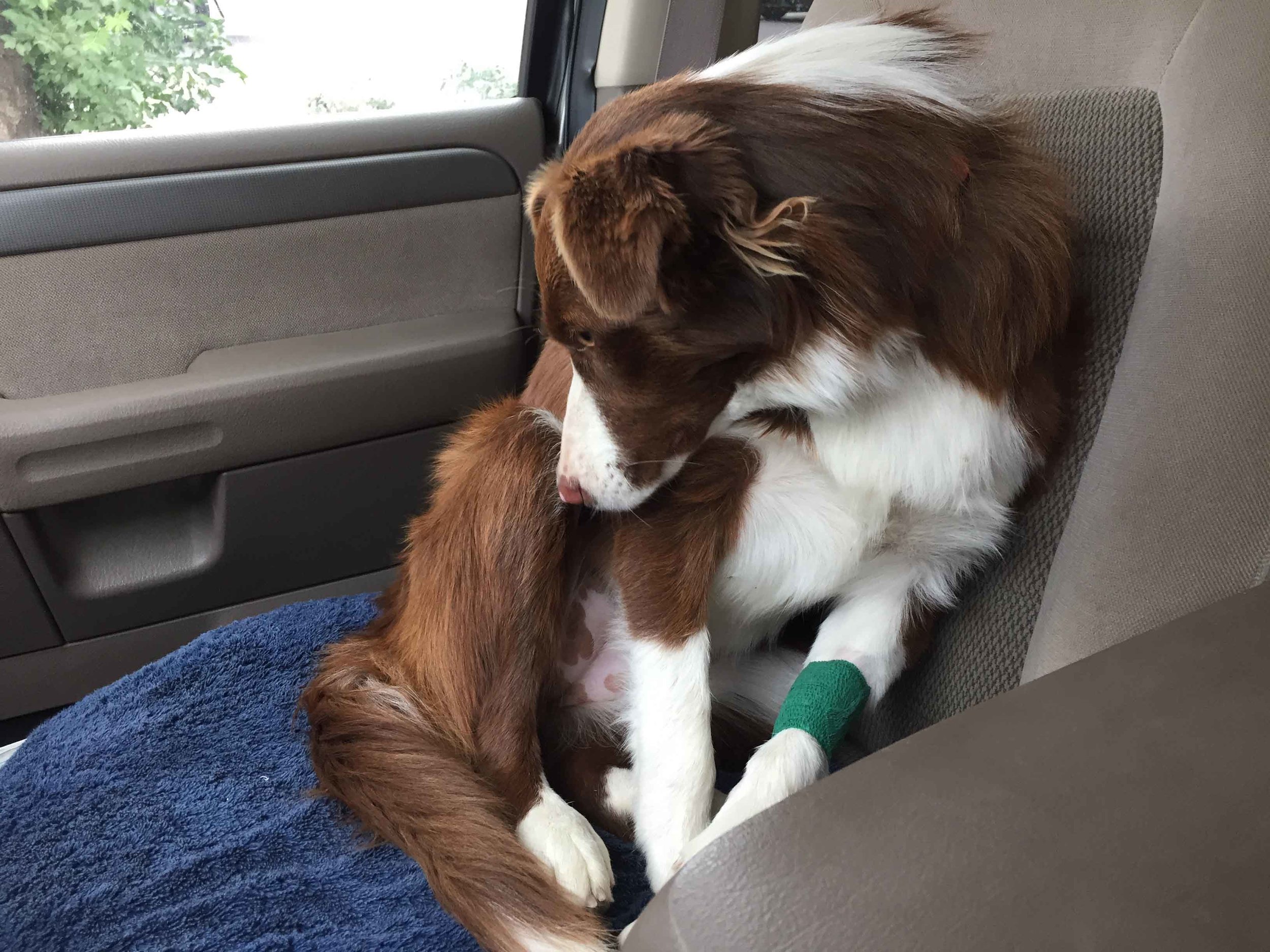 Ginny not so happy after her little operation so that I wouldn't have to worry about what might happen while I was going to be gone for two weeks.
Ginny not so happy after her little operation so that I wouldn't have to worry about what might happen while I was going to be gone for two weeks.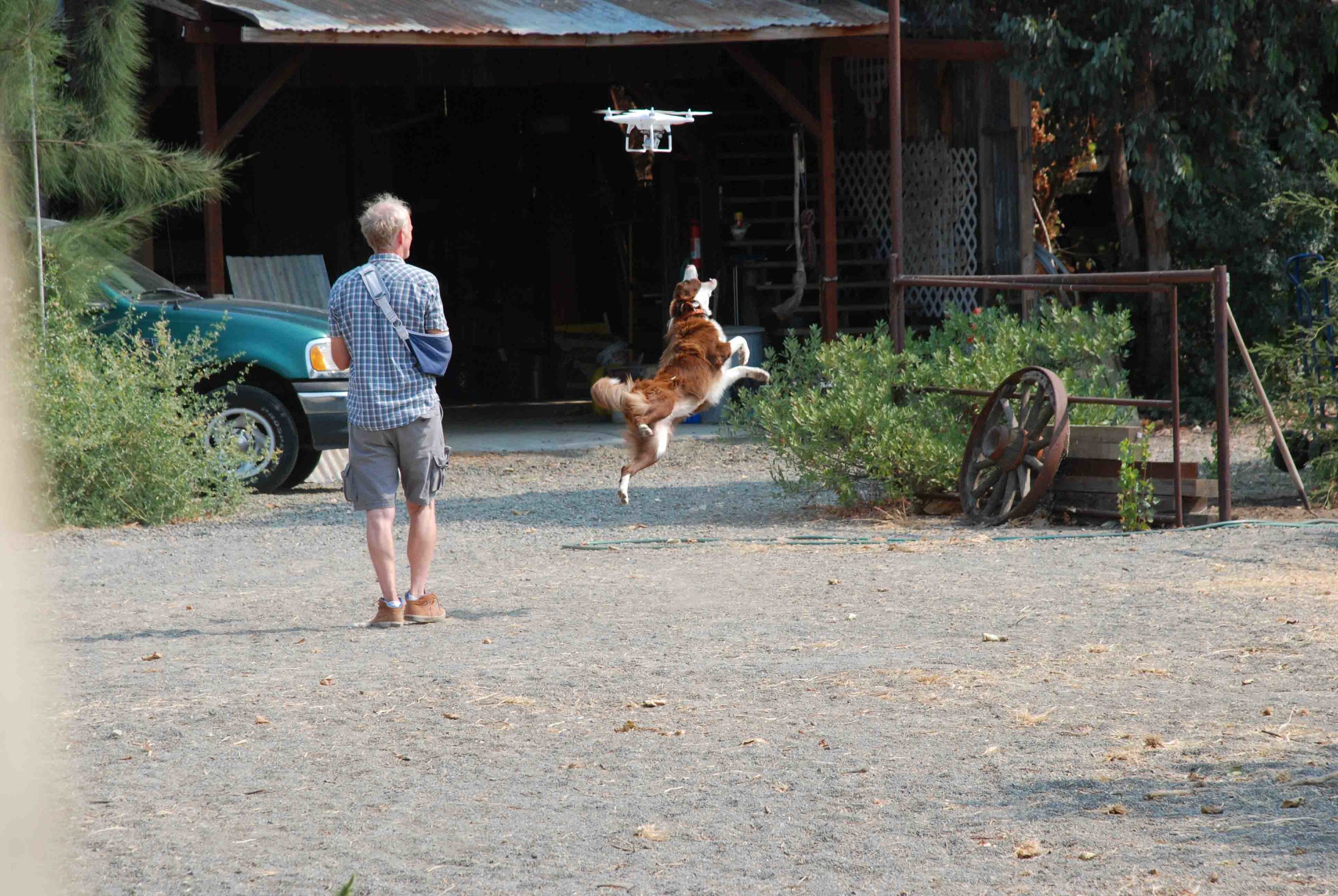 At 10 months Ginny discovered that she wasn't a big fan of drones.
At 10 months Ginny discovered that she wasn't a big fan of drones.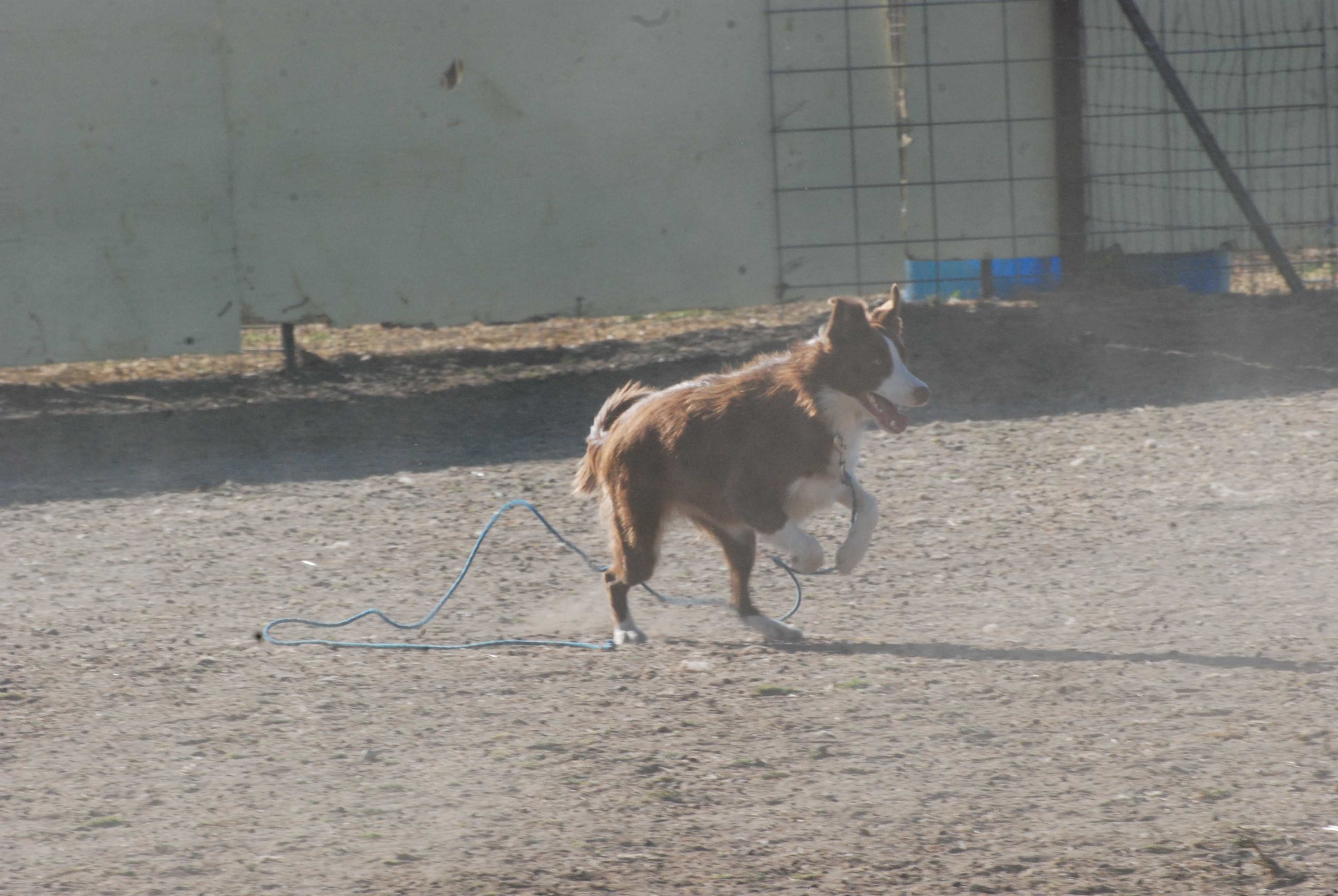 First herding lesson at Sheepdog Debbie's place (Herding-4-Ewe) just down the road.
First herding lesson at Sheepdog Debbie's place (Herding-4-Ewe) just down the road.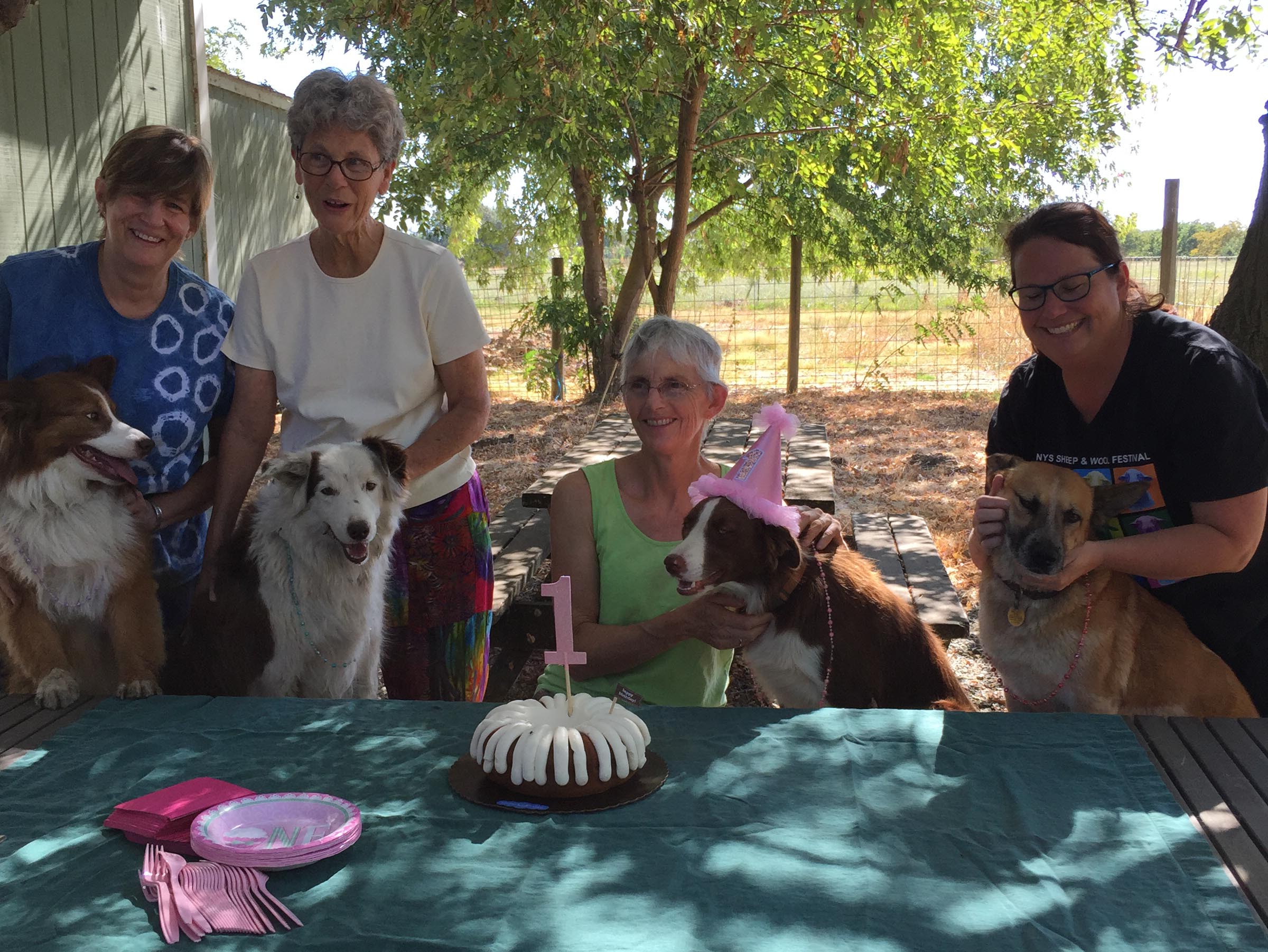 Ginny's first birthday.
Ginny's first birthday.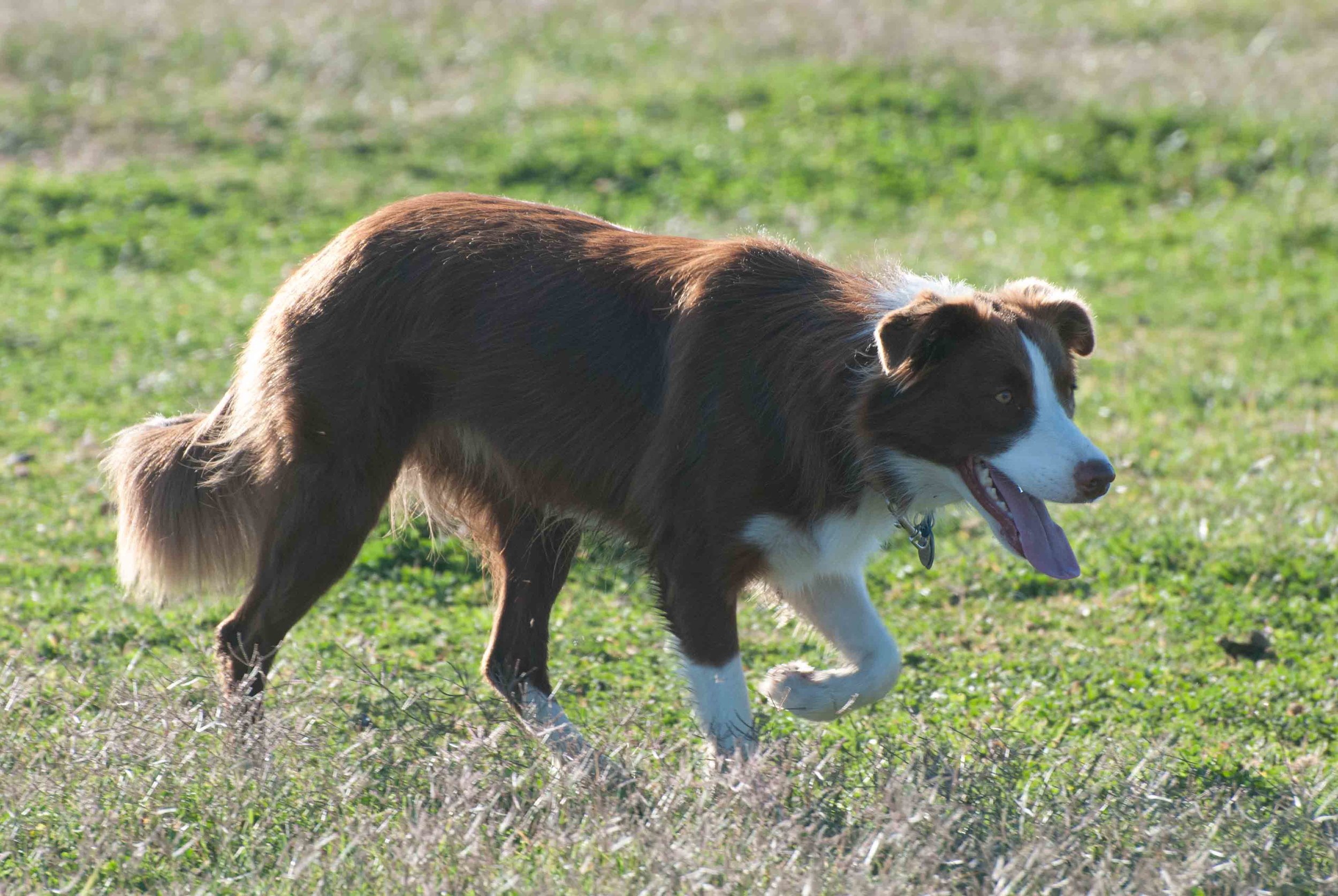



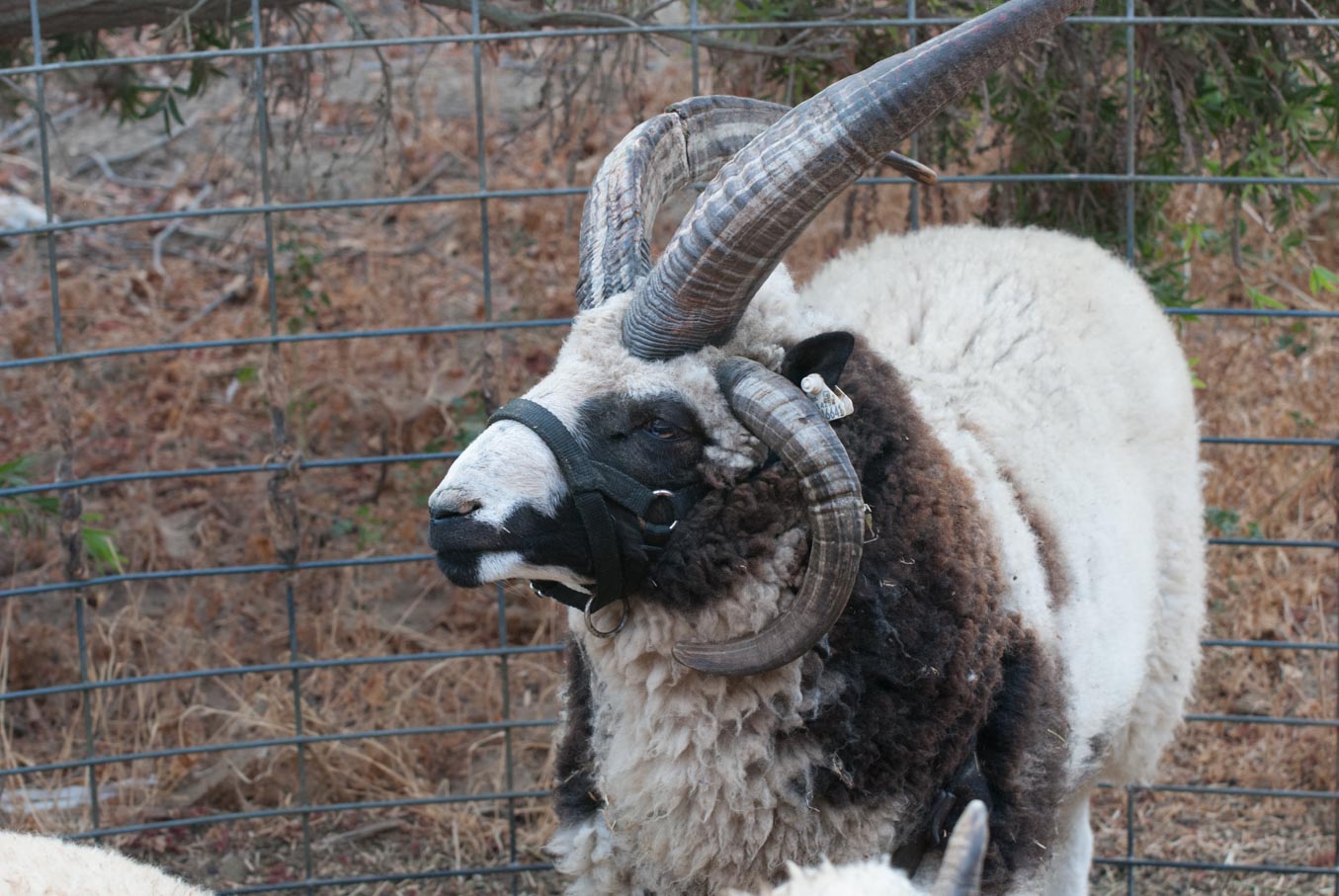 Starthist Dragon is on loan from a friend. When I evaluated his lamb fleece a couple of years ago I was impressed and Trish remembered that so offered him for the season.
Starthist Dragon is on loan from a friend. When I evaluated his lamb fleece a couple of years ago I was impressed and Trish remembered that so offered him for the season.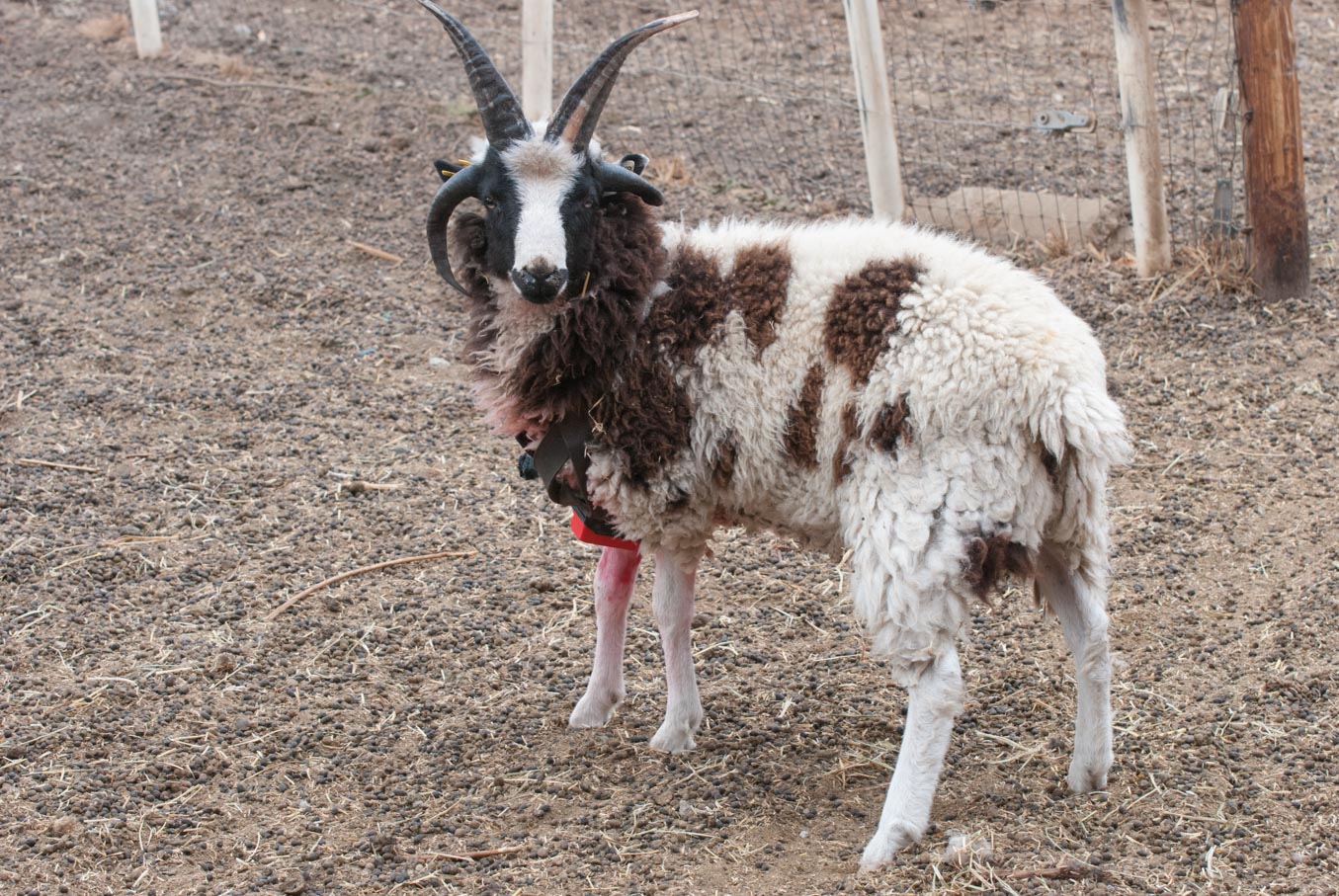 Bide a wee Buster came here from Oregon last June. He was so small I had my doubts about him being up for the task this month, but I should have had faith.
Bide a wee Buster came here from Oregon last June. He was so small I had my doubts about him being up for the task this month, but I should have had faith.
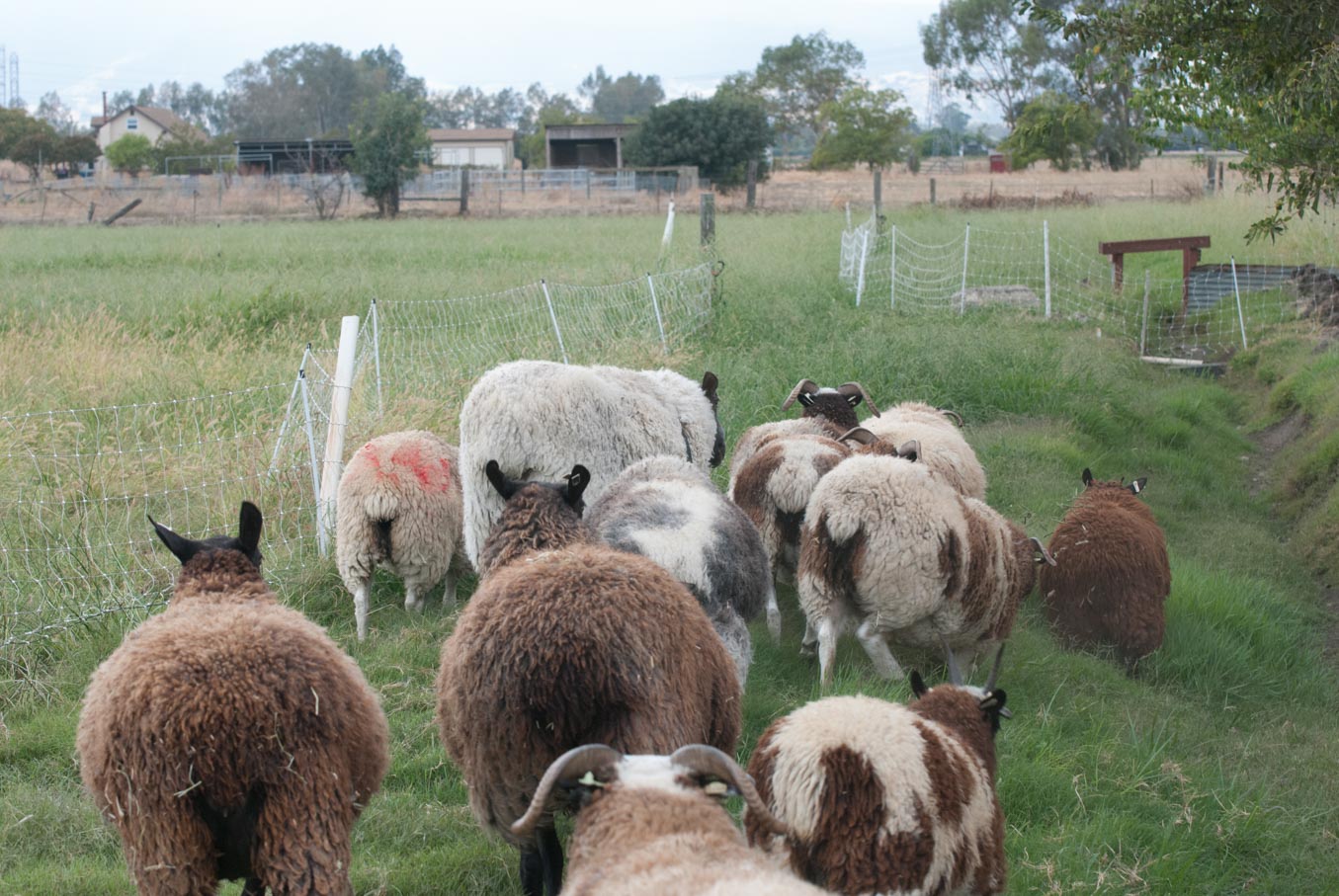 Faulker is ram #5. He is a Bluefaced Leicester (BFL) and sires the black (brown) lambs. He is the big guy in the center of the photos. His lambs are larger than the 100% Jacob lambs and are mostly sold for meat although they have very pretty fleeces and also wind up in some spinners' flocks.
Faulker is ram #5. He is a Bluefaced Leicester (BFL) and sires the black (brown) lambs. He is the big guy in the center of the photos. His lambs are larger than the 100% Jacob lambs and are mostly sold for meat although they have very pretty fleeces and also wind up in some spinners' flocks.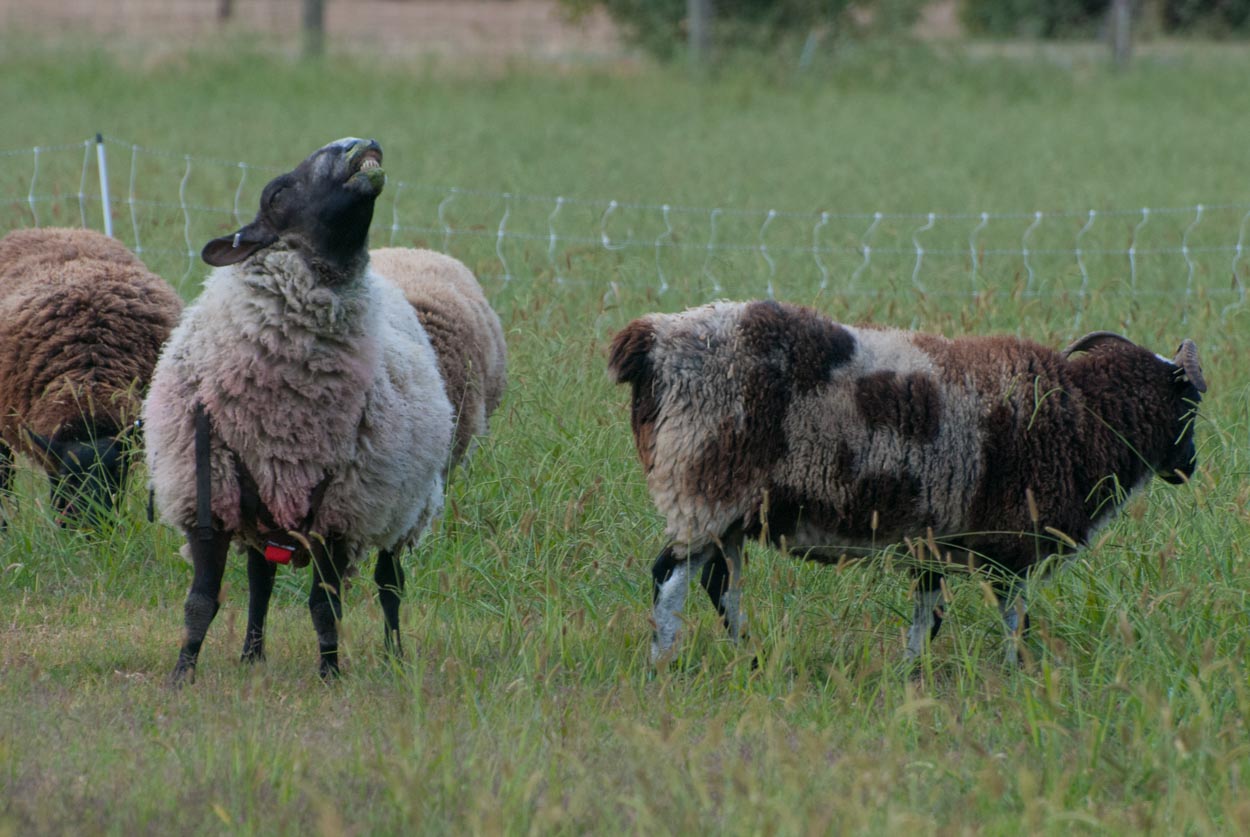 Faulkner enjoying some time with the ladies.
Faulkner enjoying some time with the ladies.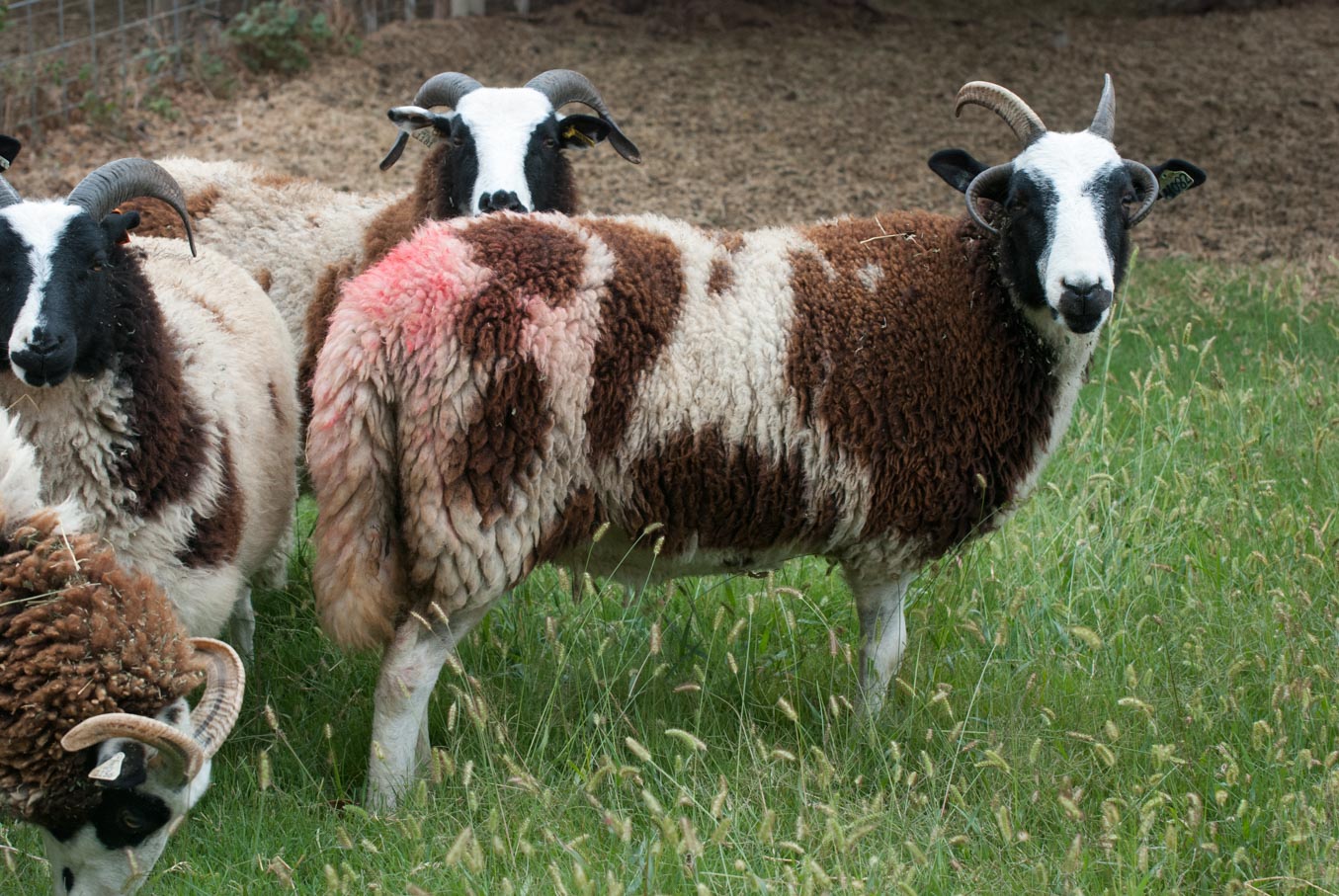 Isabelle, marked by Joker.
Isabelle, marked by Joker.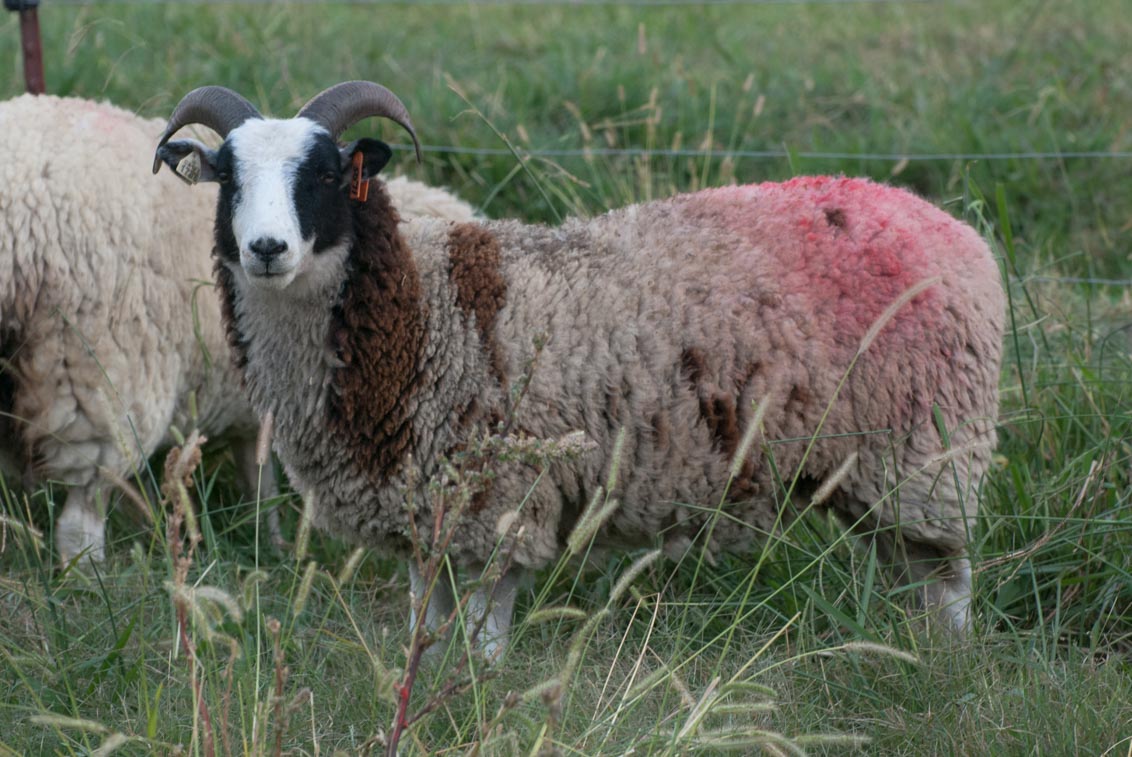 Skye is in Catalyst's group.
Skye is in Catalyst's group.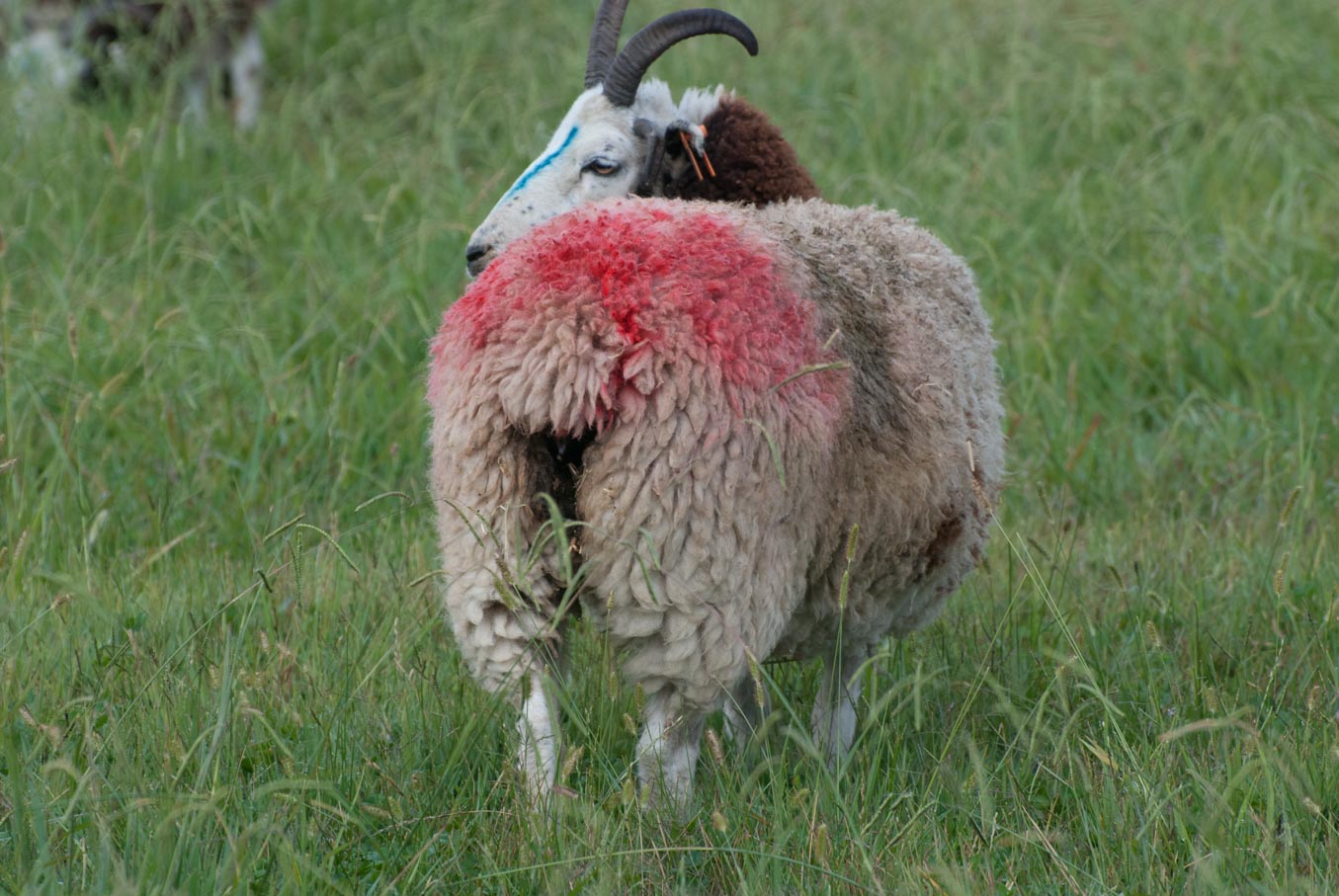 Jillian is with Faulkner.
Jillian is with Faulkner. Joker looks a little disheveled after a few days.
Joker looks a little disheveled after a few days.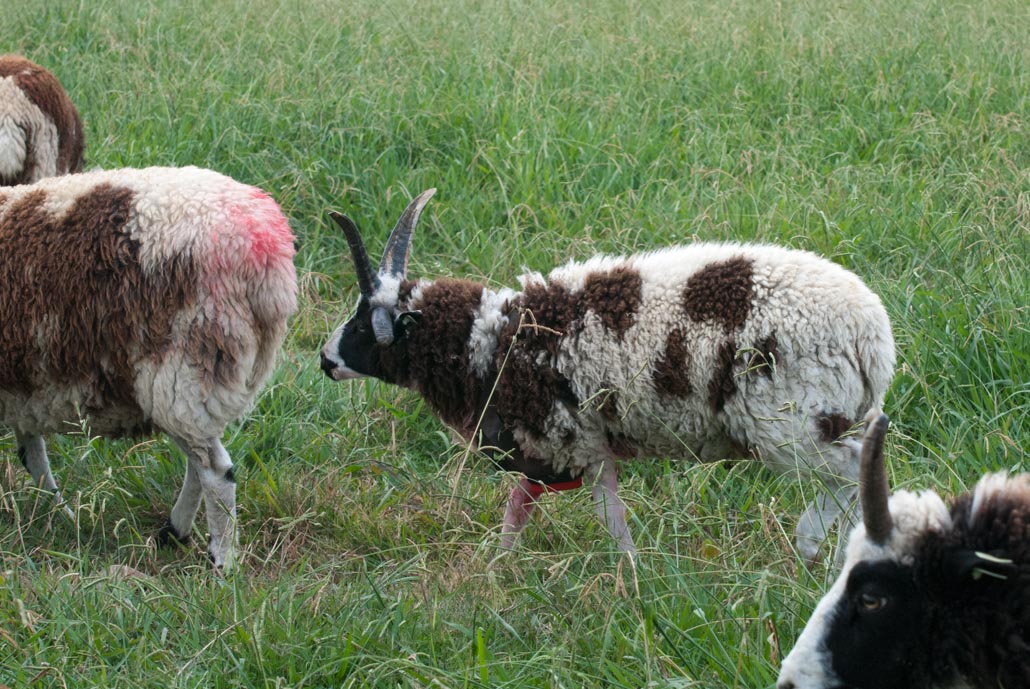 Buster has his work cut out for him to reach those big ewes...
Buster has his work cut out for him to reach those big ewes...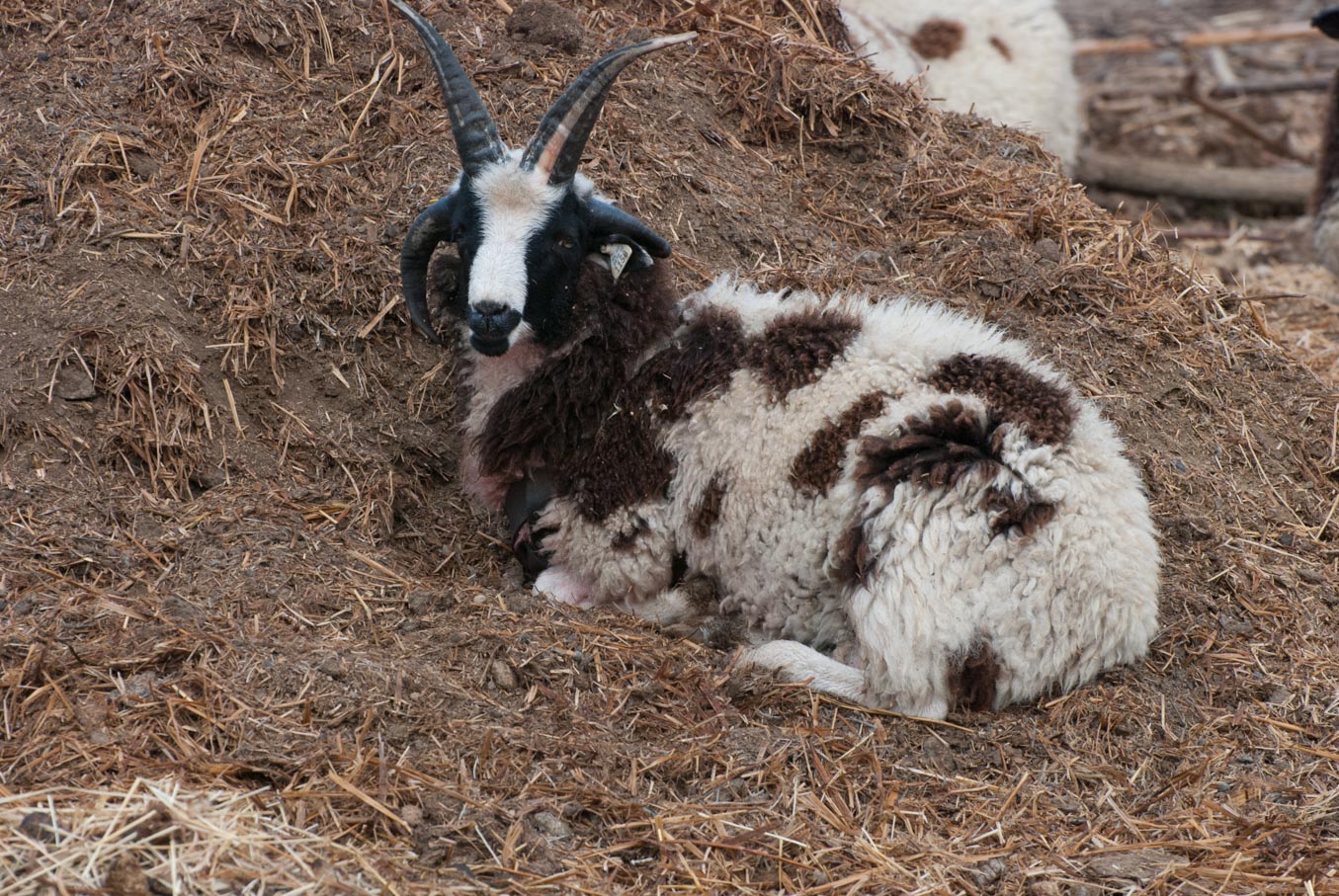 ...and needed a nap after the first morning out.
...and needed a nap after the first morning out.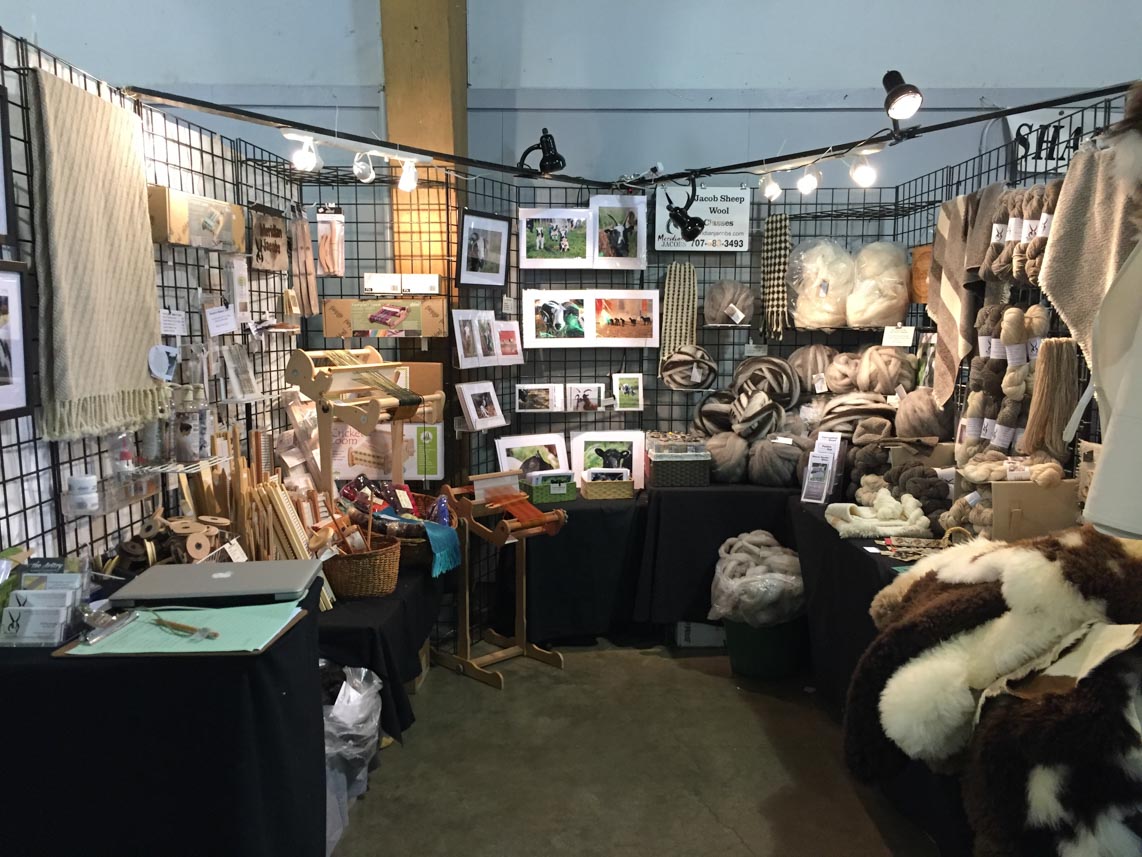
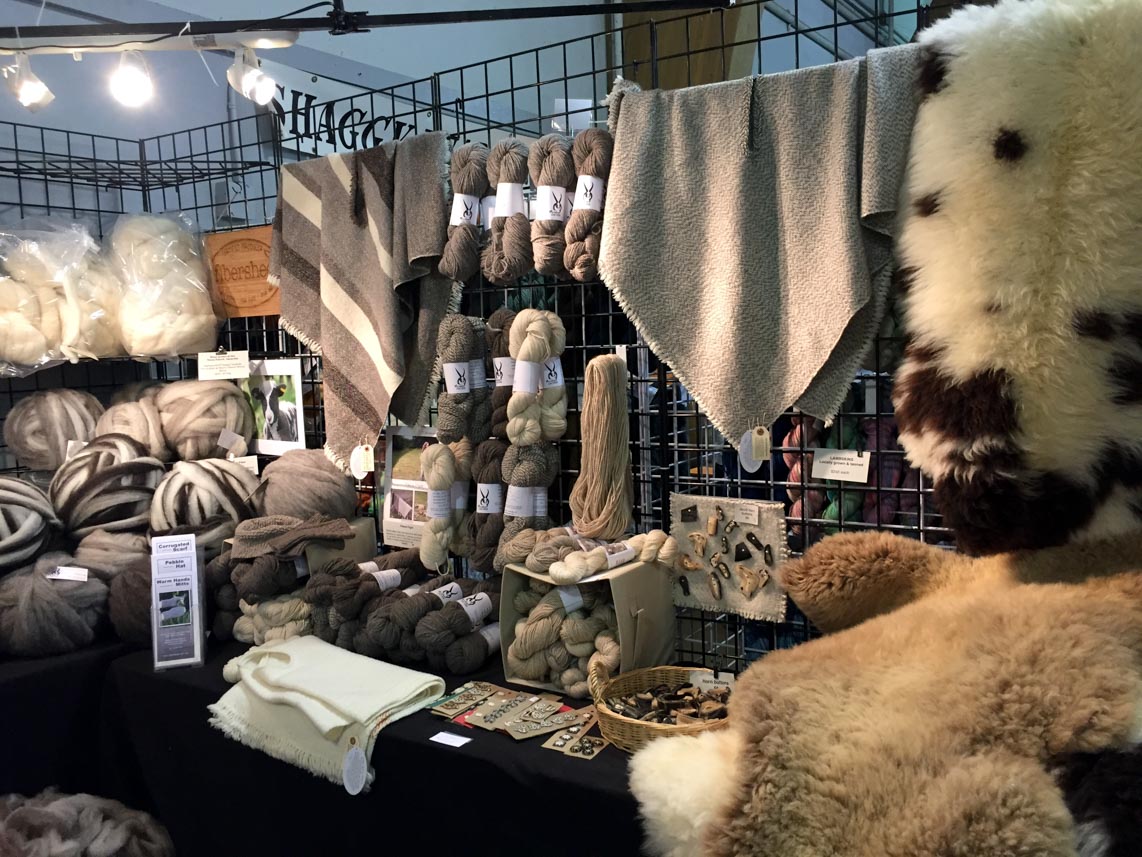 I brought my brand new lambskins (incredibly soft and fluffy), brand new handwoven ponchos, and
I brought my brand new lambskins (incredibly soft and fluffy), brand new handwoven ponchos, and 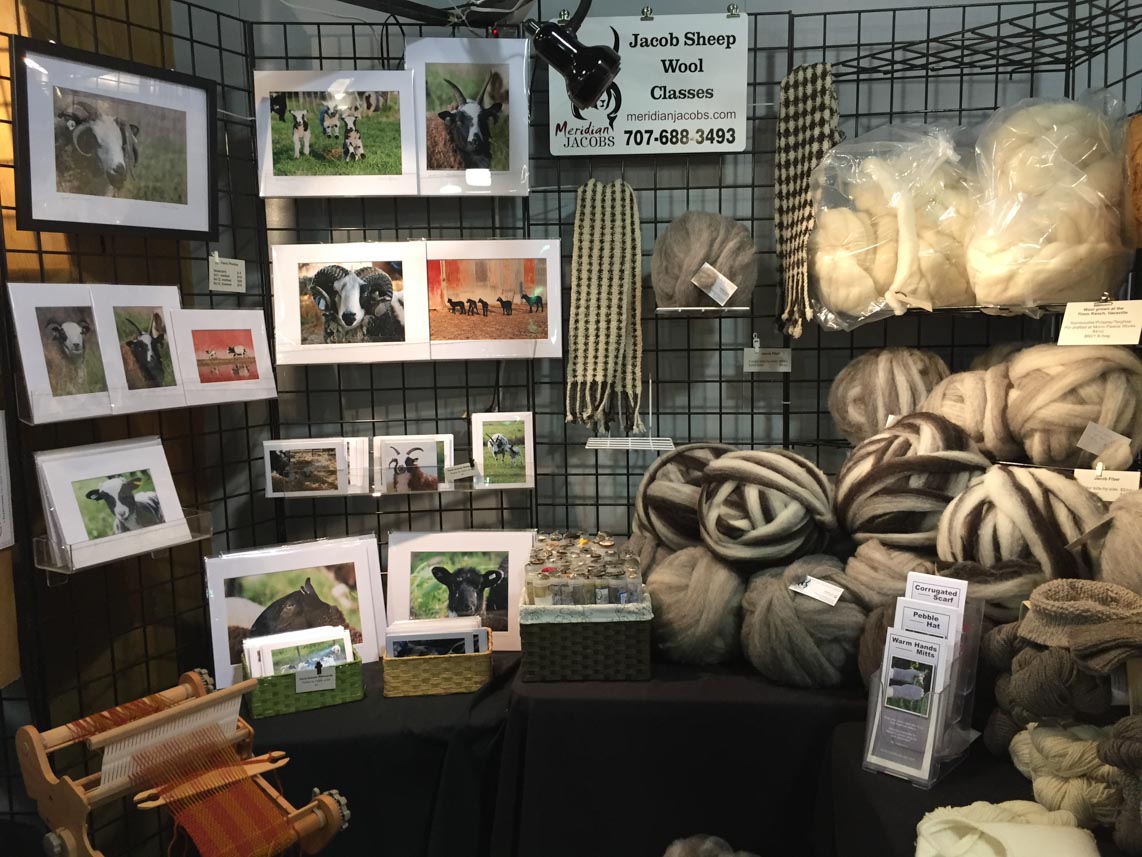 I brought my new farm photos in 2 sizes and as notecards. There were also my new calendars. (As I'm writing this I realize that there are a lot of new things to get listed on the website.) I also brought rigid heddle looms and weaving equipment.
I brought my new farm photos in 2 sizes and as notecards. There were also my new calendars. (As I'm writing this I realize that there are a lot of new things to get listed on the website.) I also brought rigid heddle looms and weaving equipment.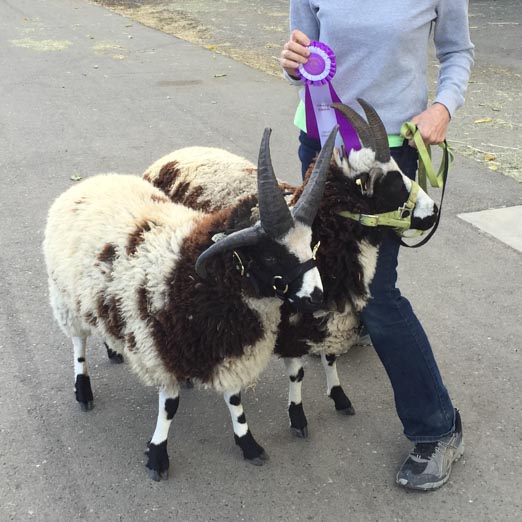
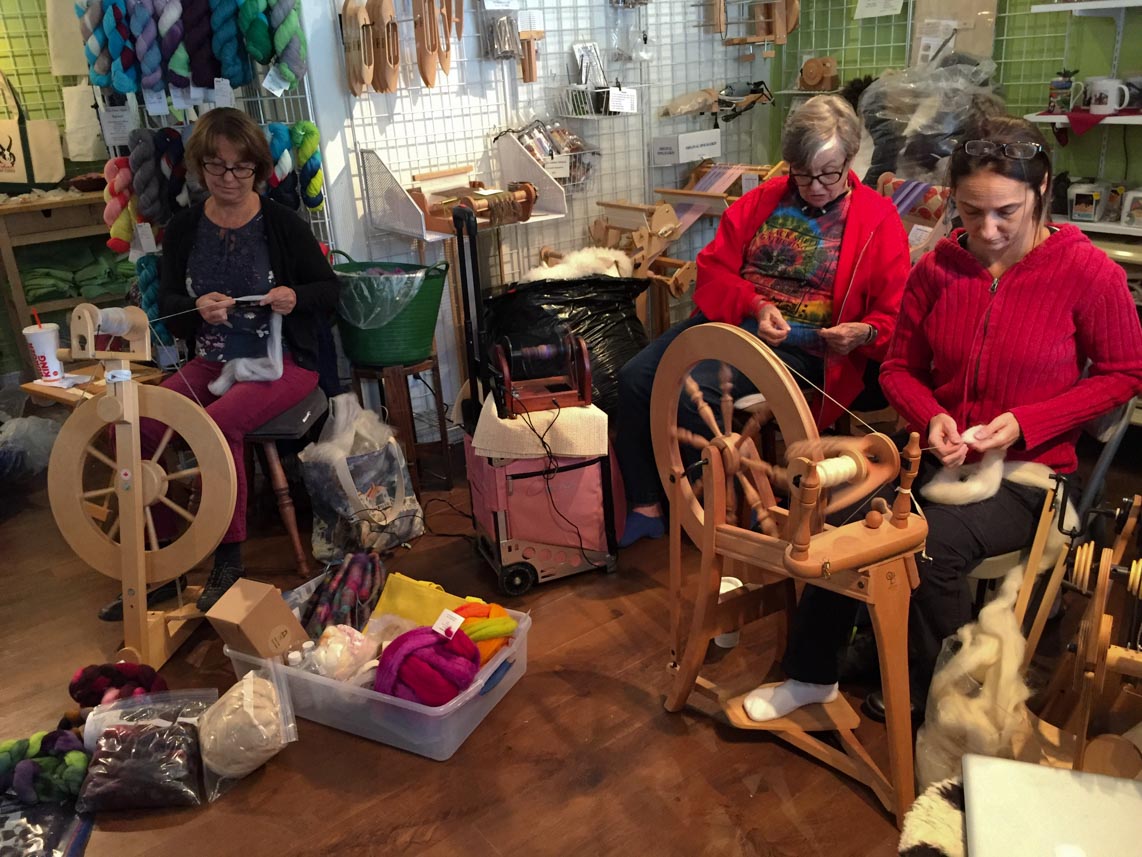 Not all of our spinners are local, but some who are showed up here Monday morning.
Not all of our spinners are local, but some who are showed up here Monday morning.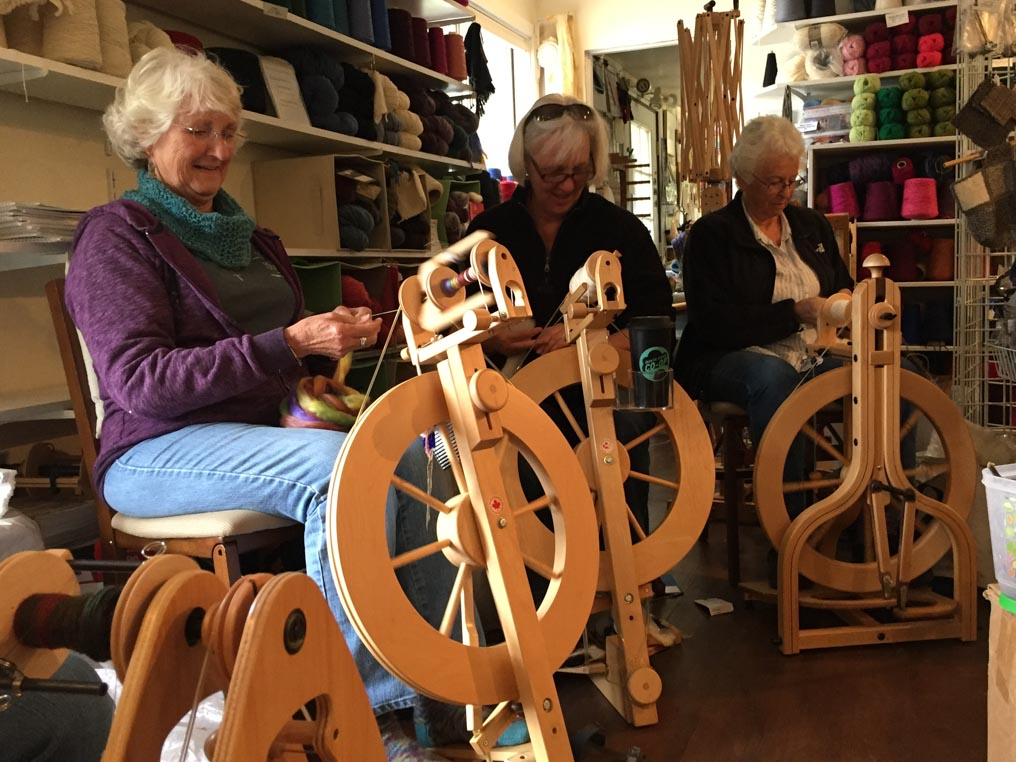
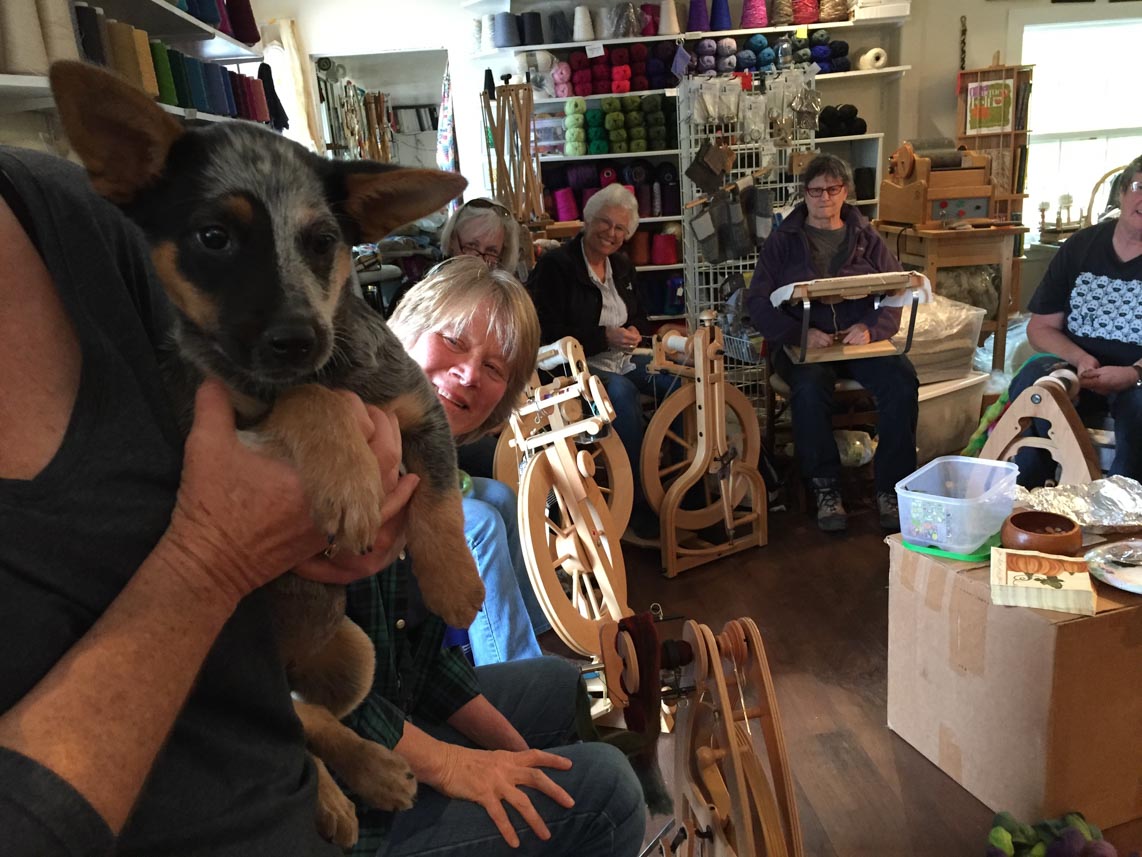 We had to take a puppy break at one point when my sister-in-law visited with her new 2-month old Queensland heeler.
We had to take a puppy break at one point when my sister-in-law visited with her new 2-month old Queensland heeler.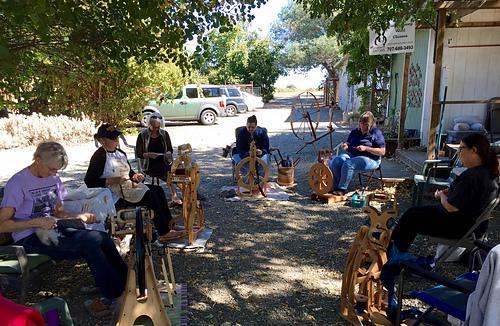
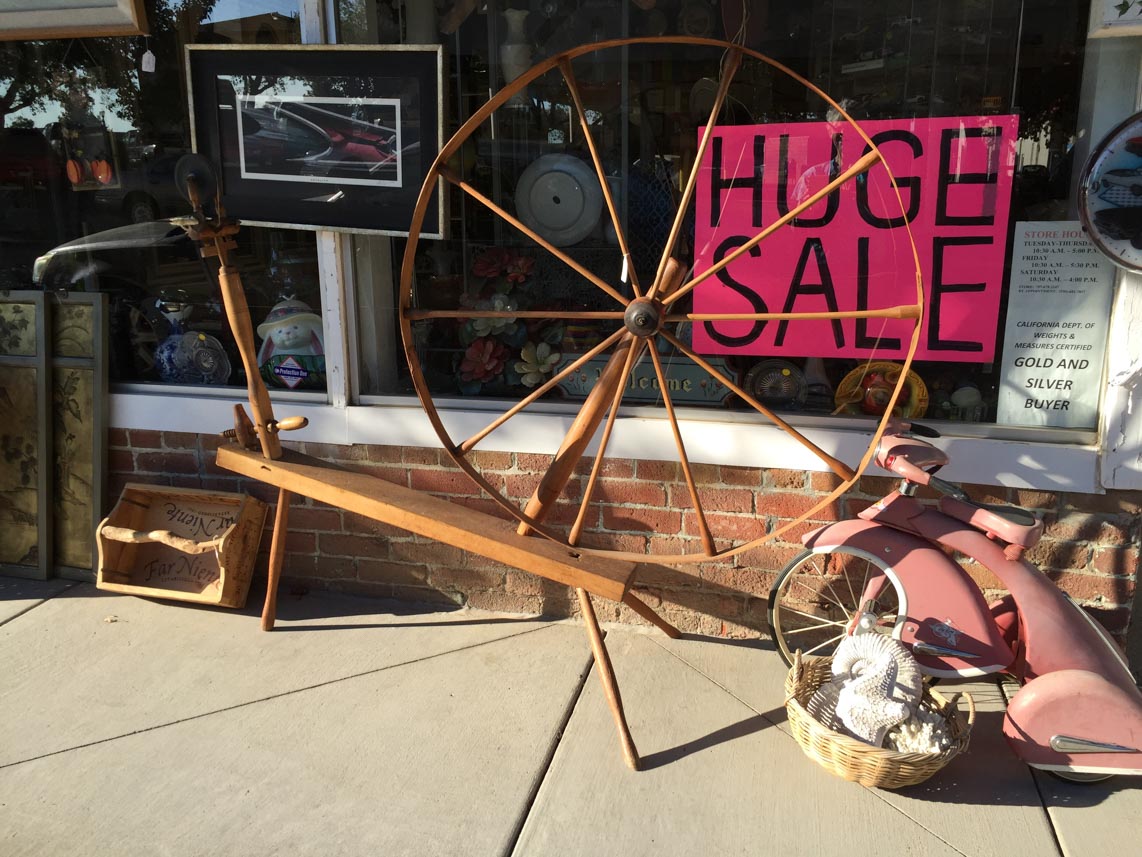
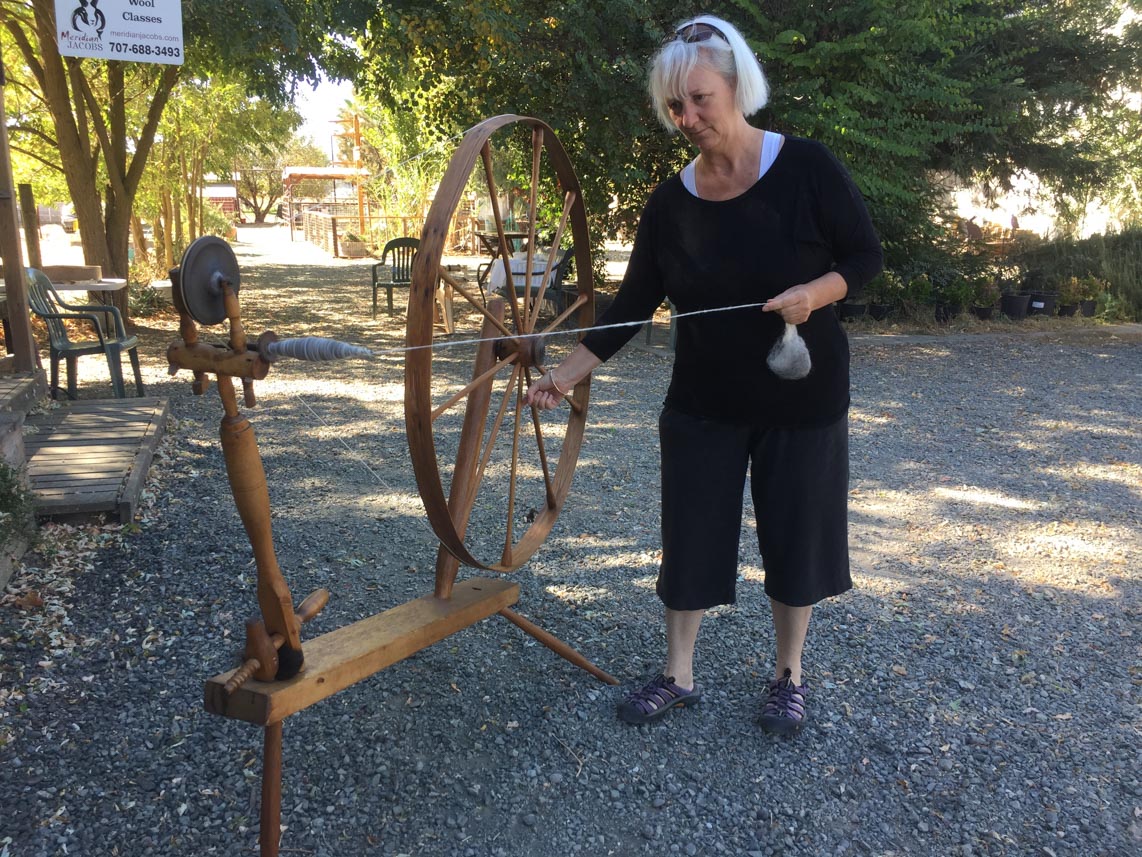








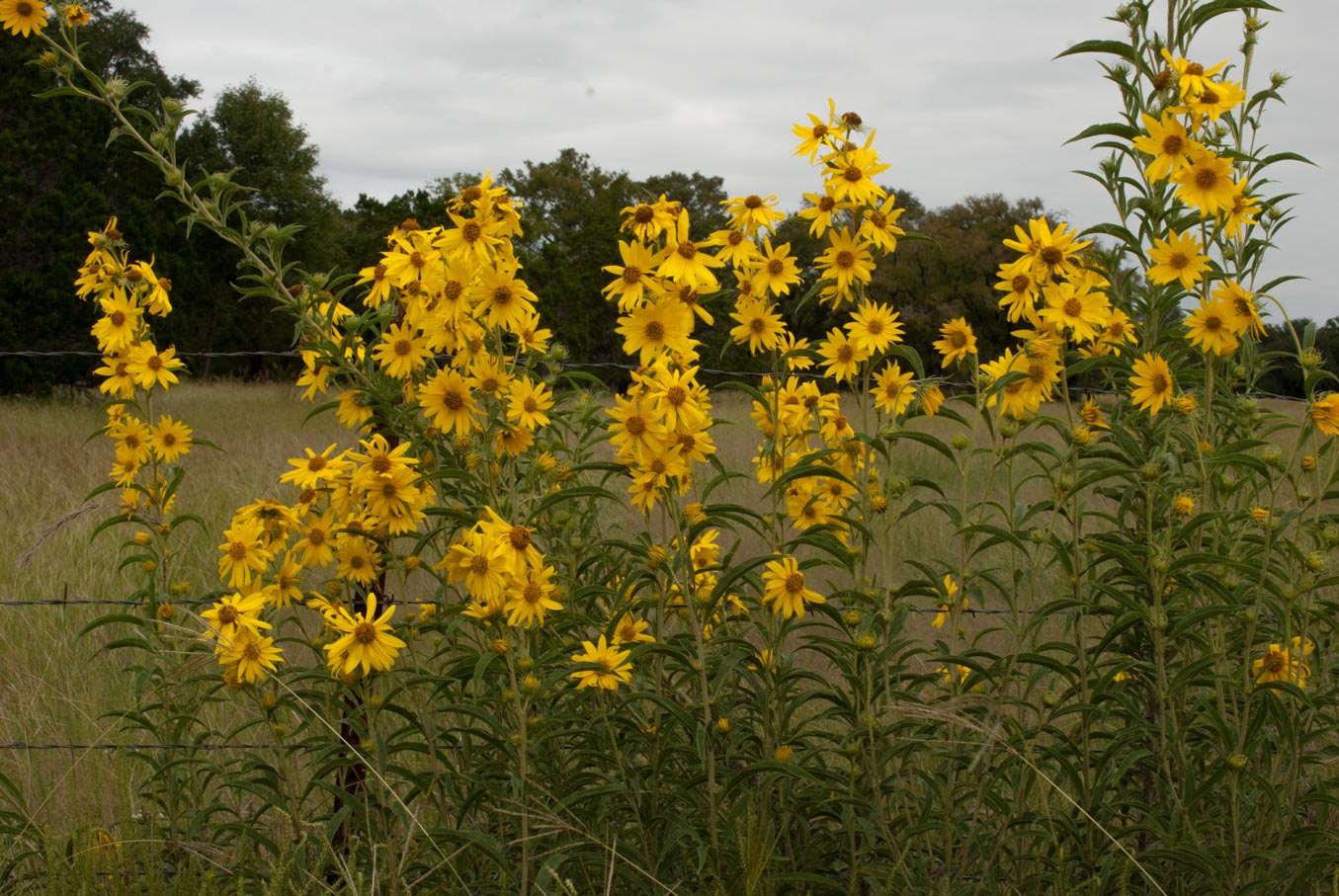
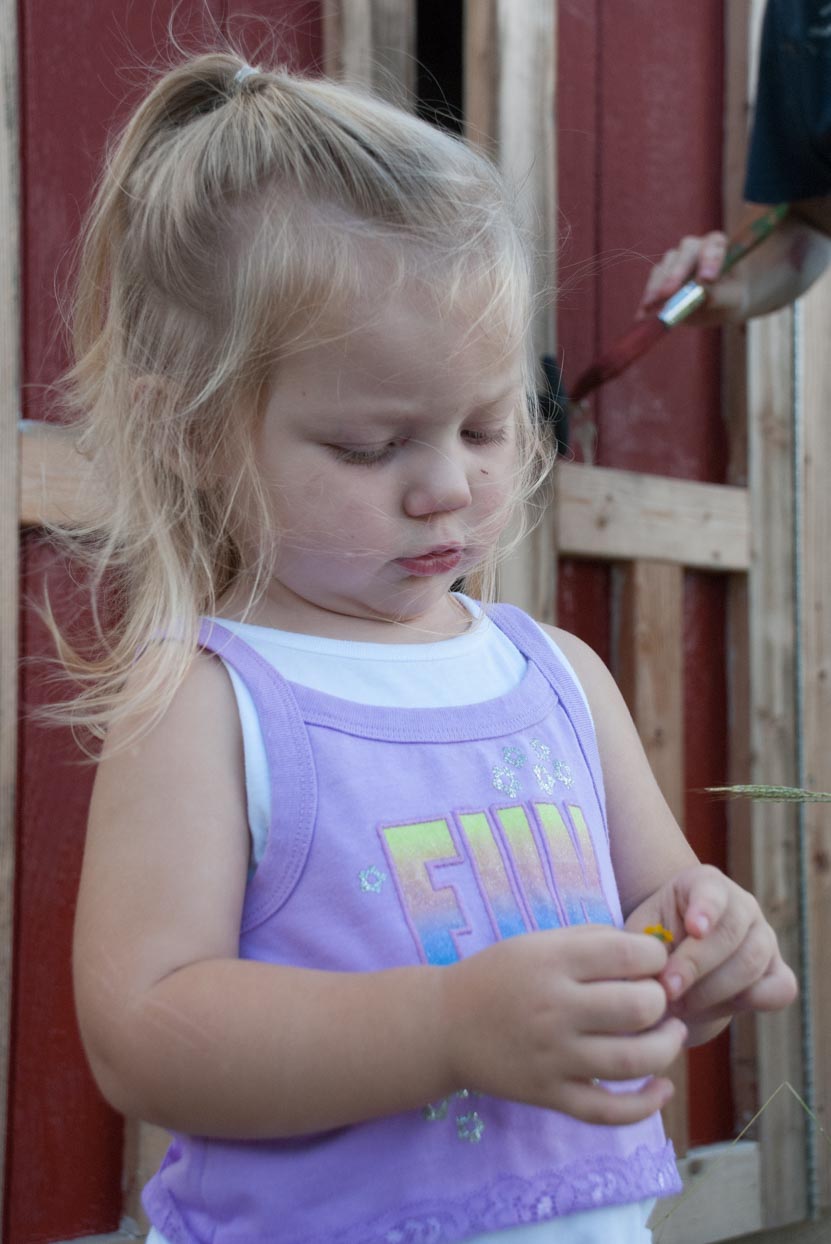
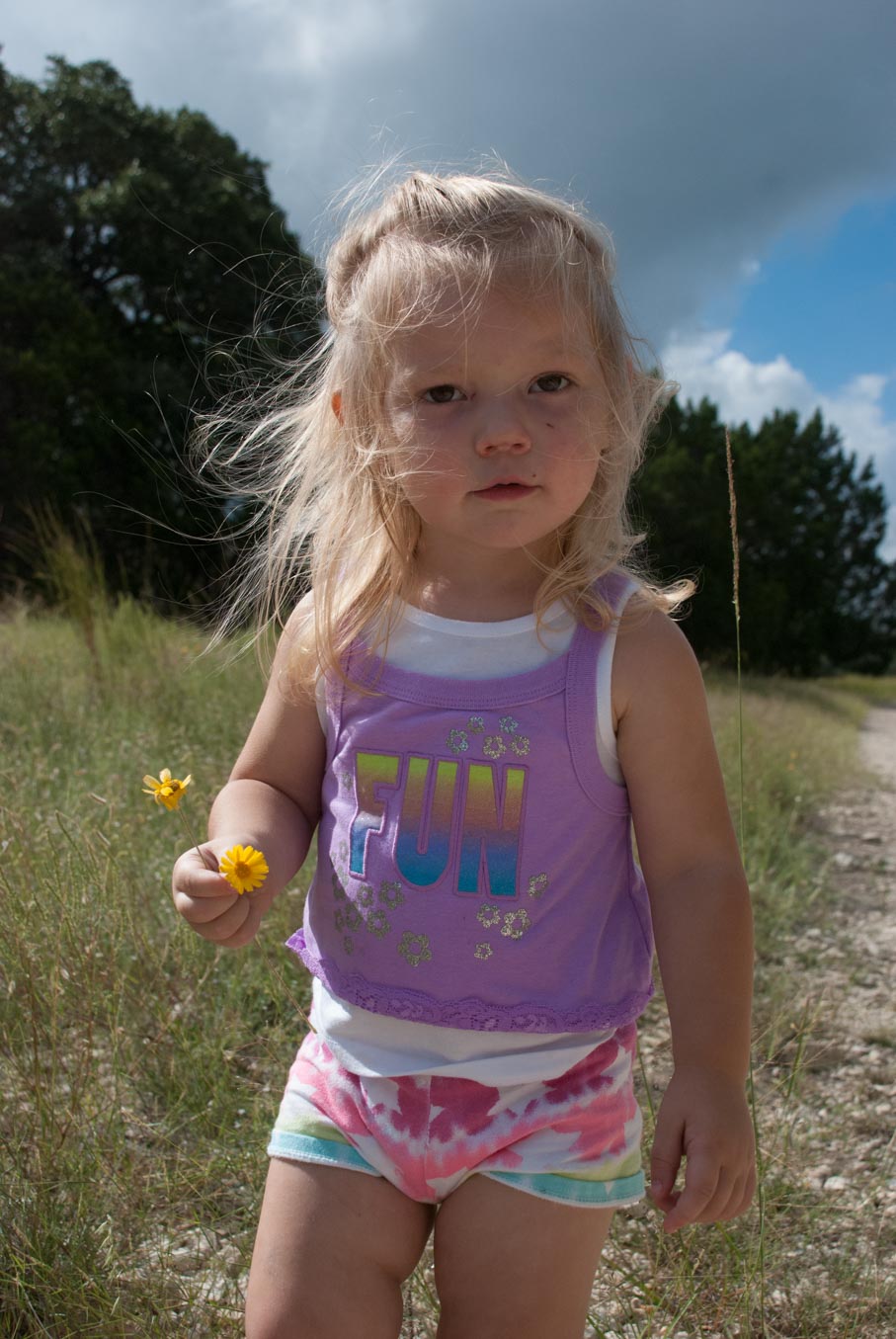
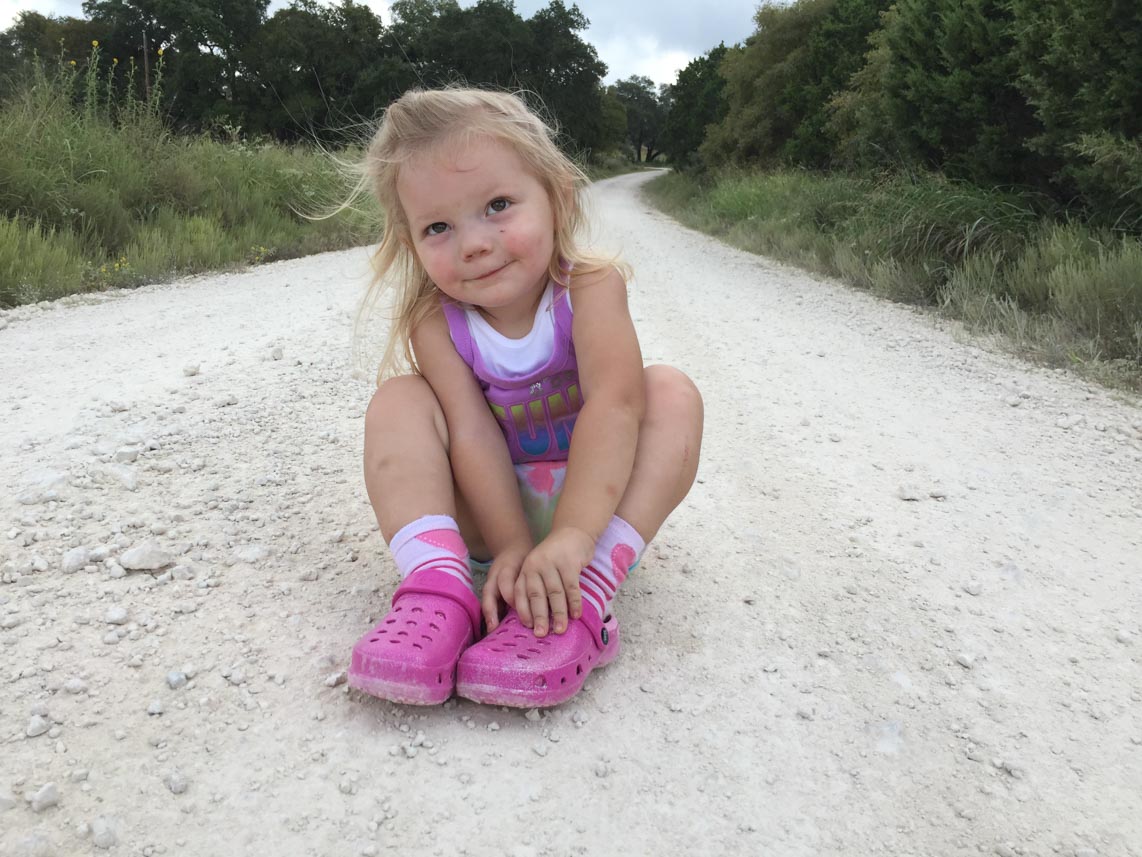
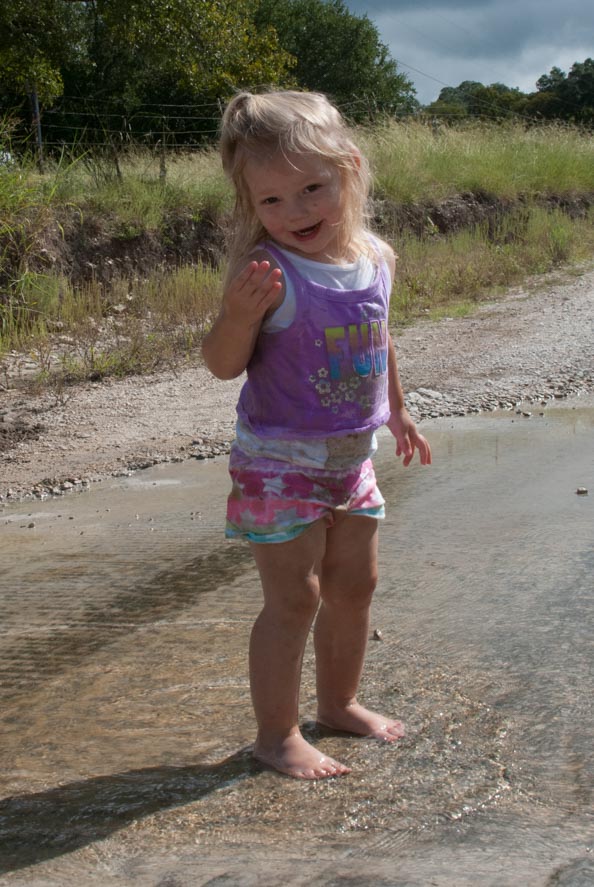
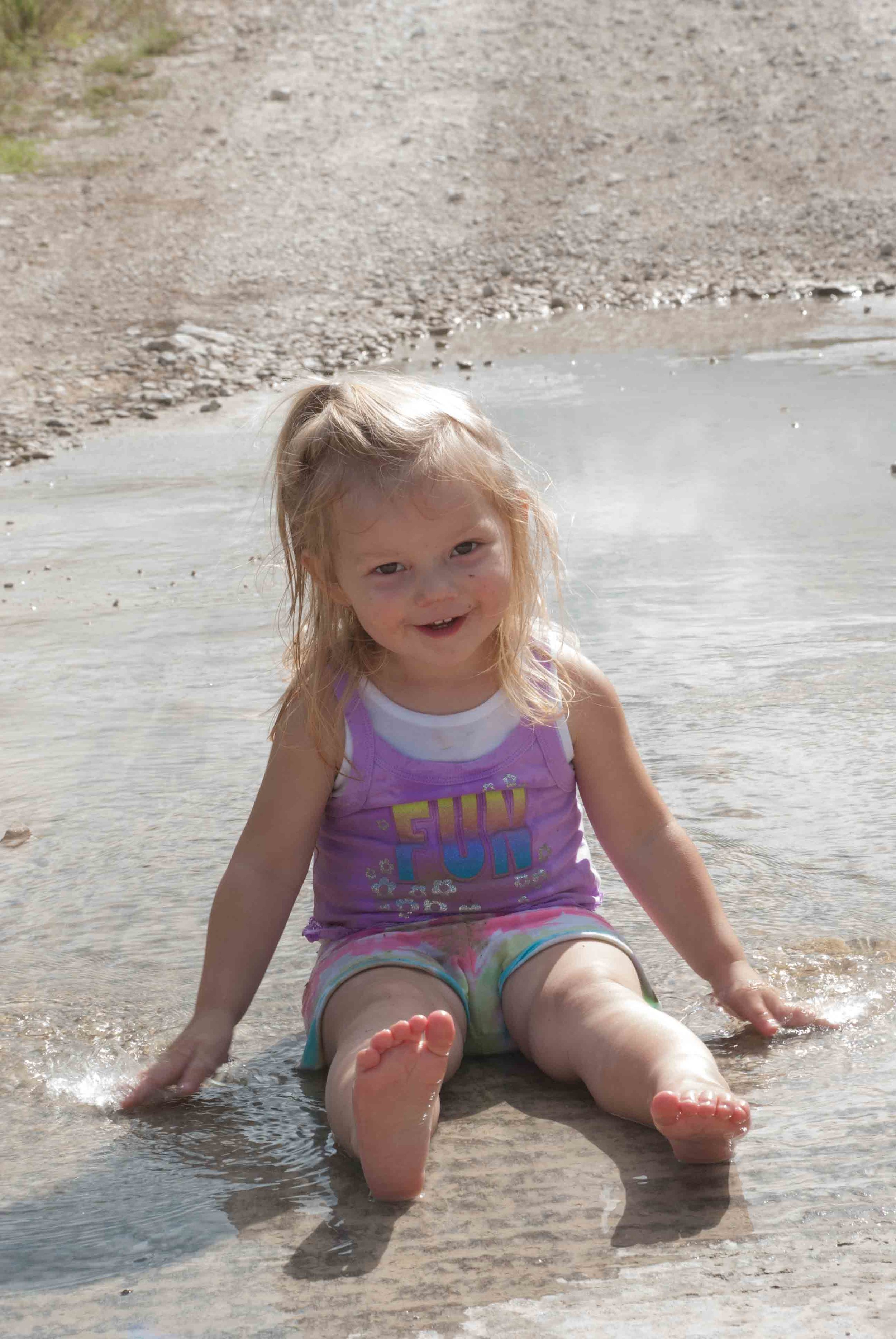
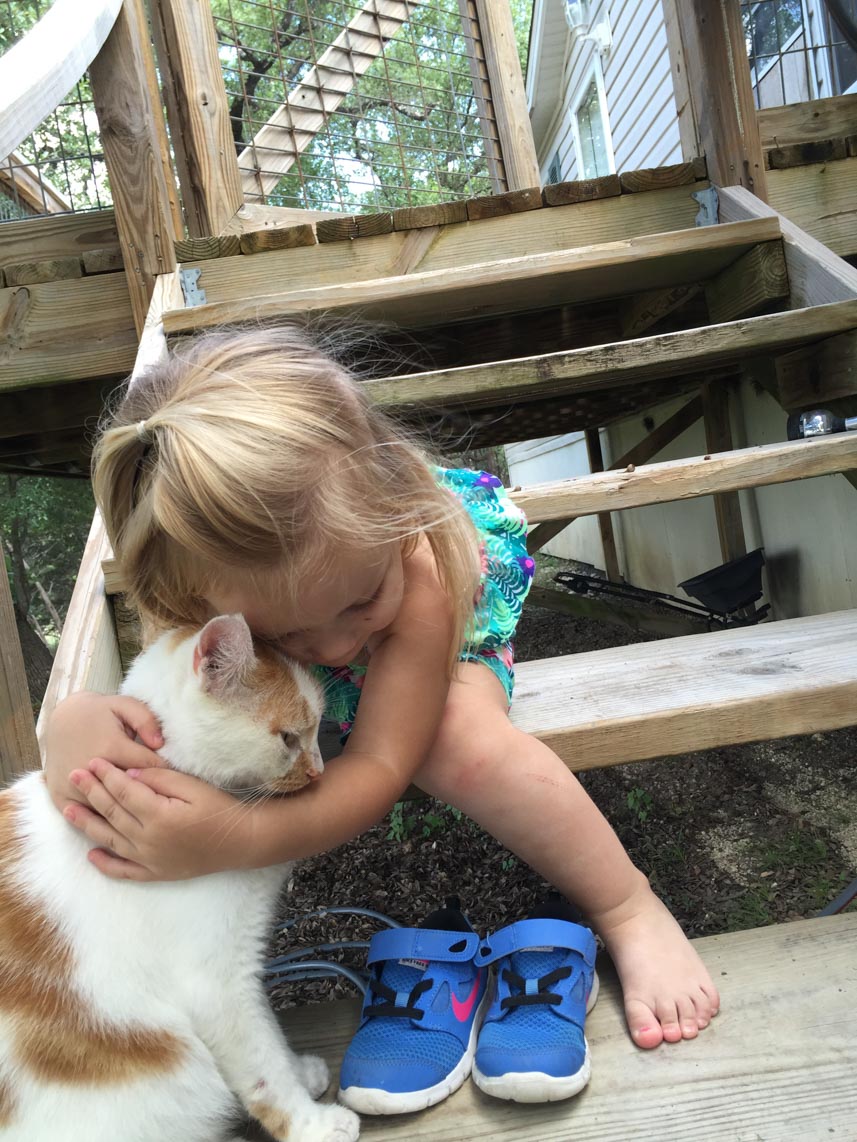
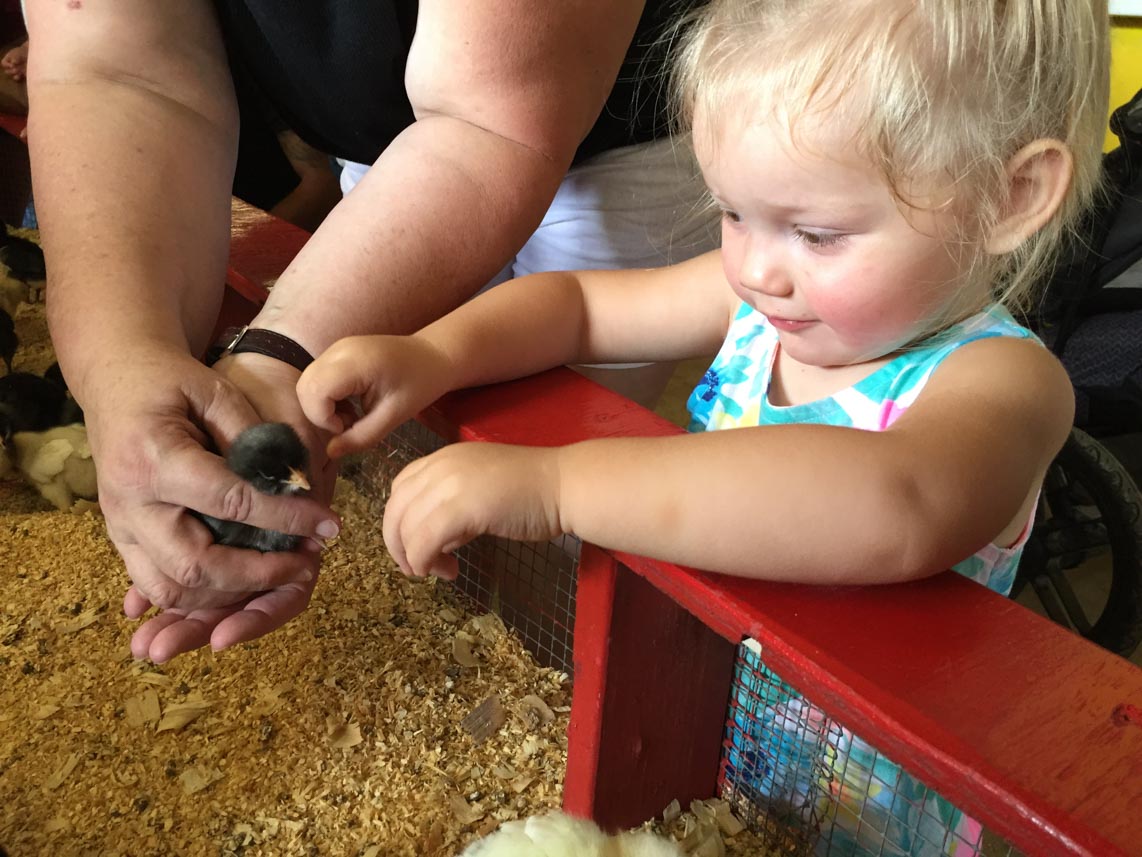
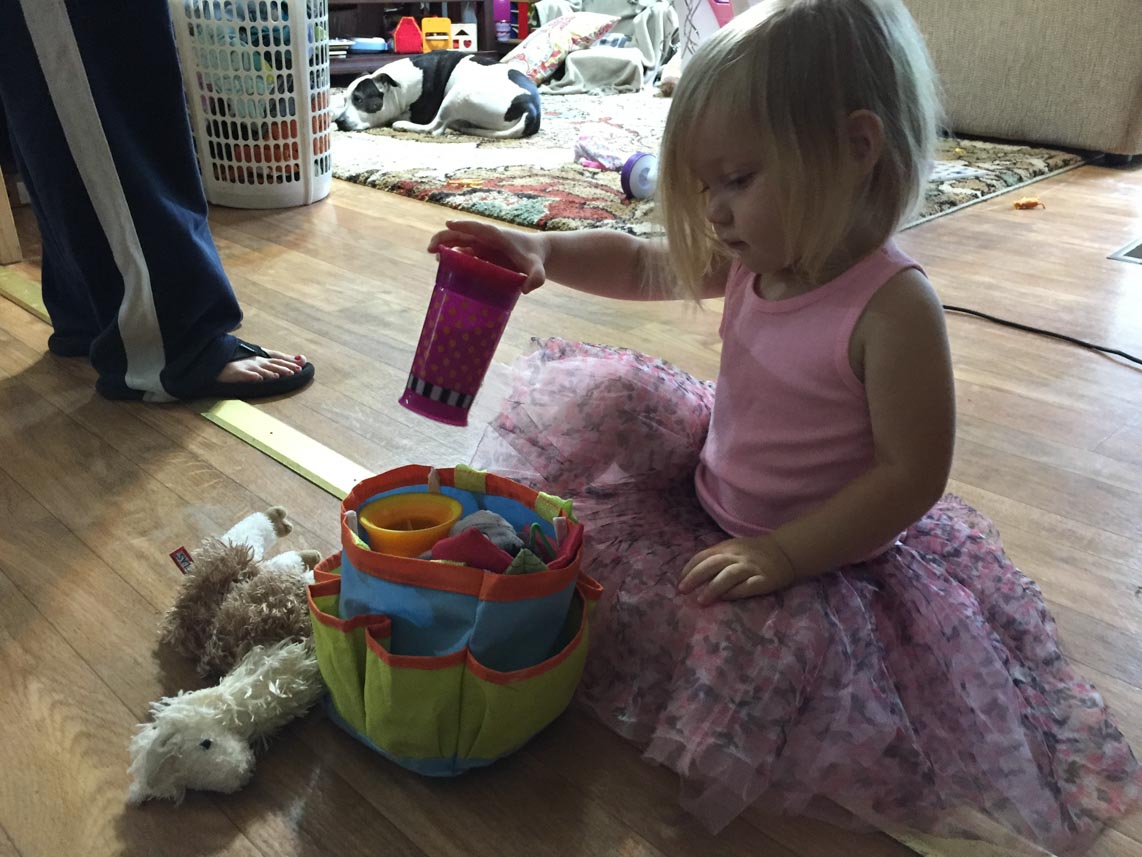
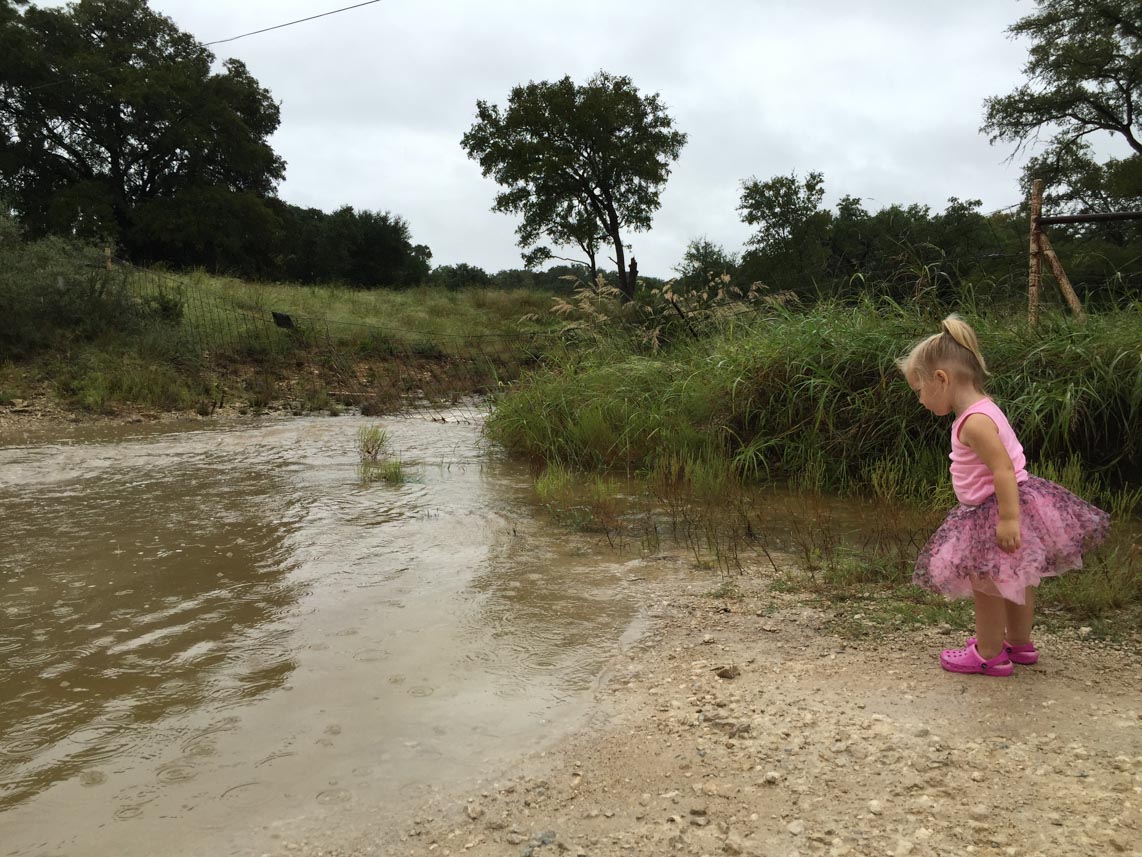
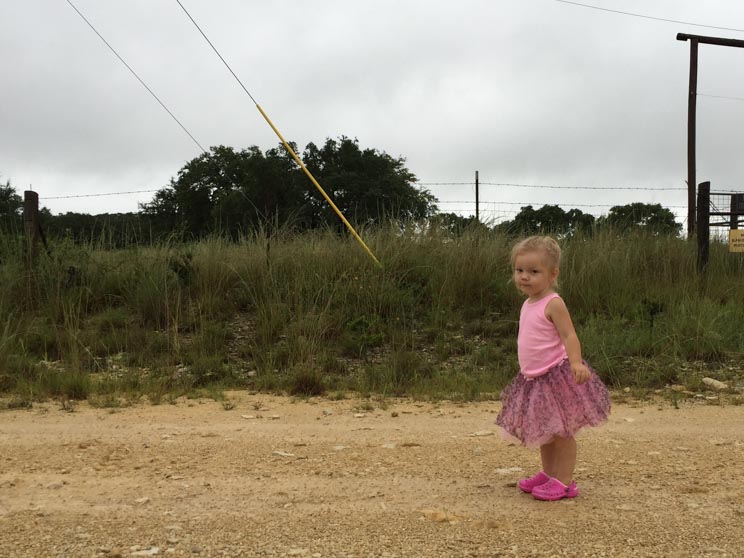
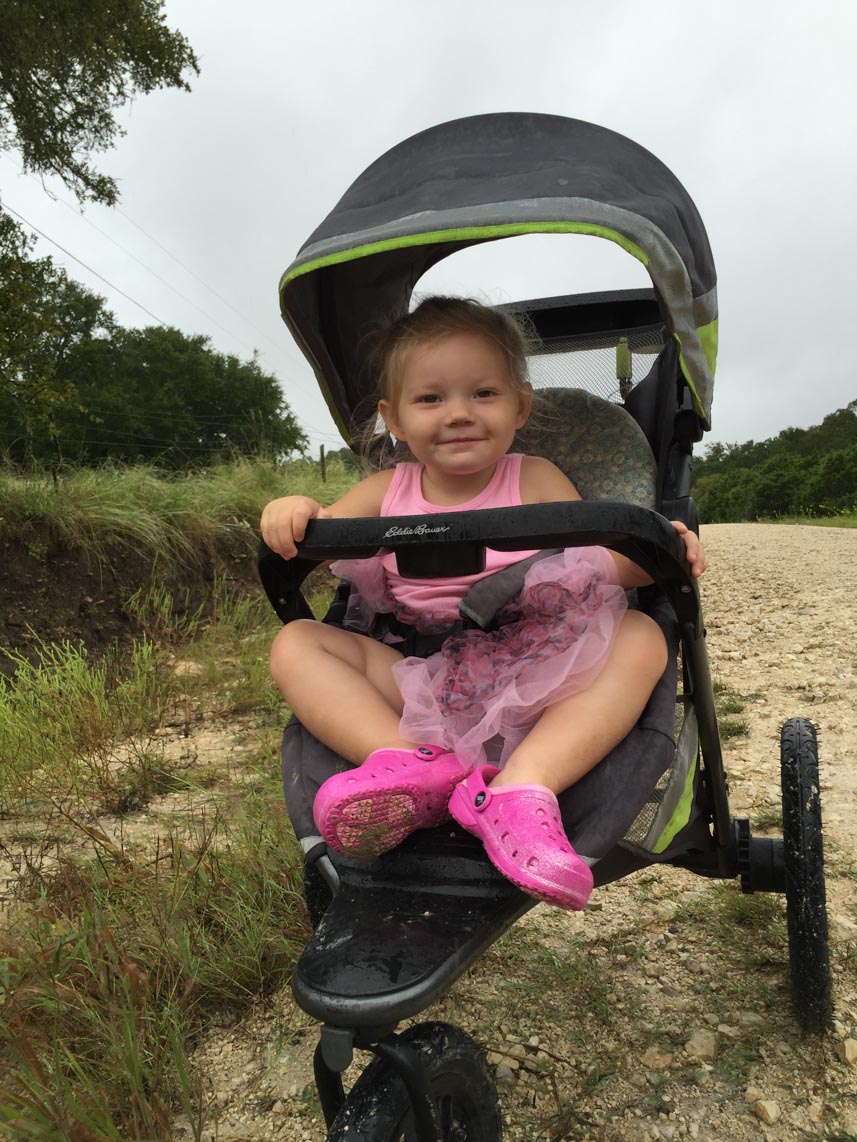








































 There were plenty more milkweed plants that were teeming with life. That's the Common Buckeye Butterfly and the Alfalfa Butterfly (see my
There were plenty more milkweed plants that were teeming with life. That's the Common Buckeye Butterfly and the Alfalfa Butterfly (see my 
 I identified this one in
I identified this one in 


